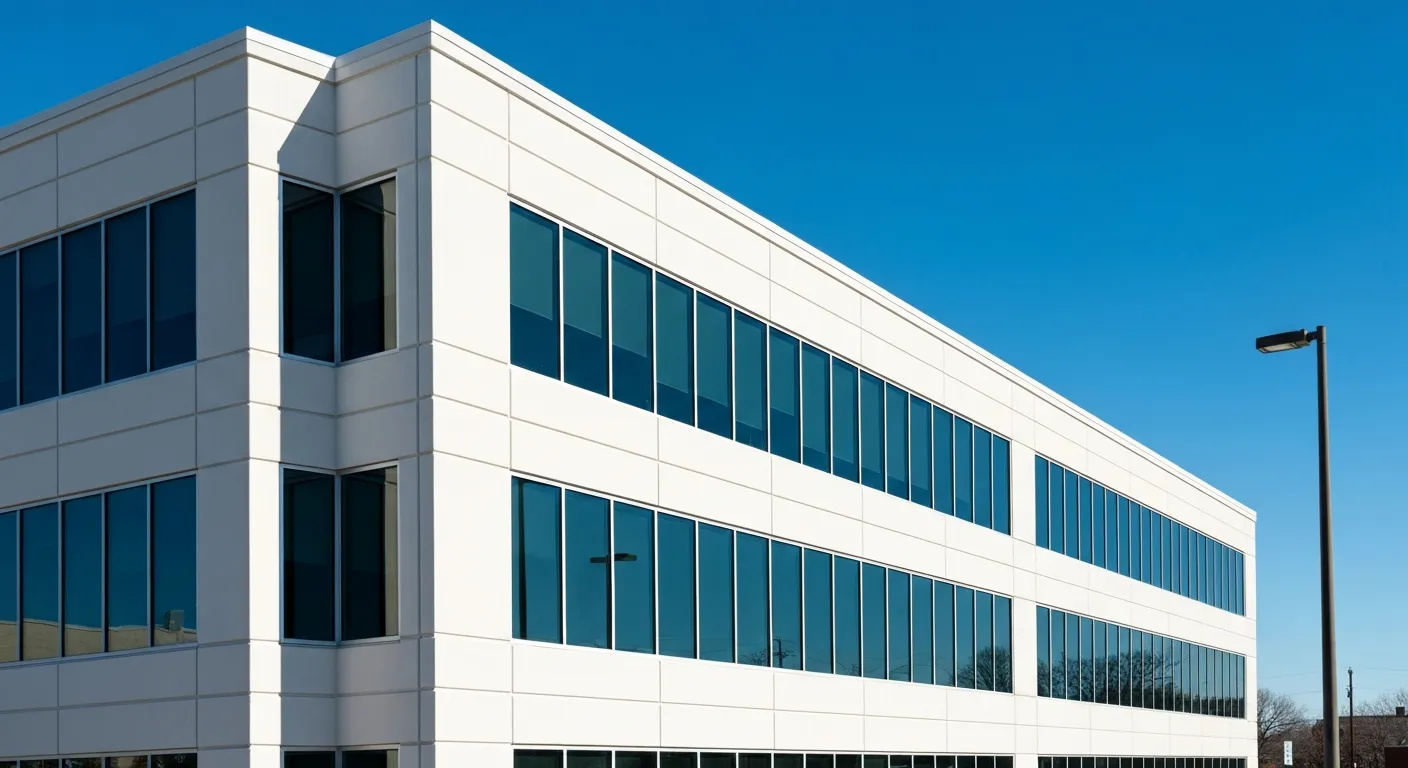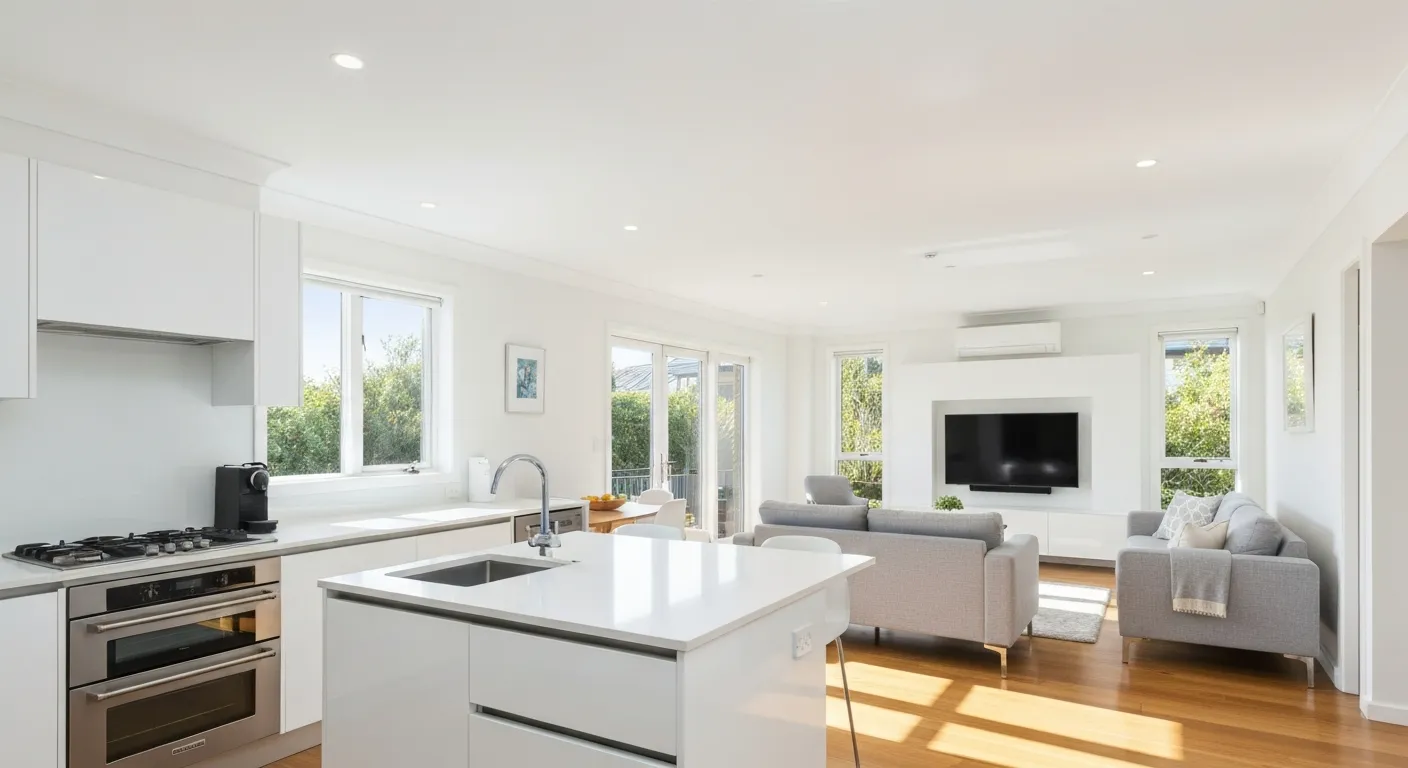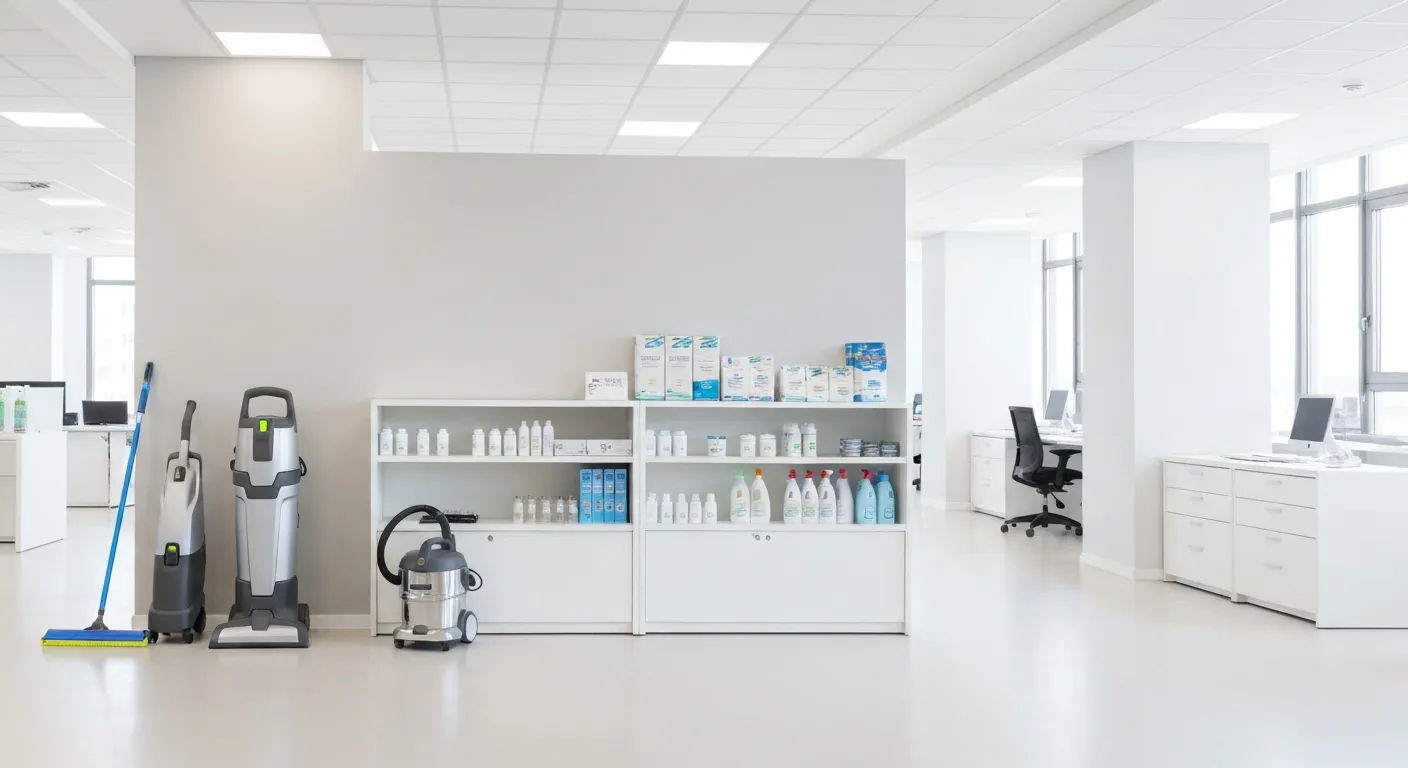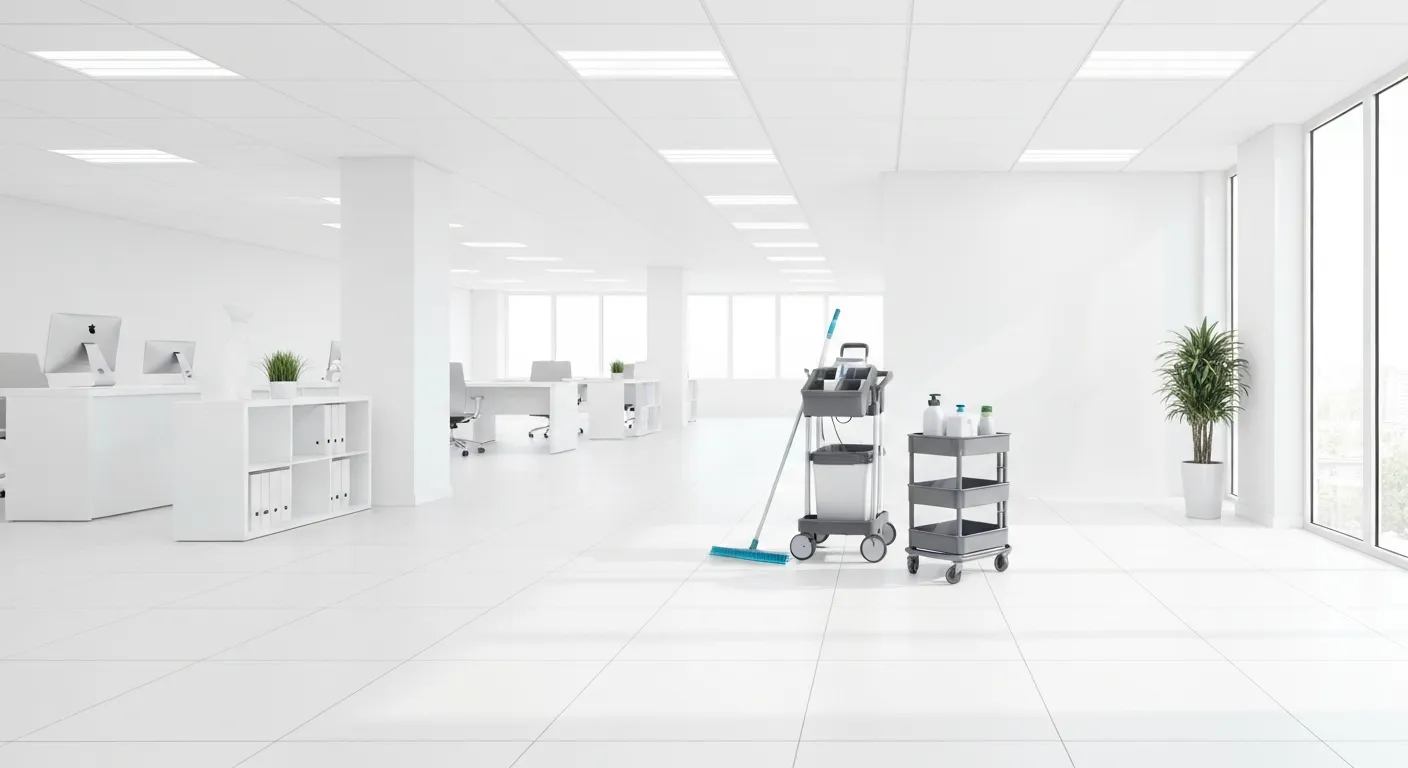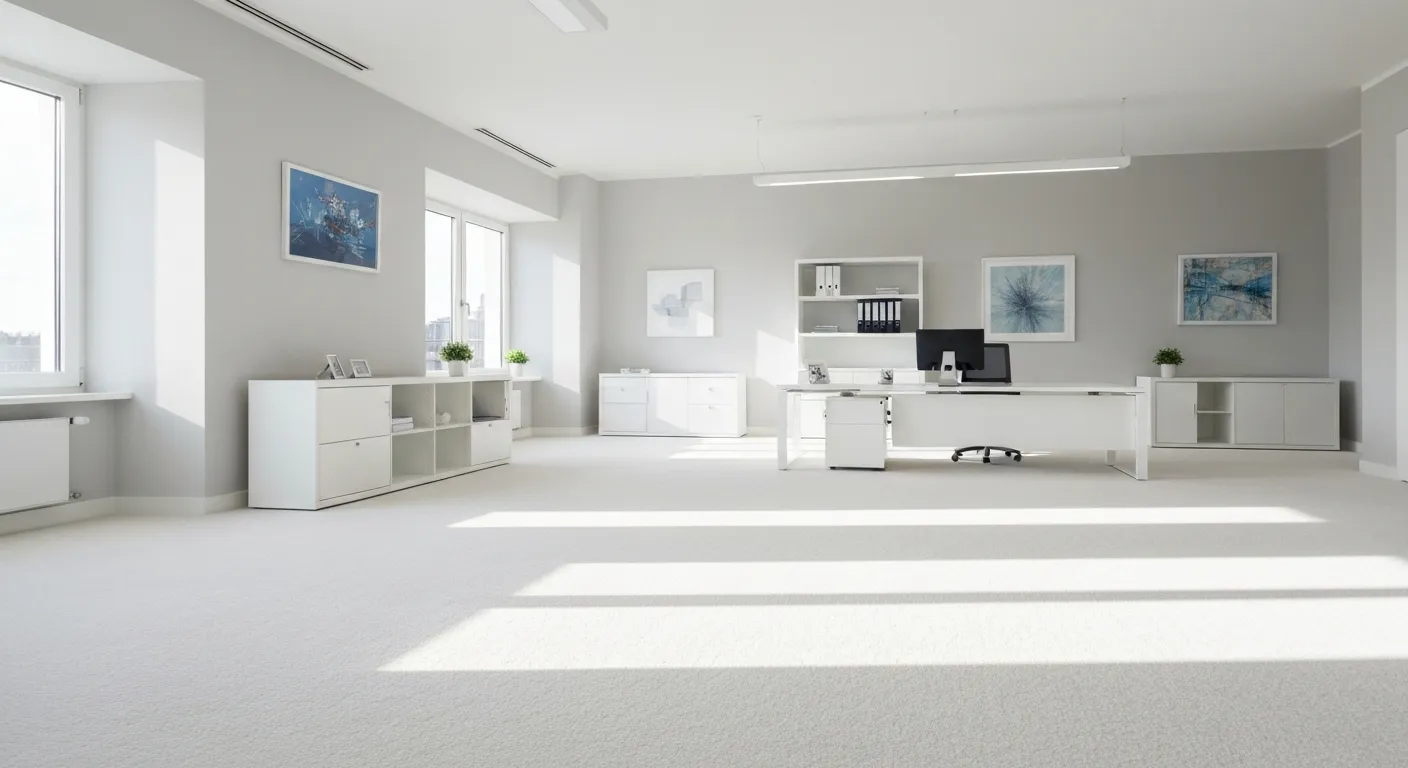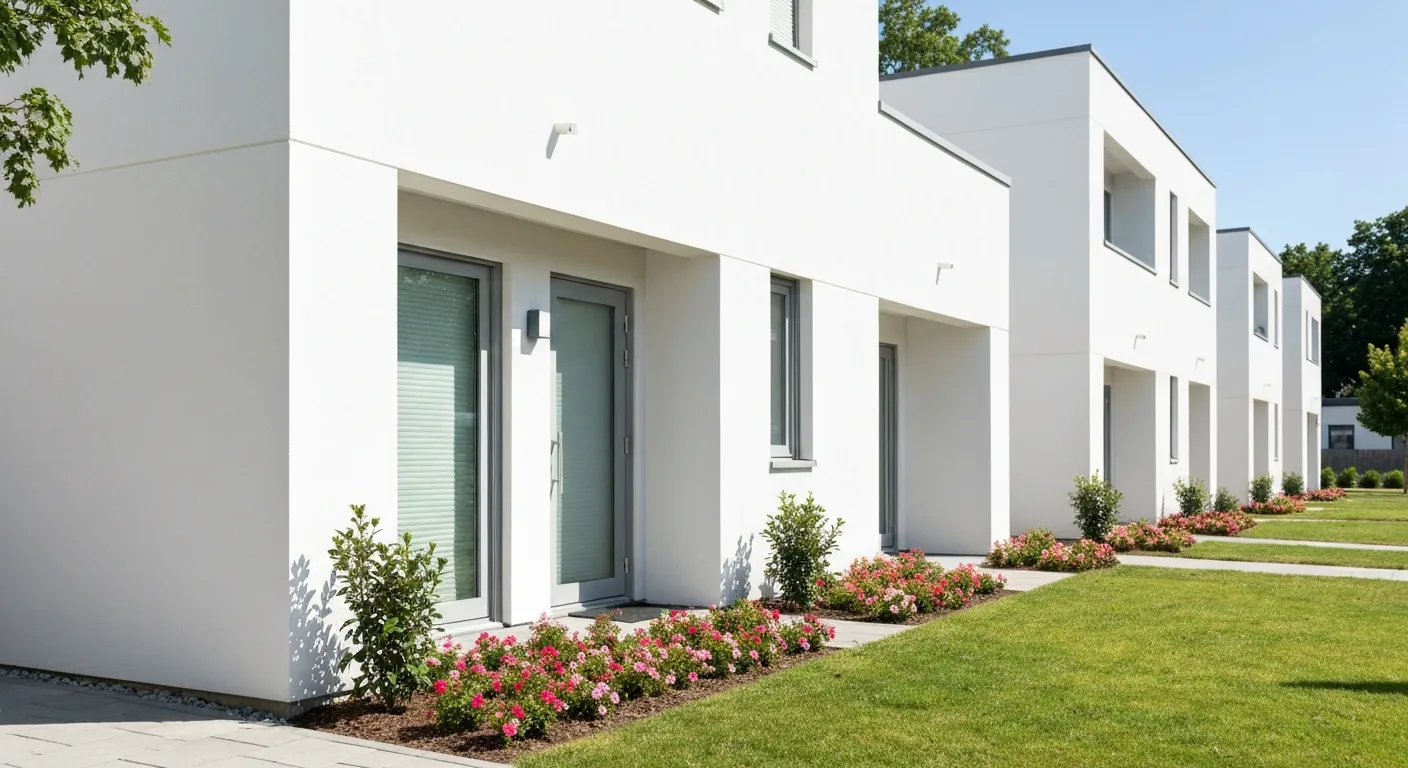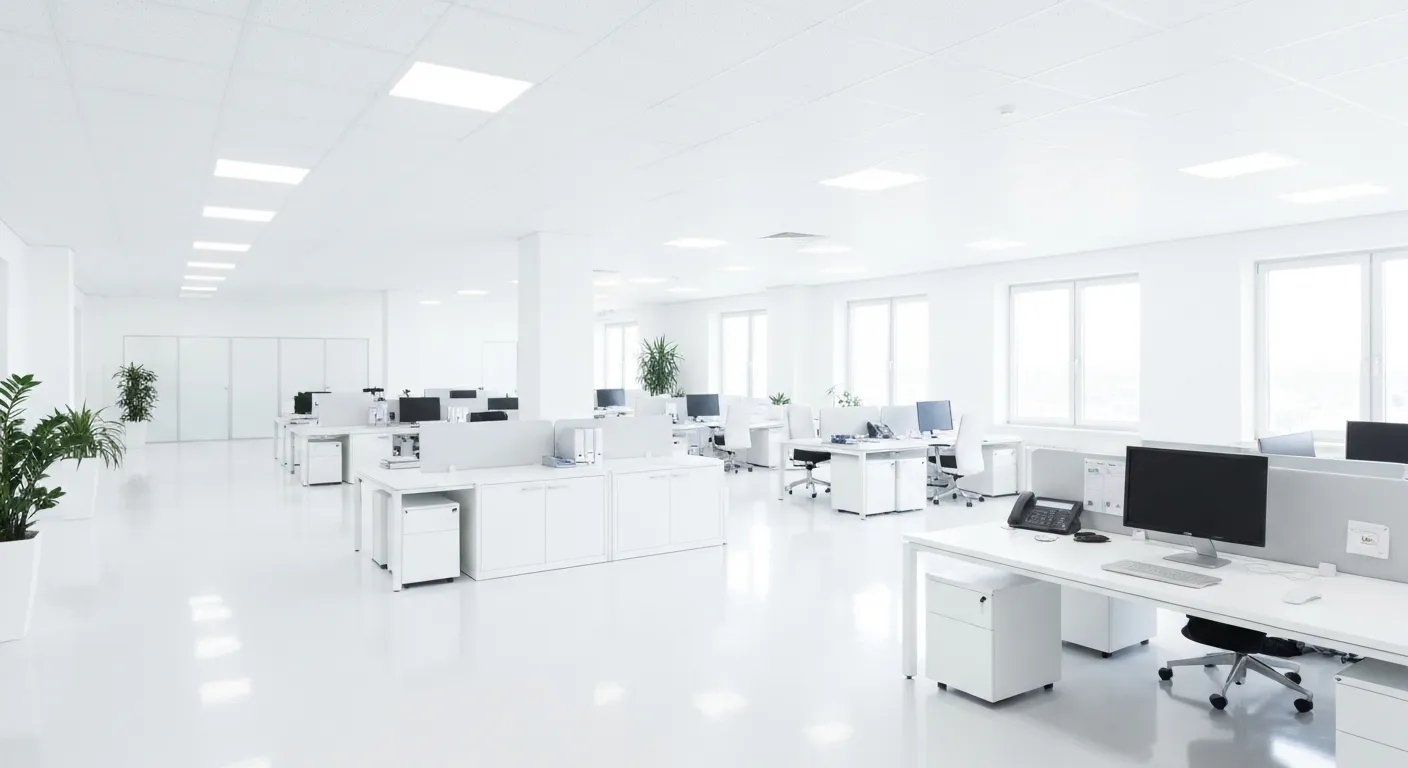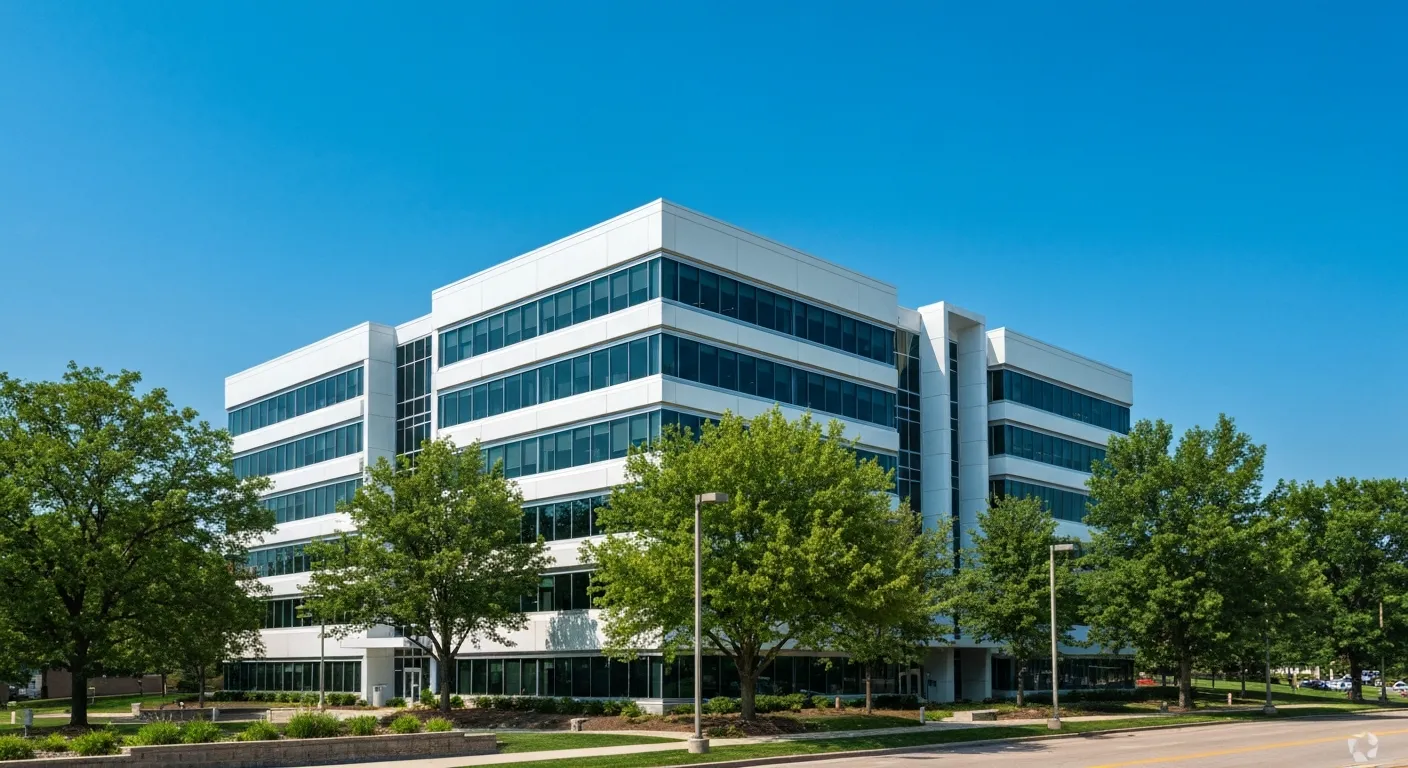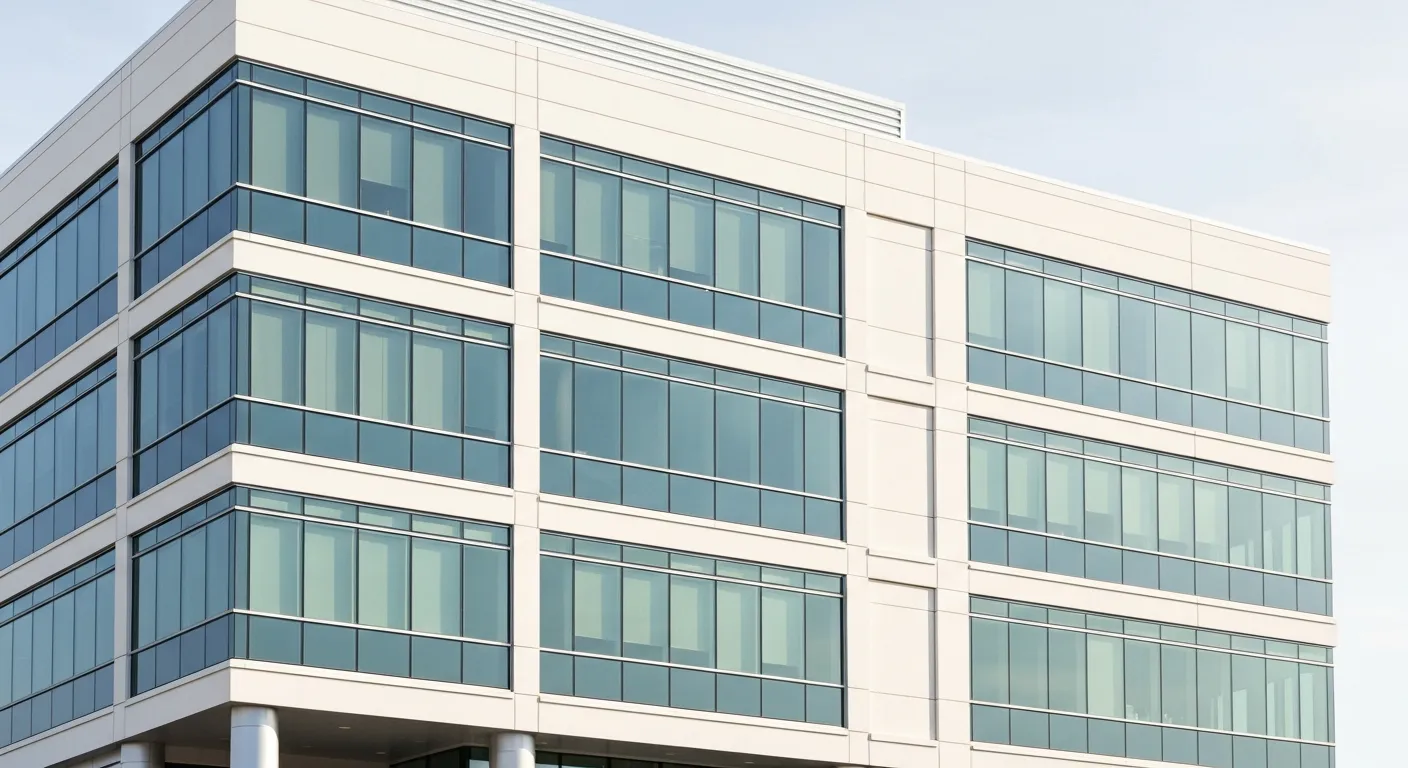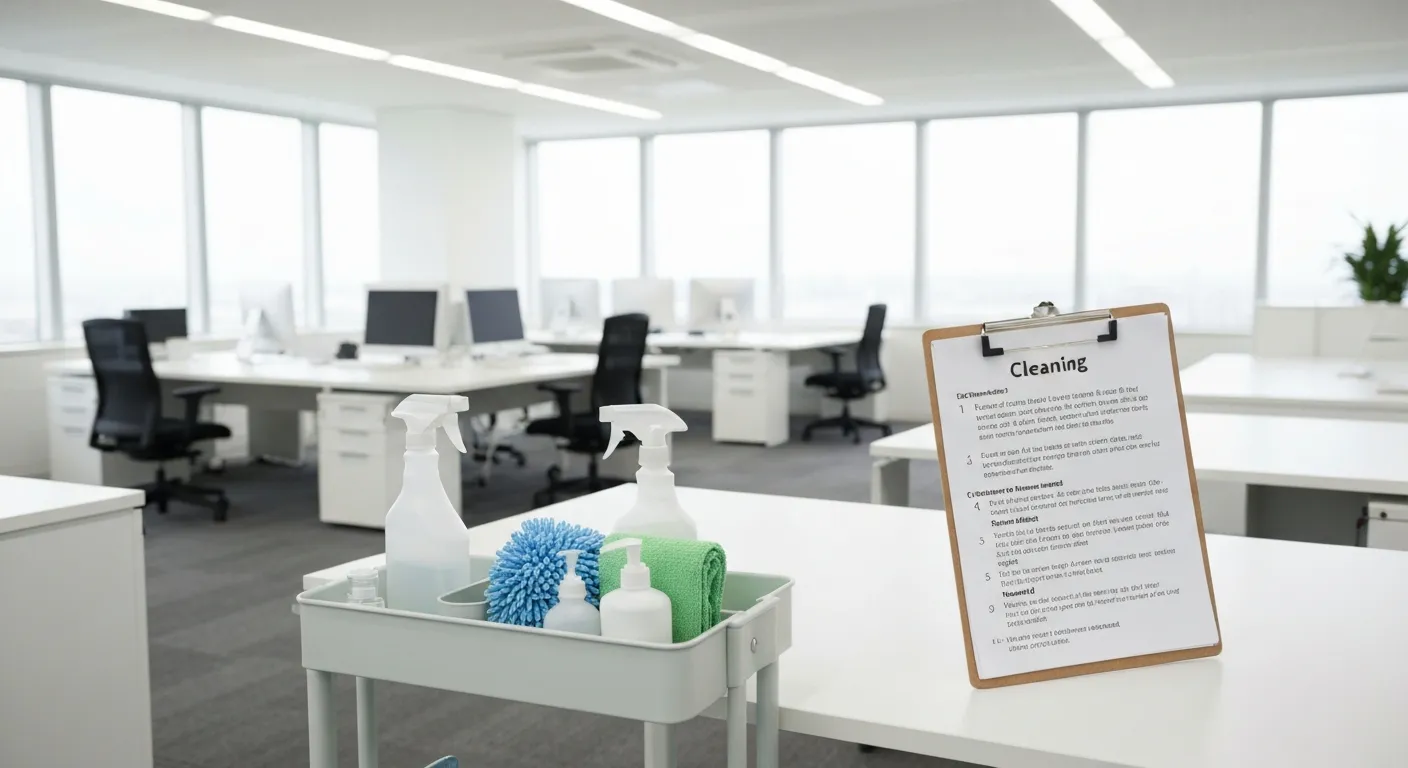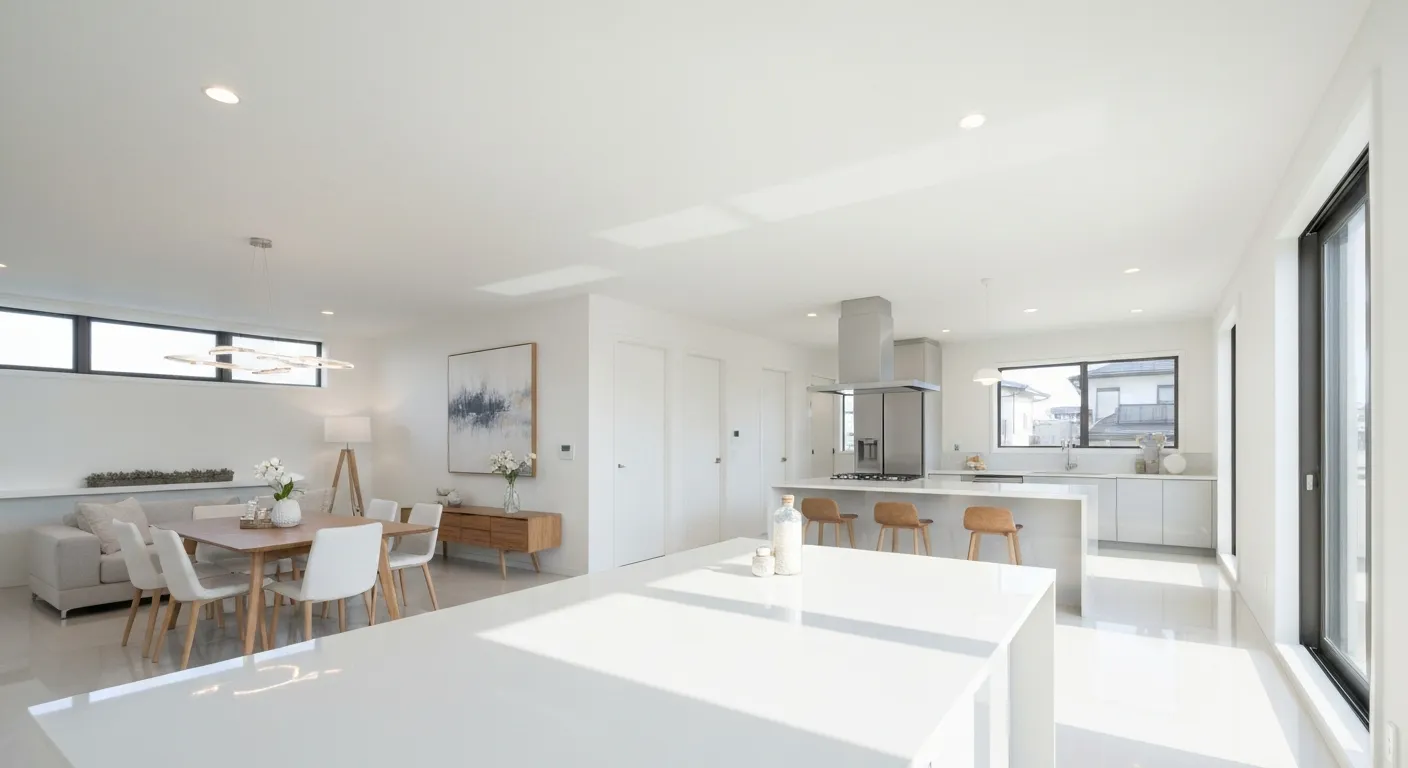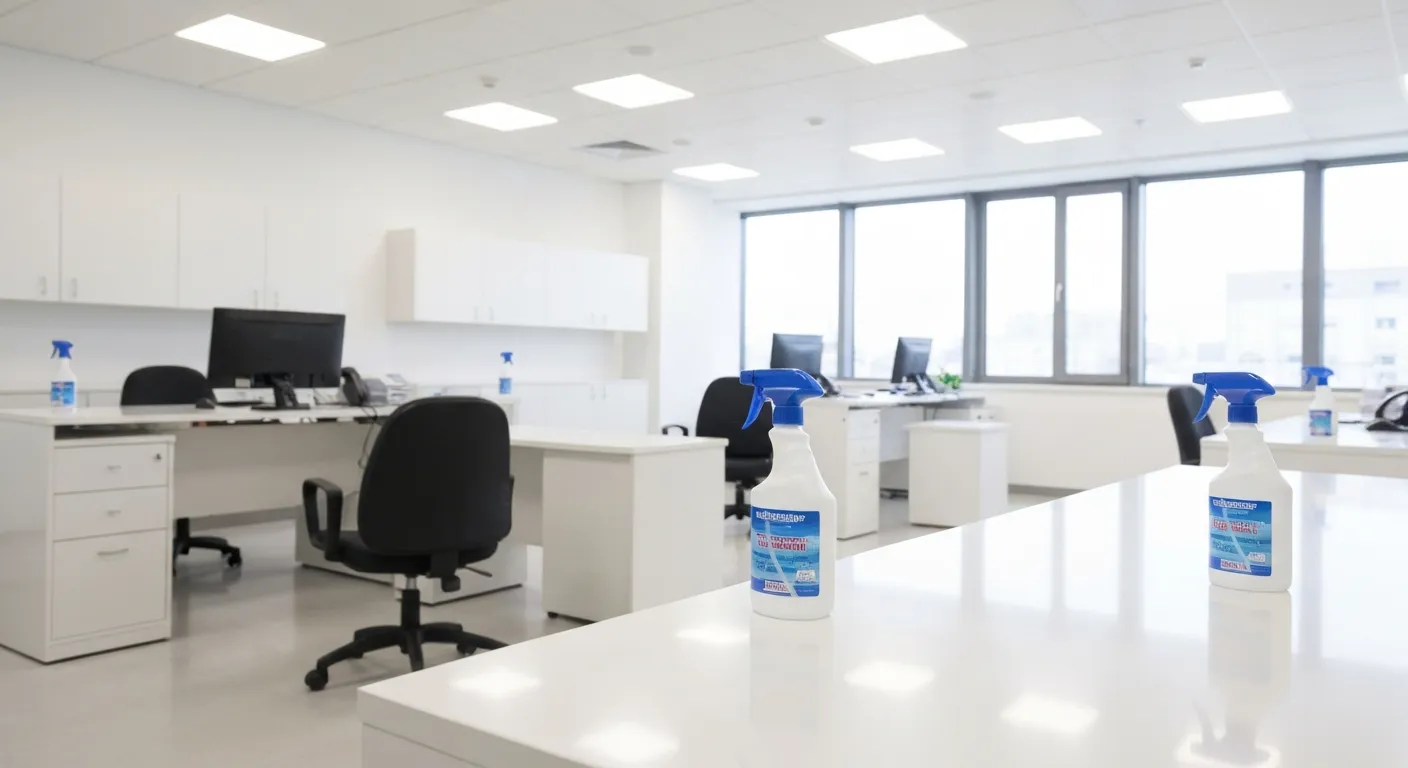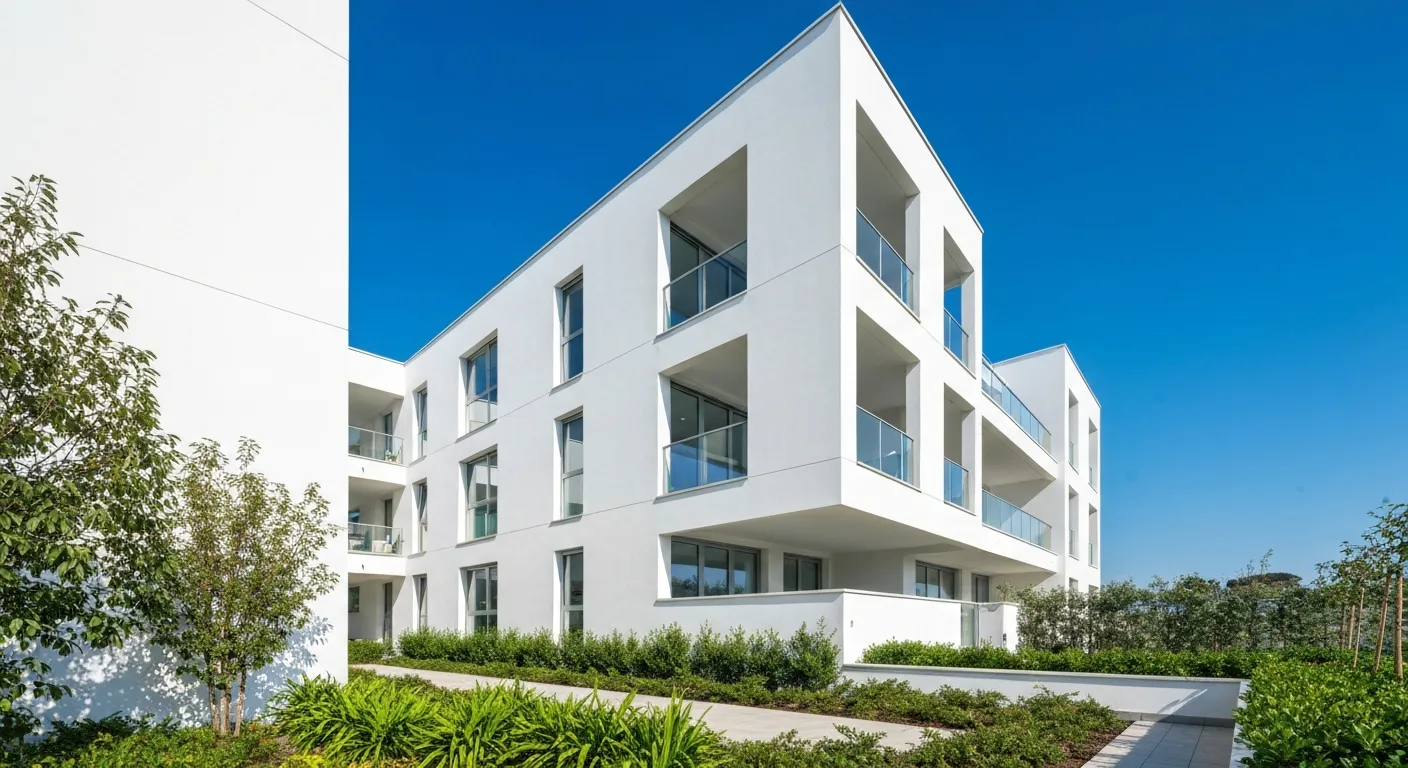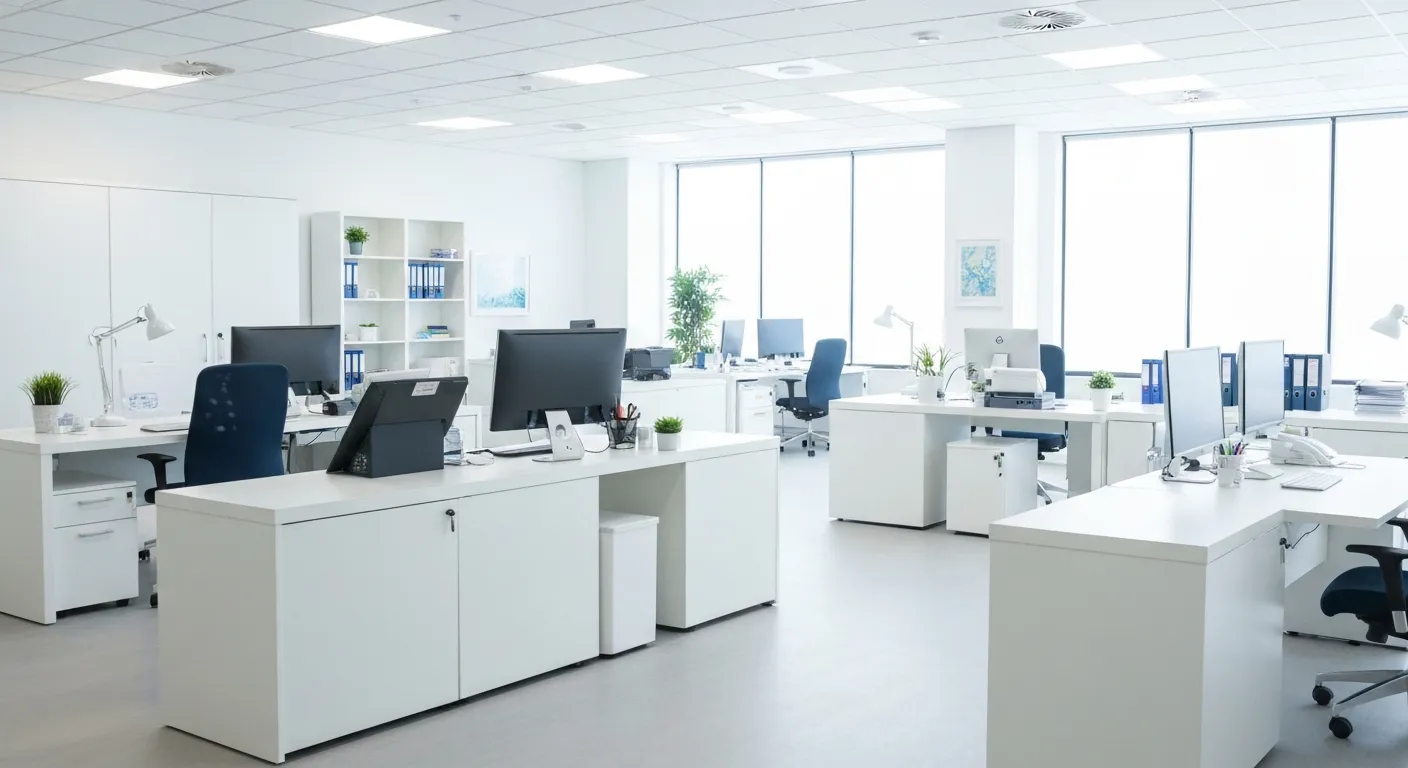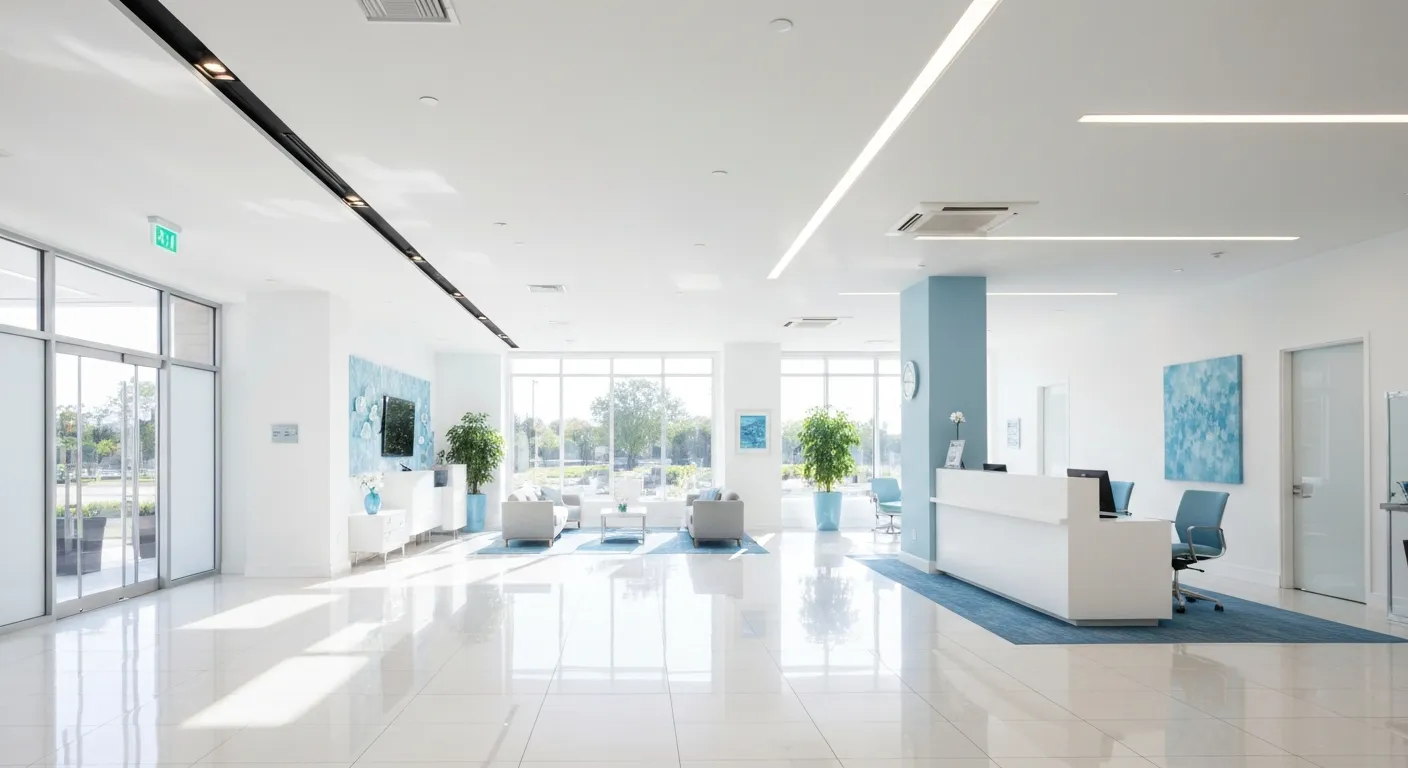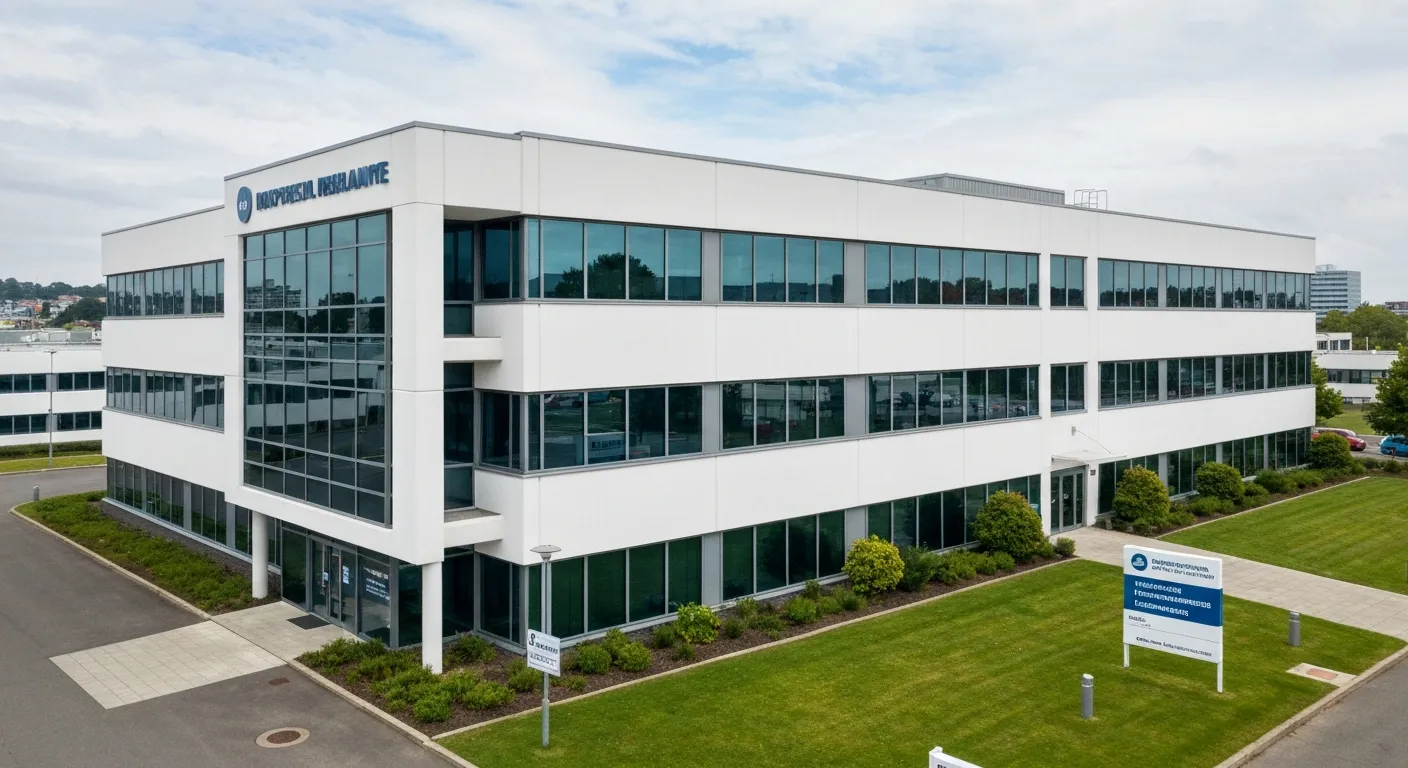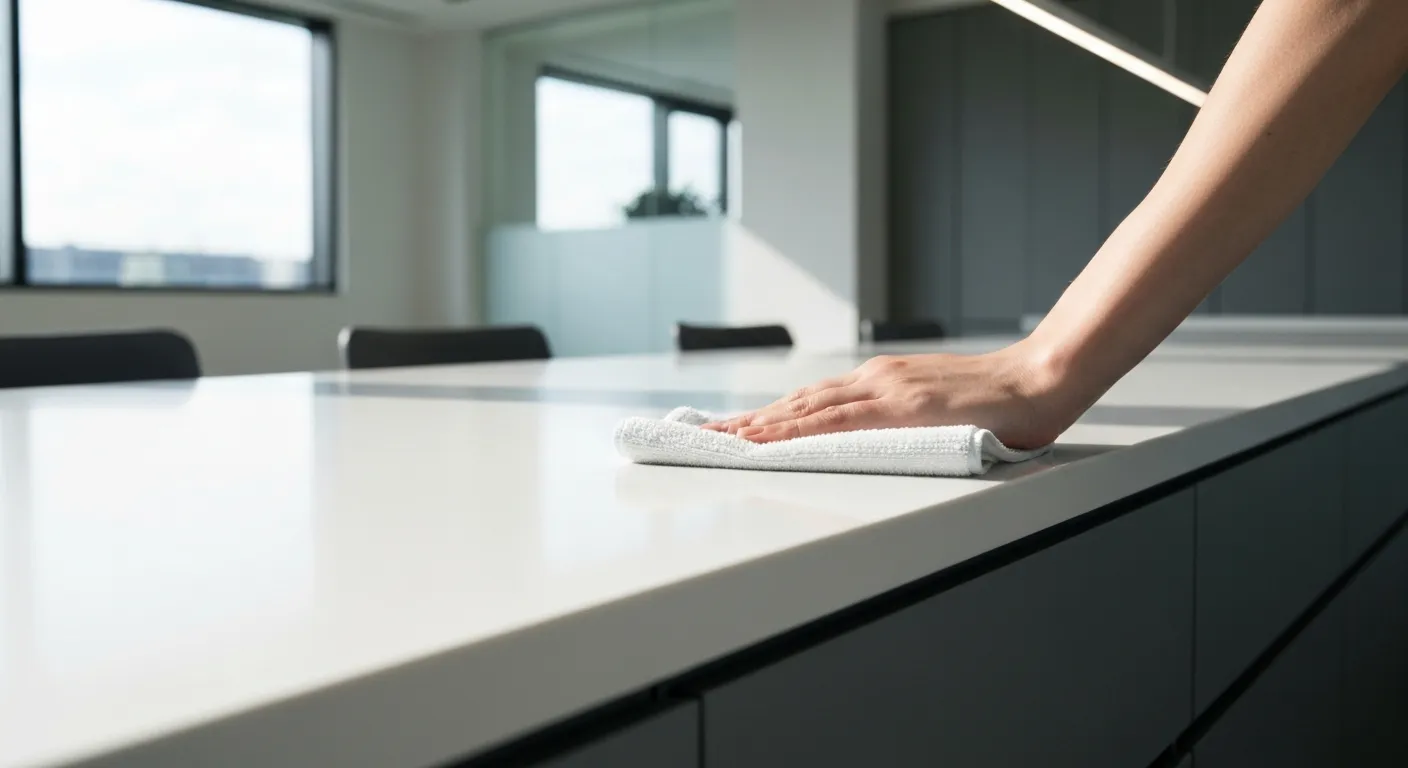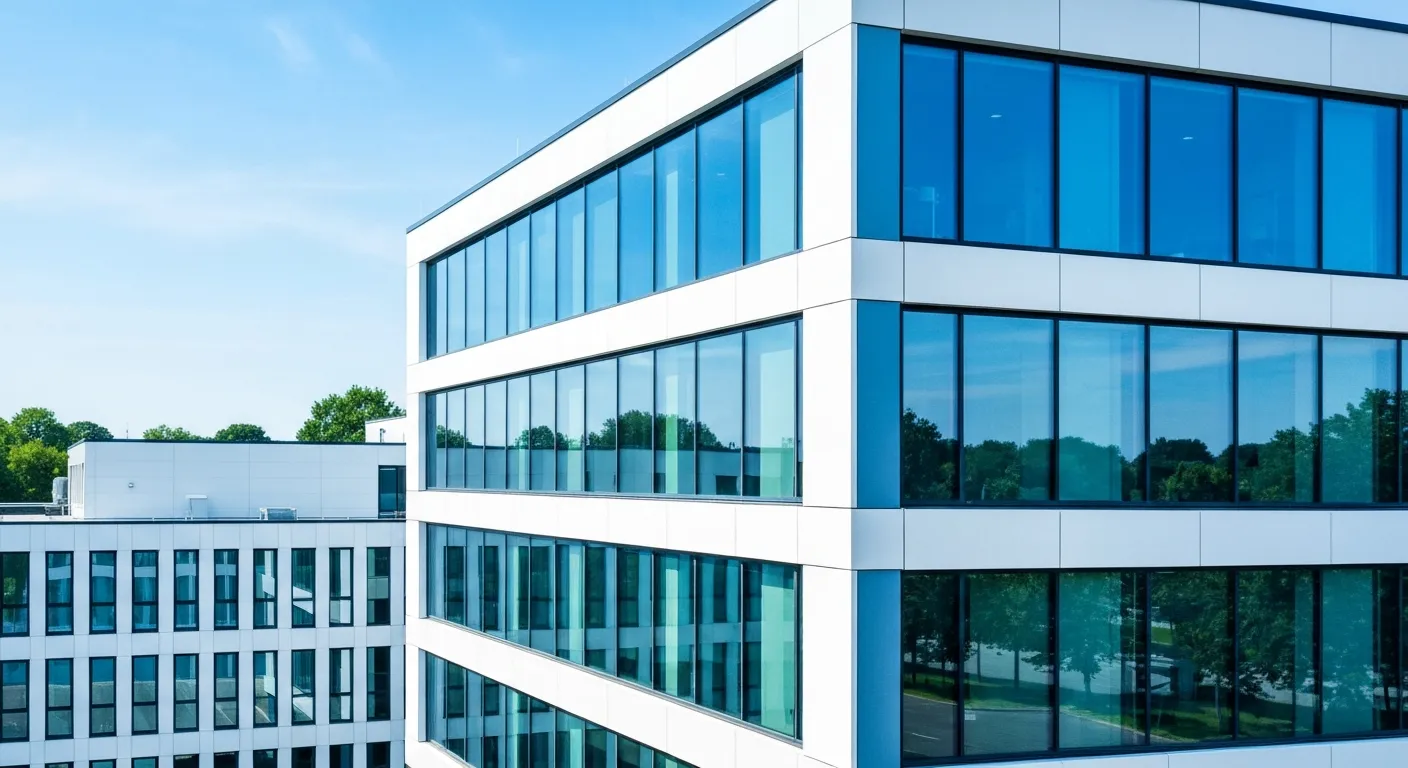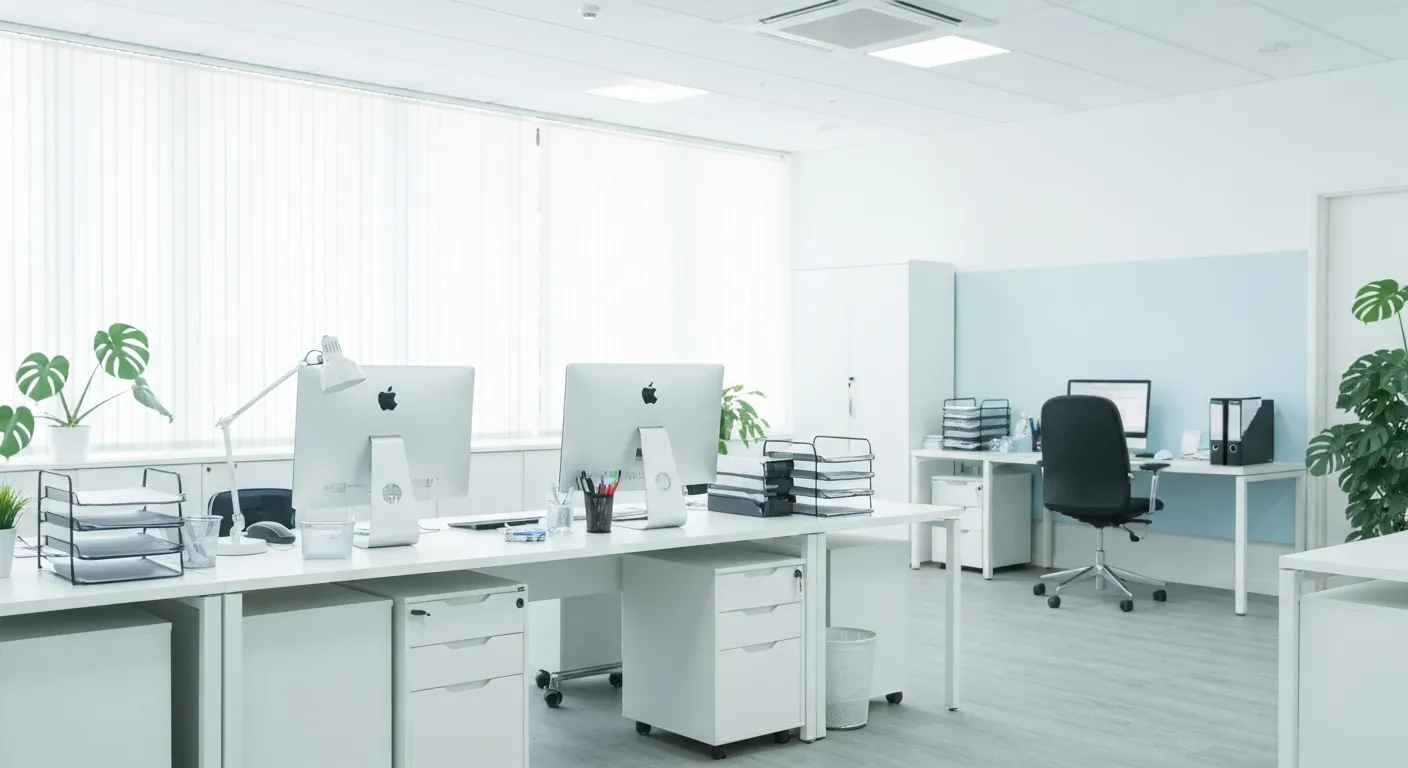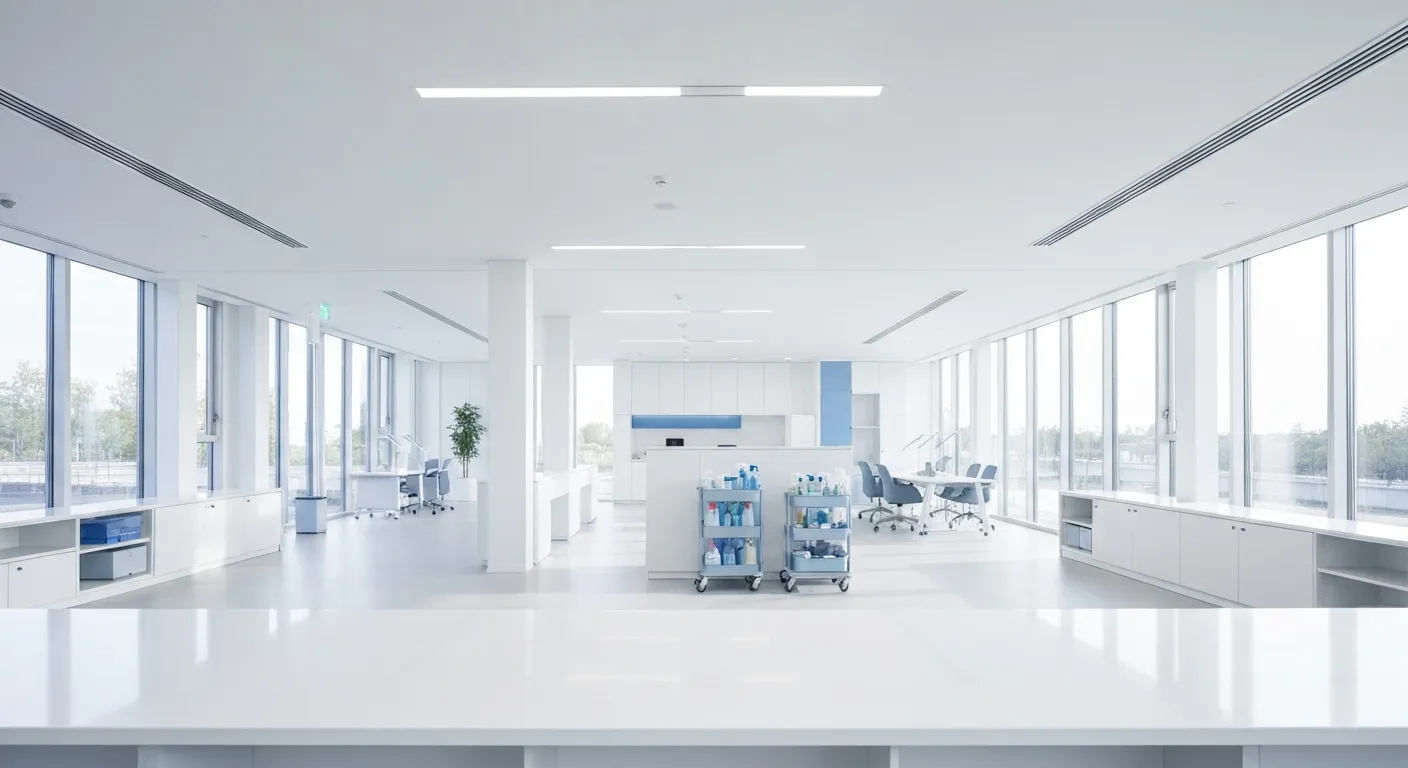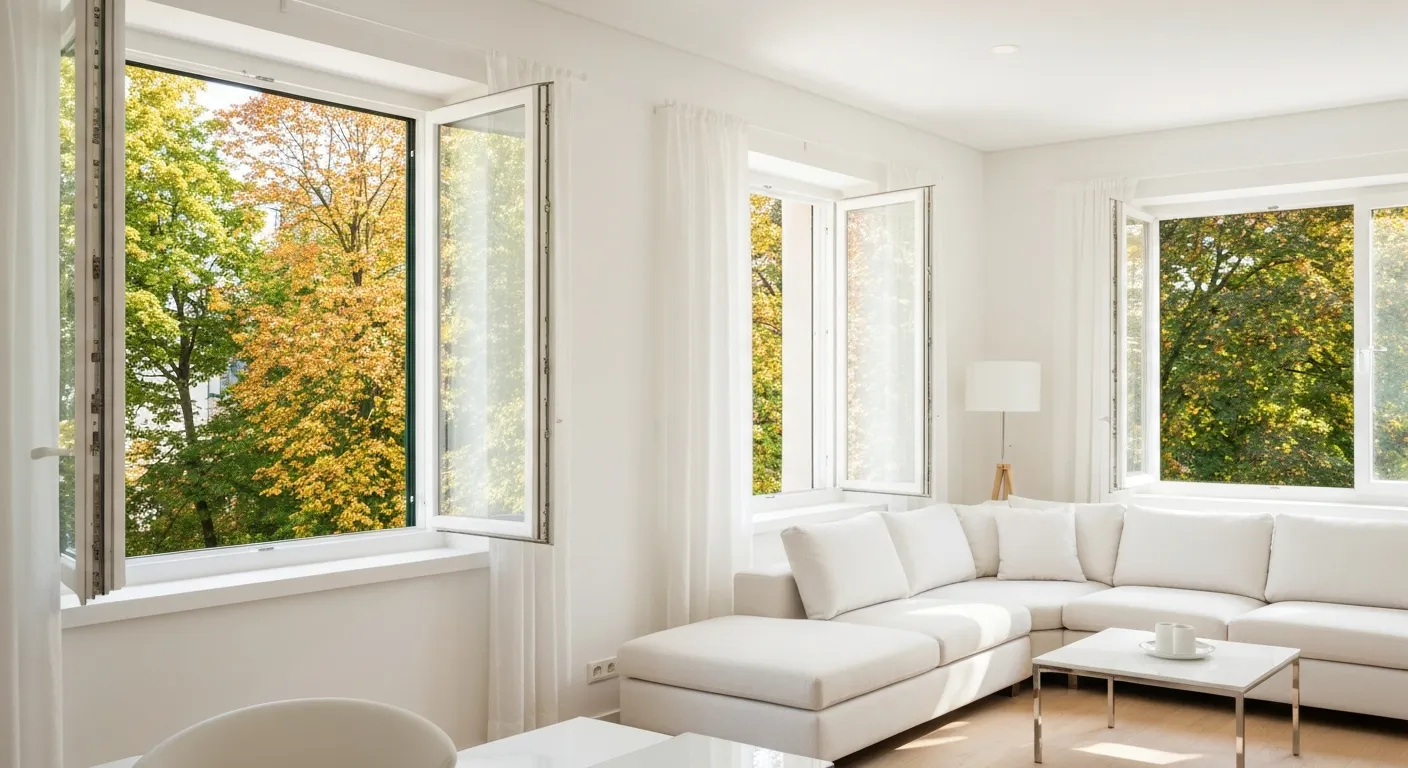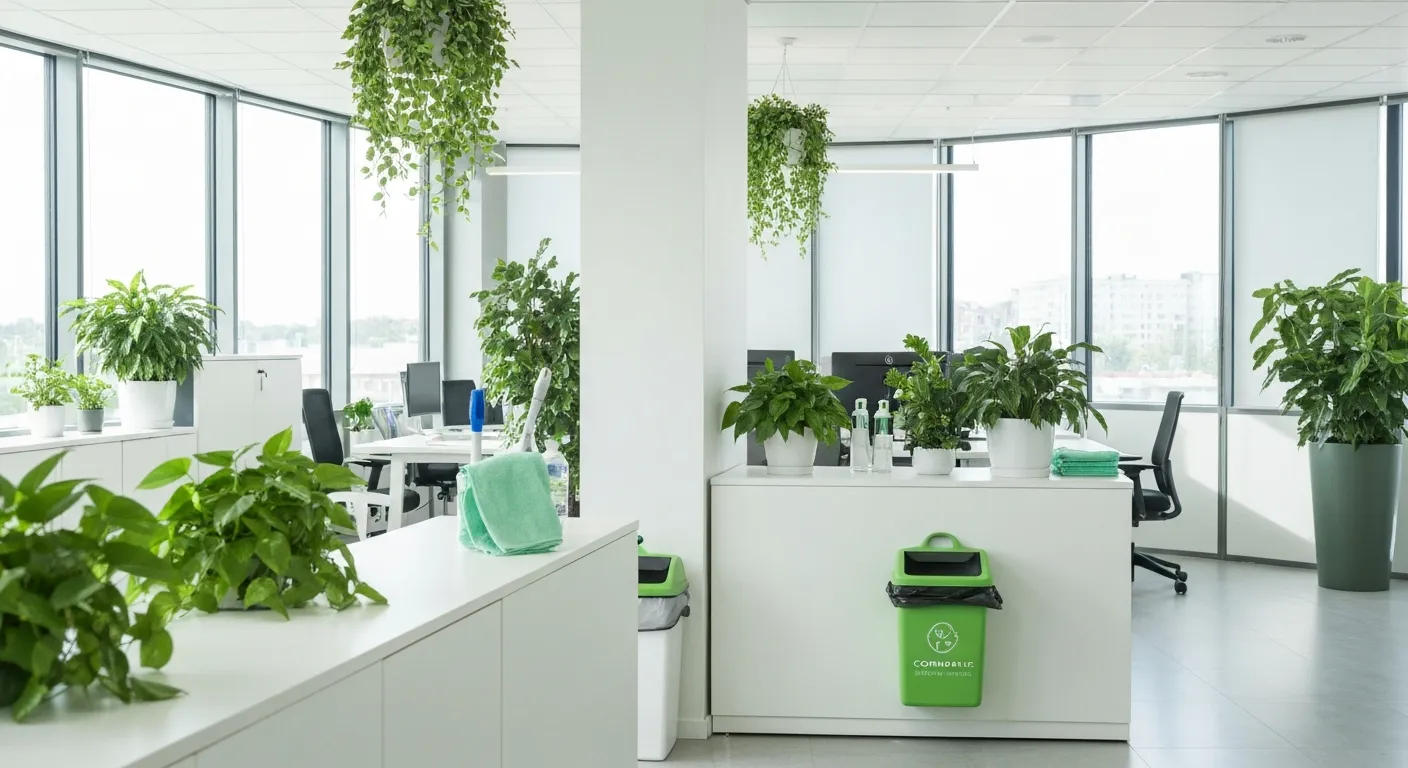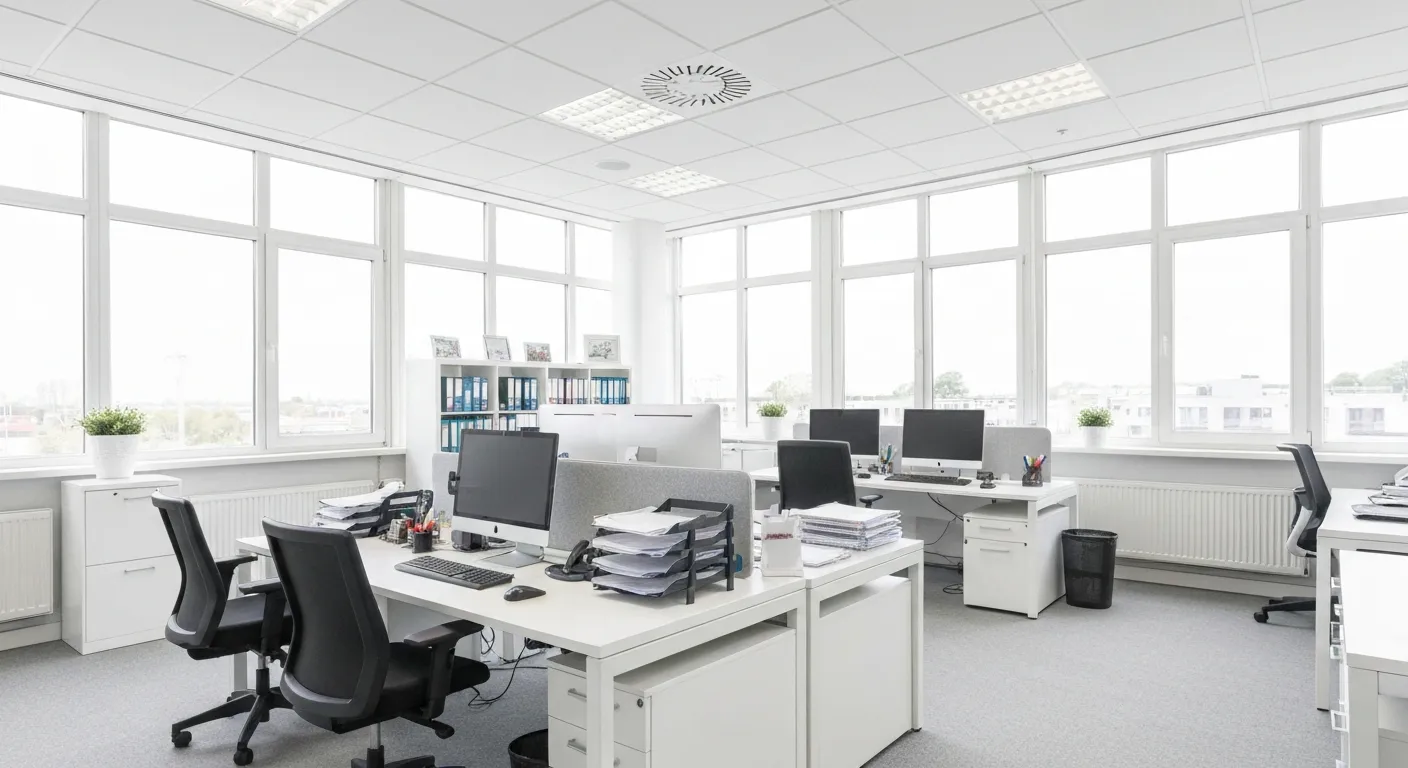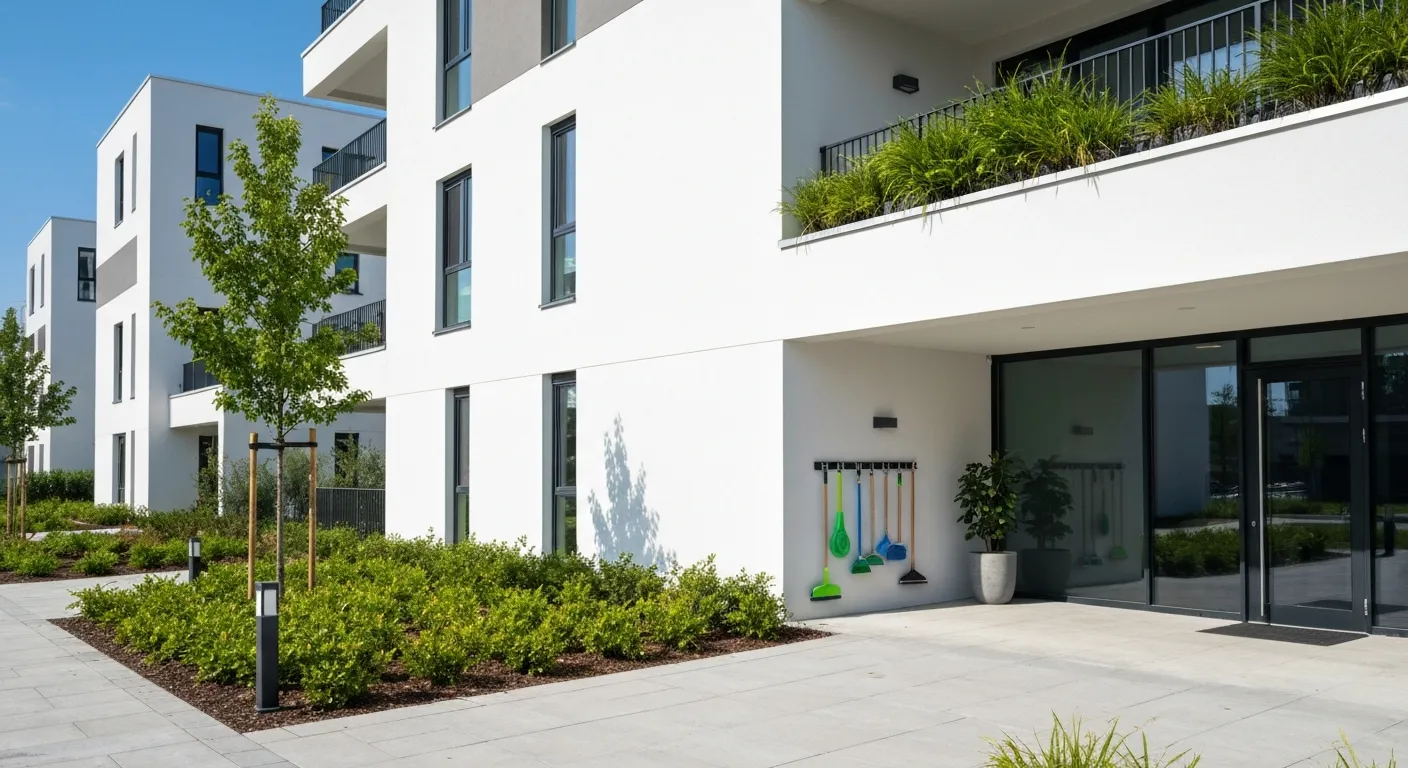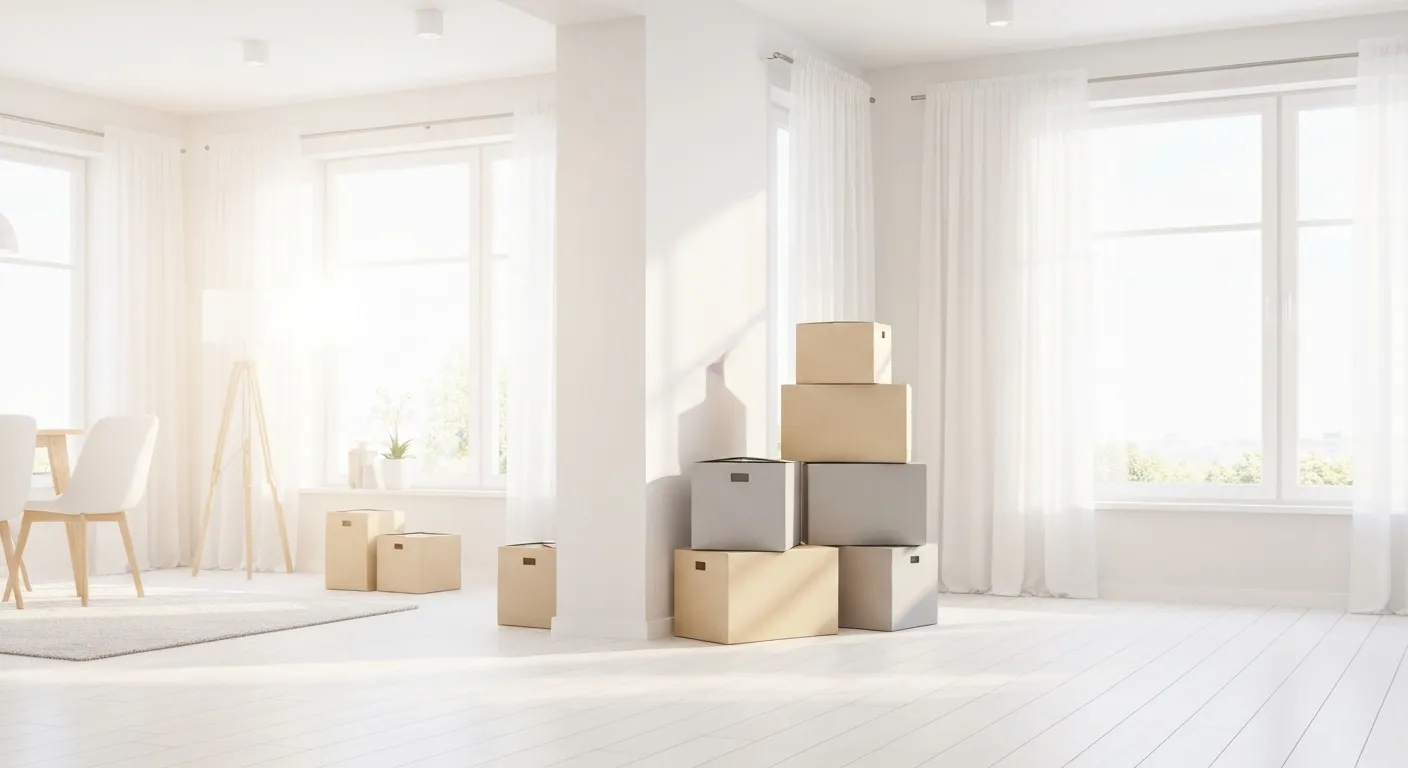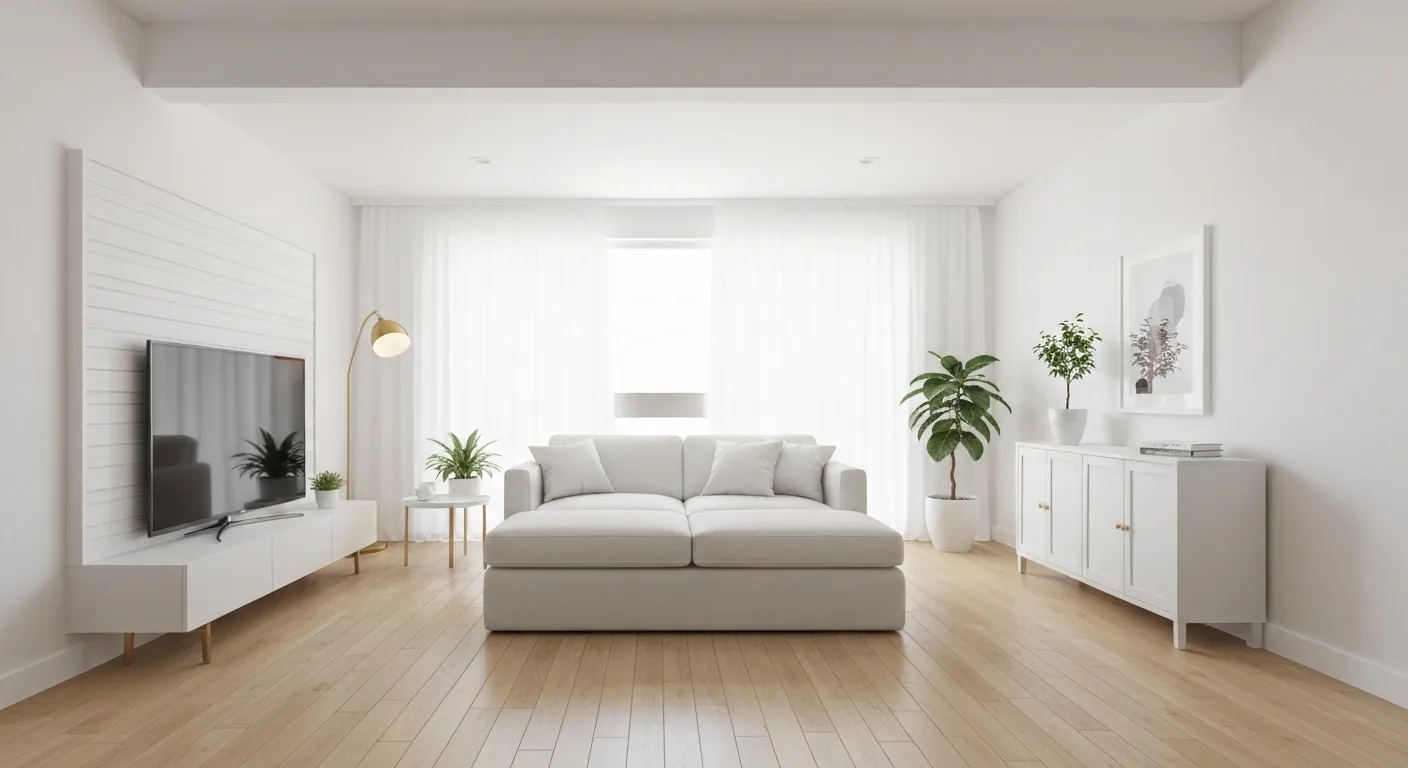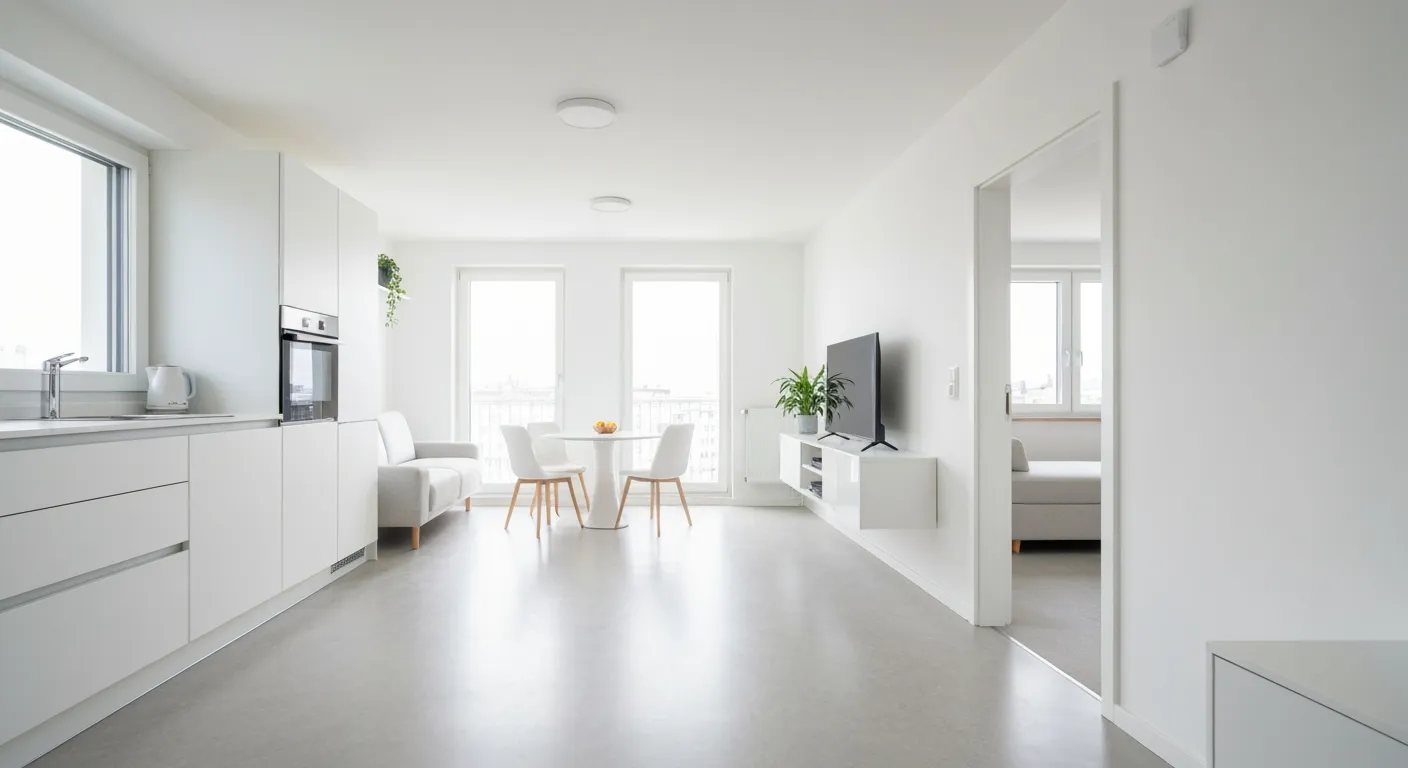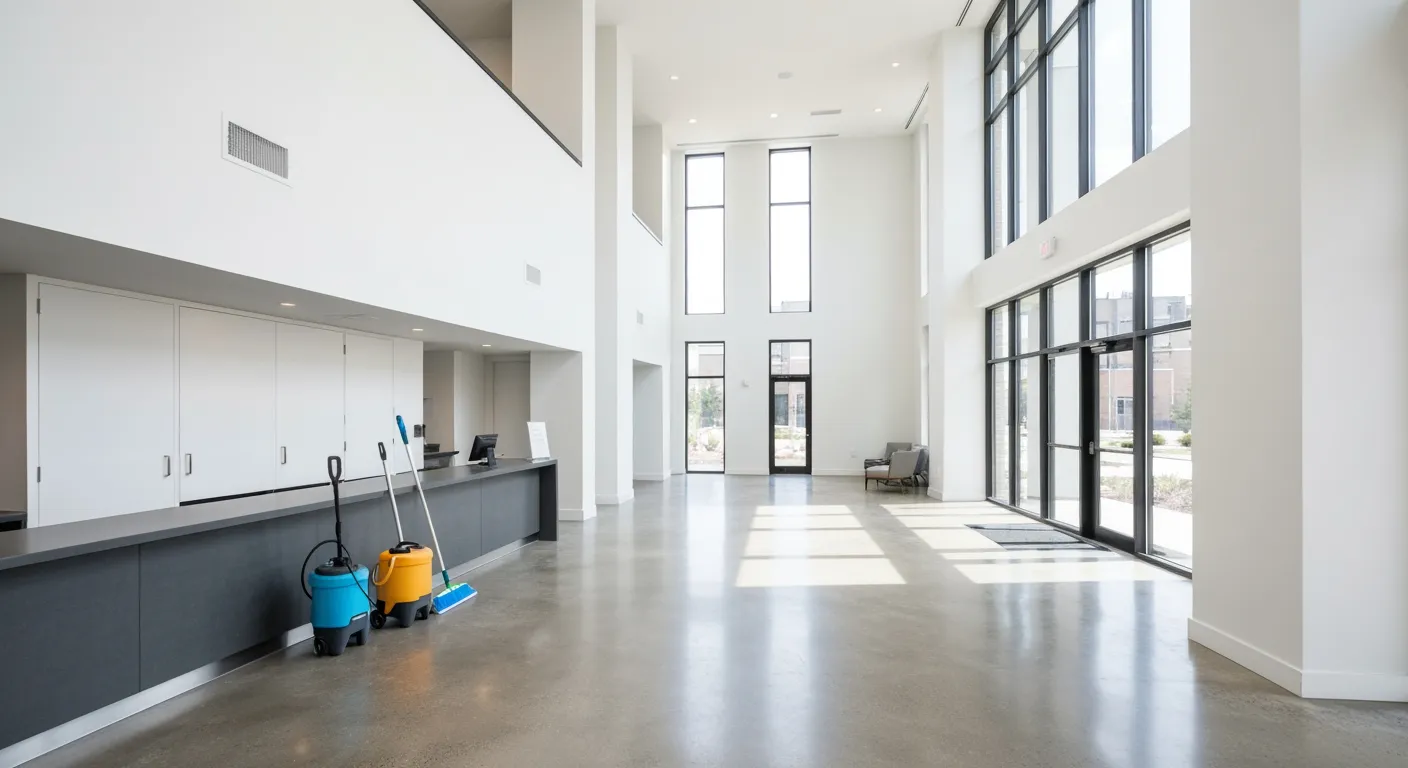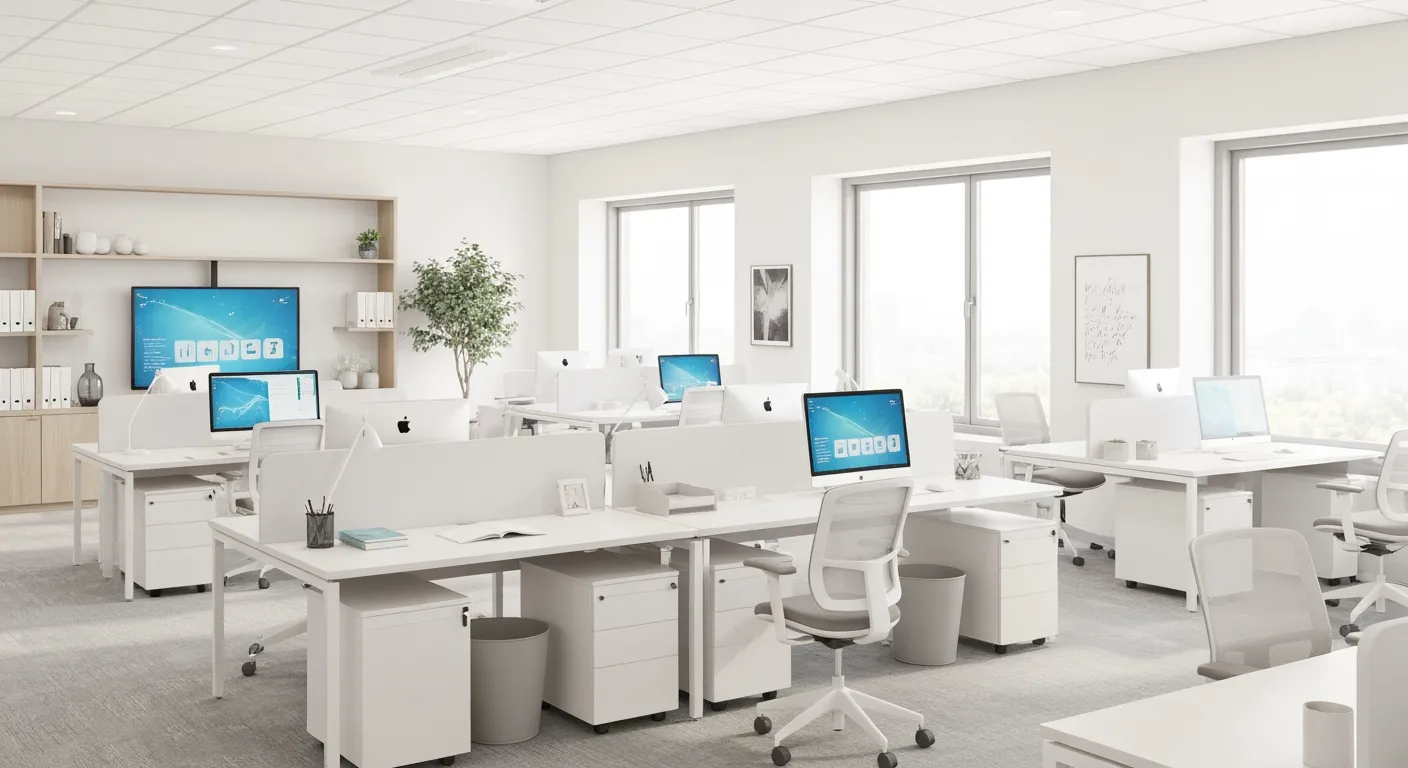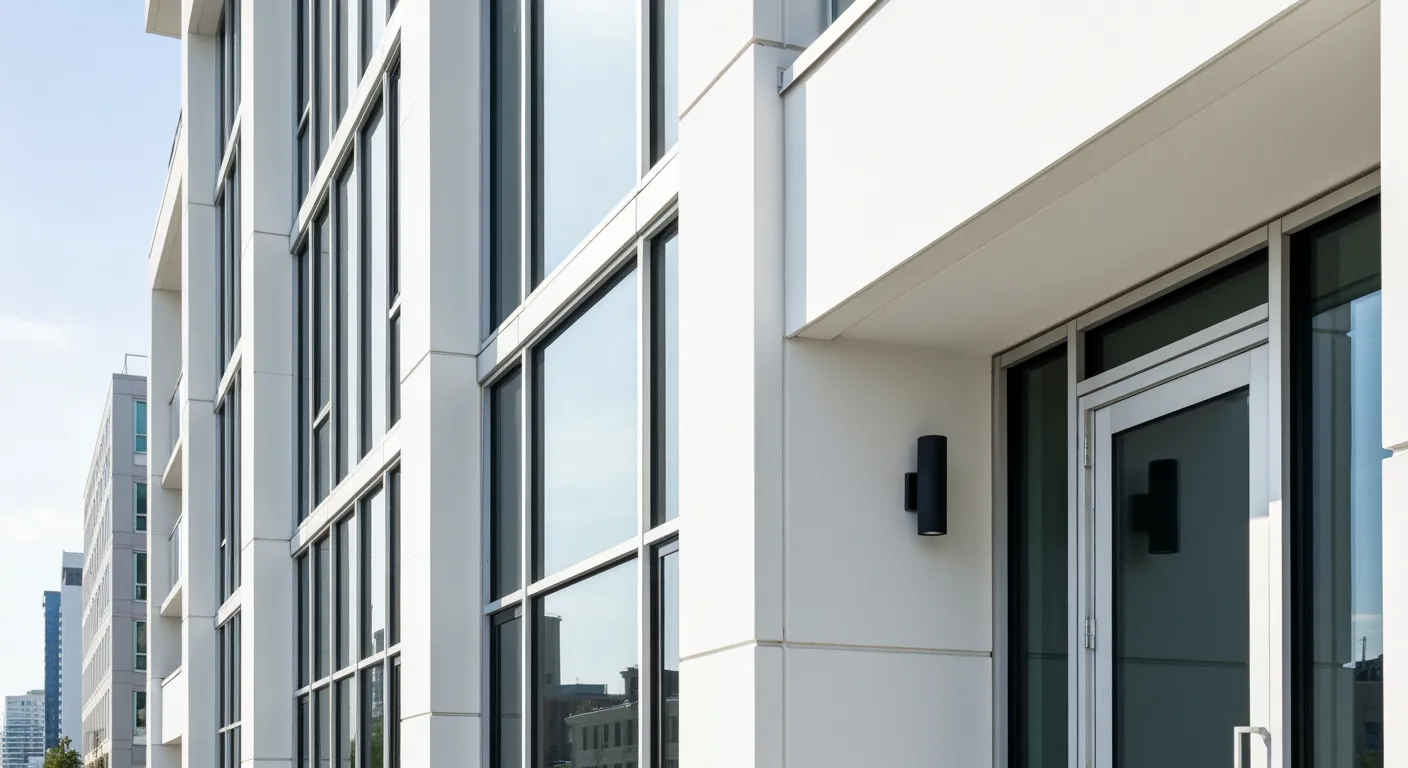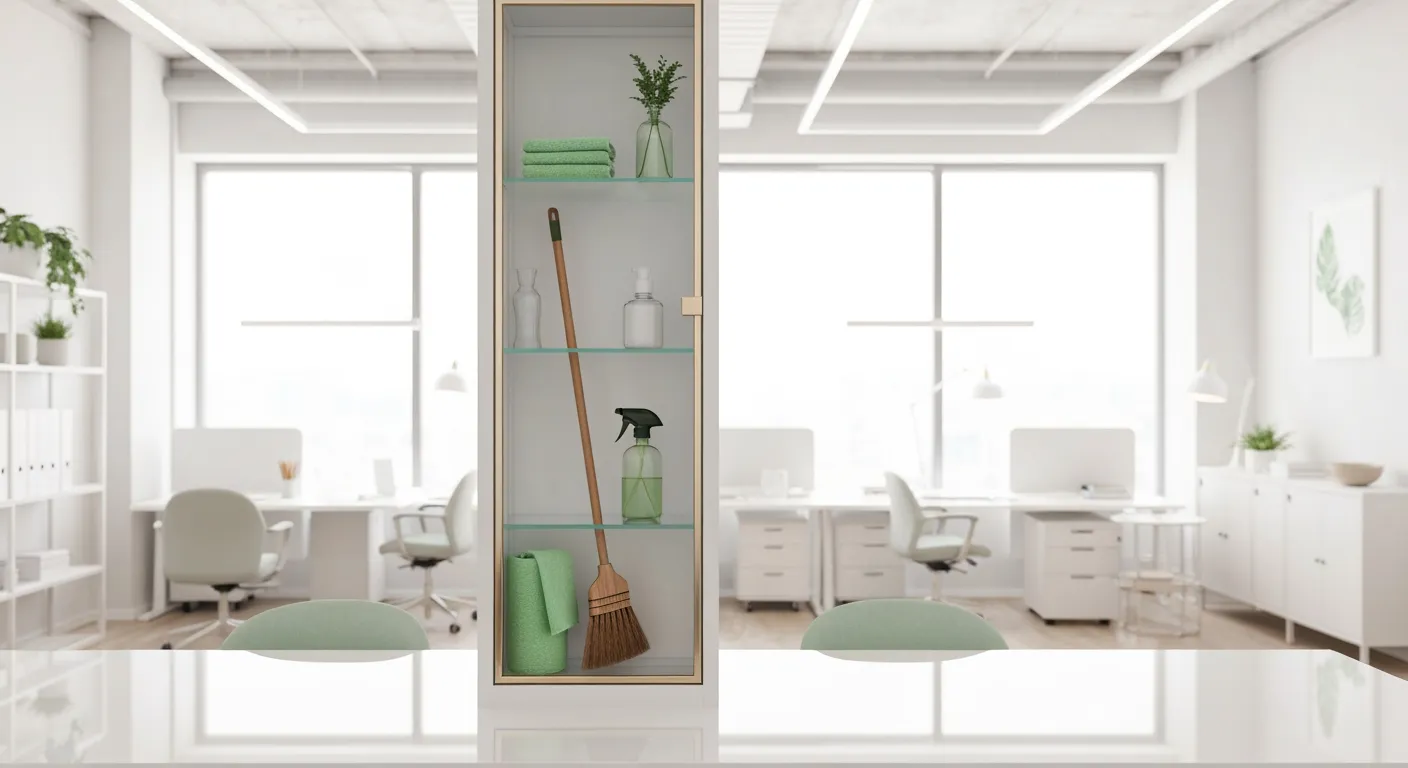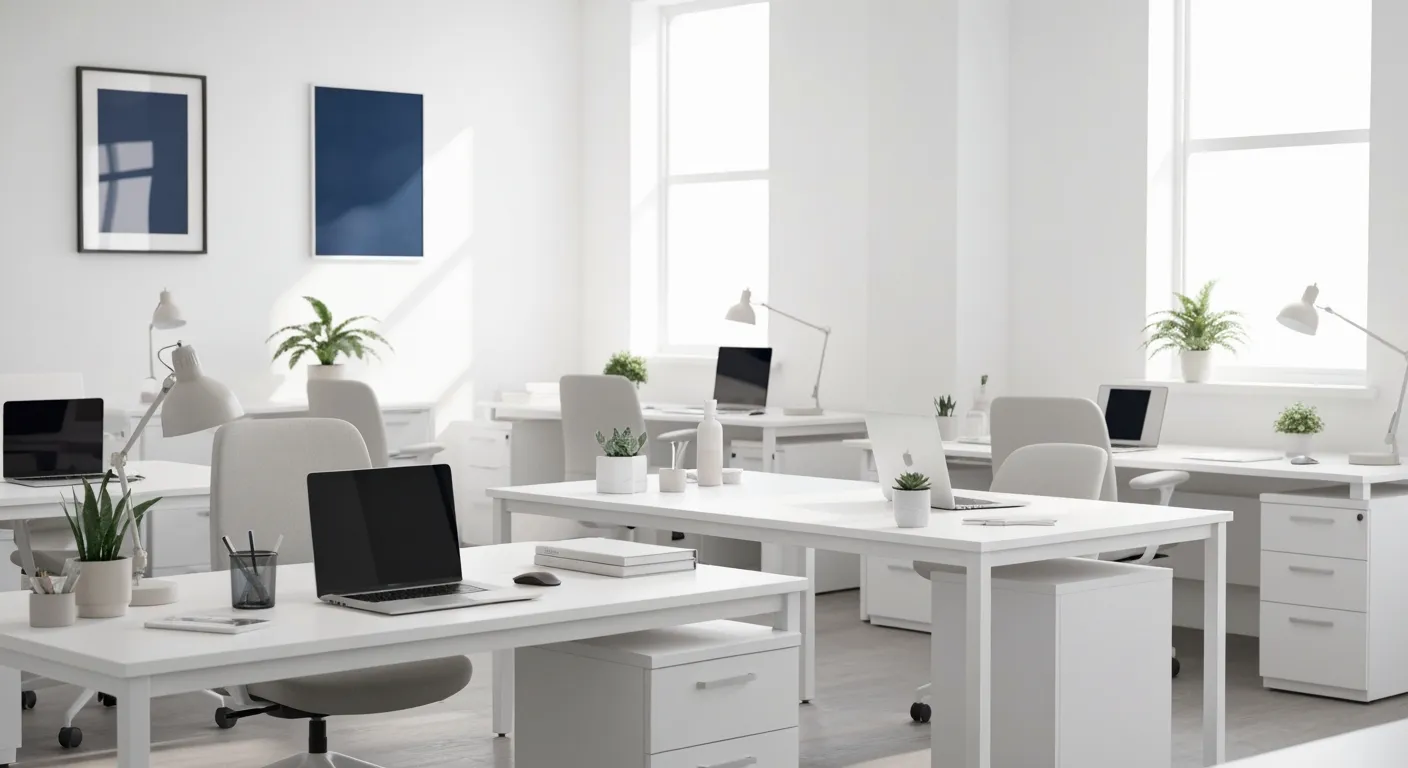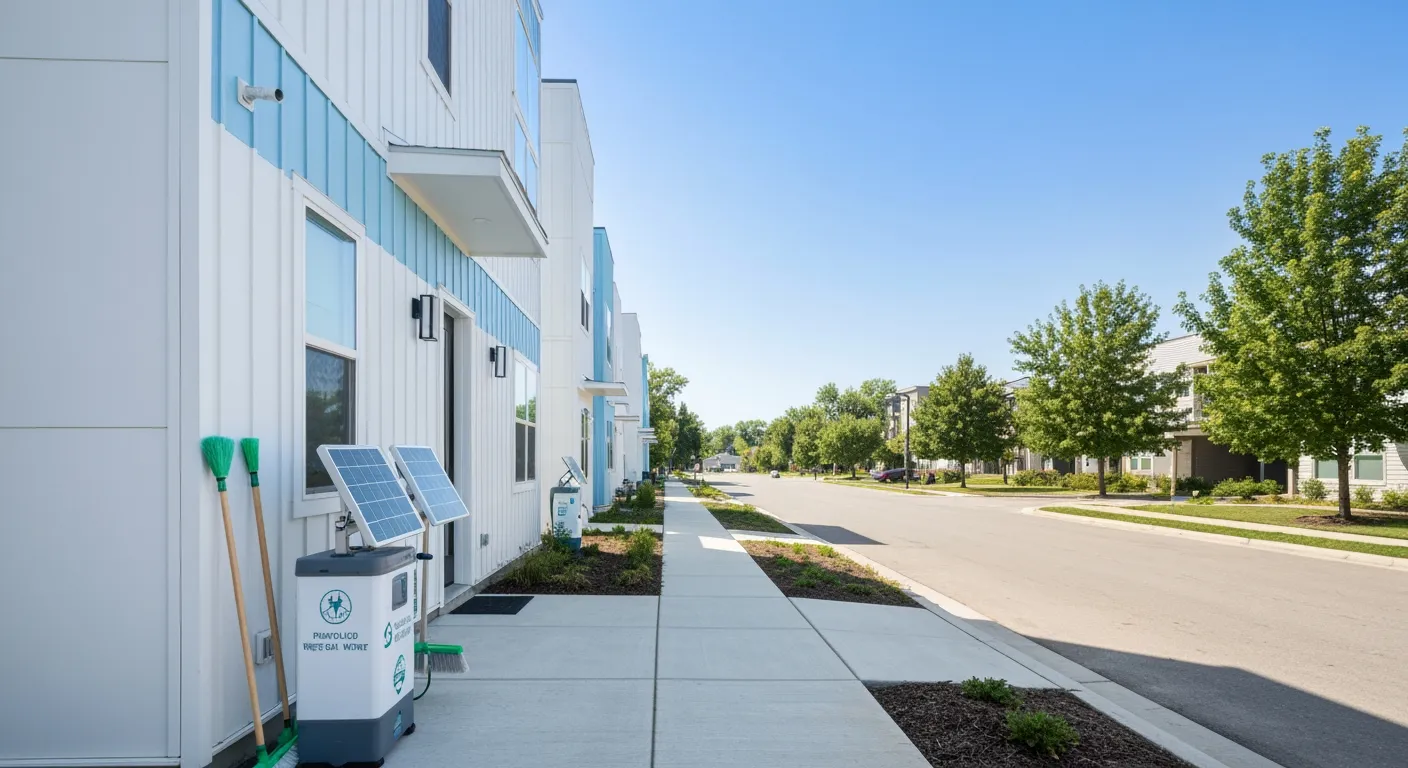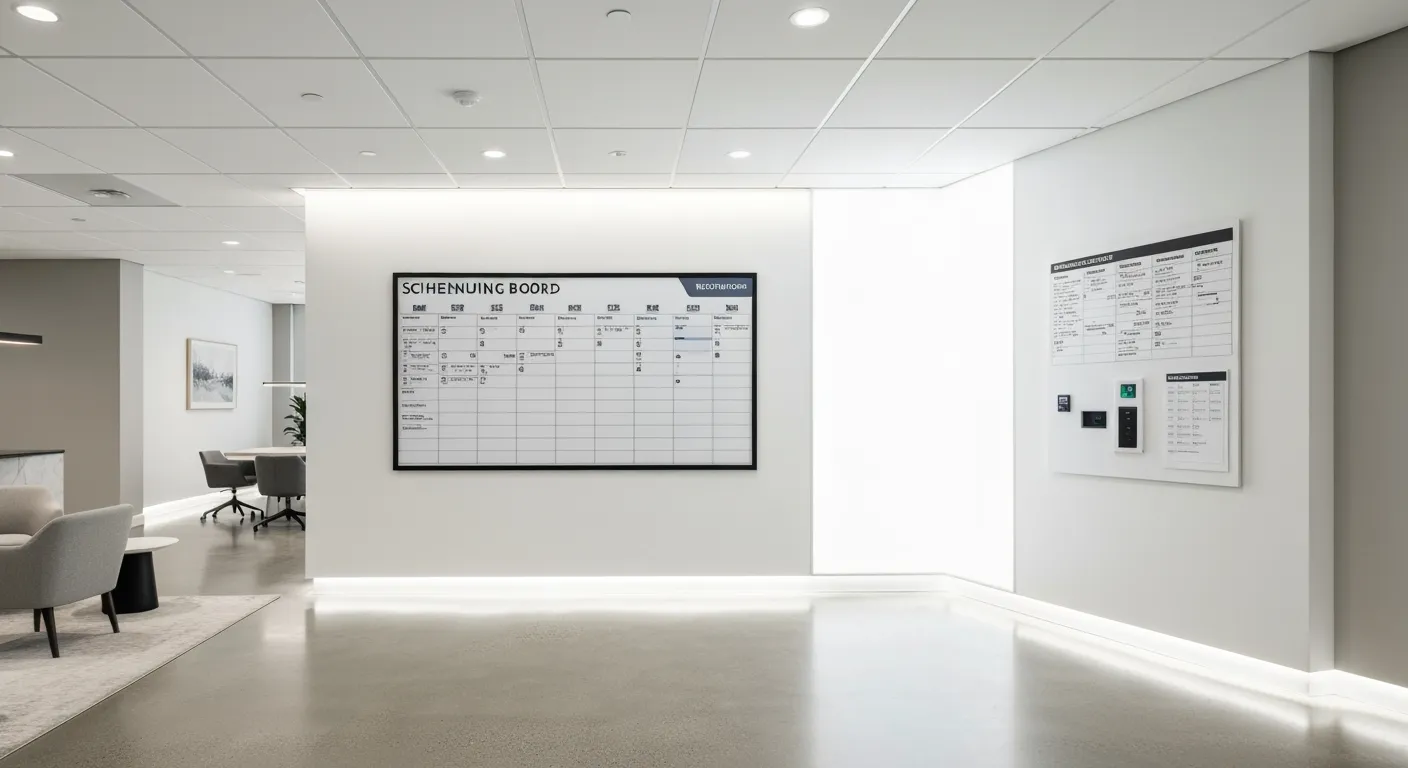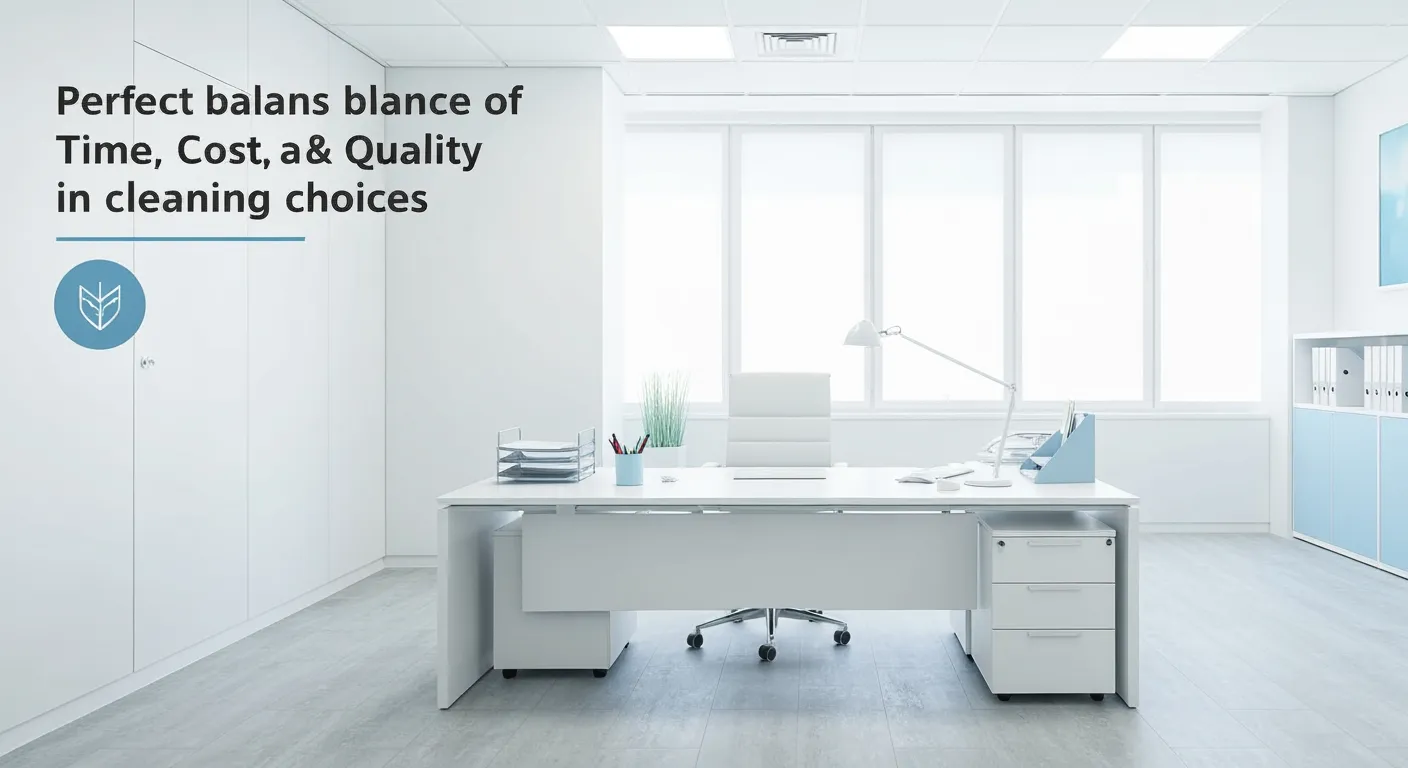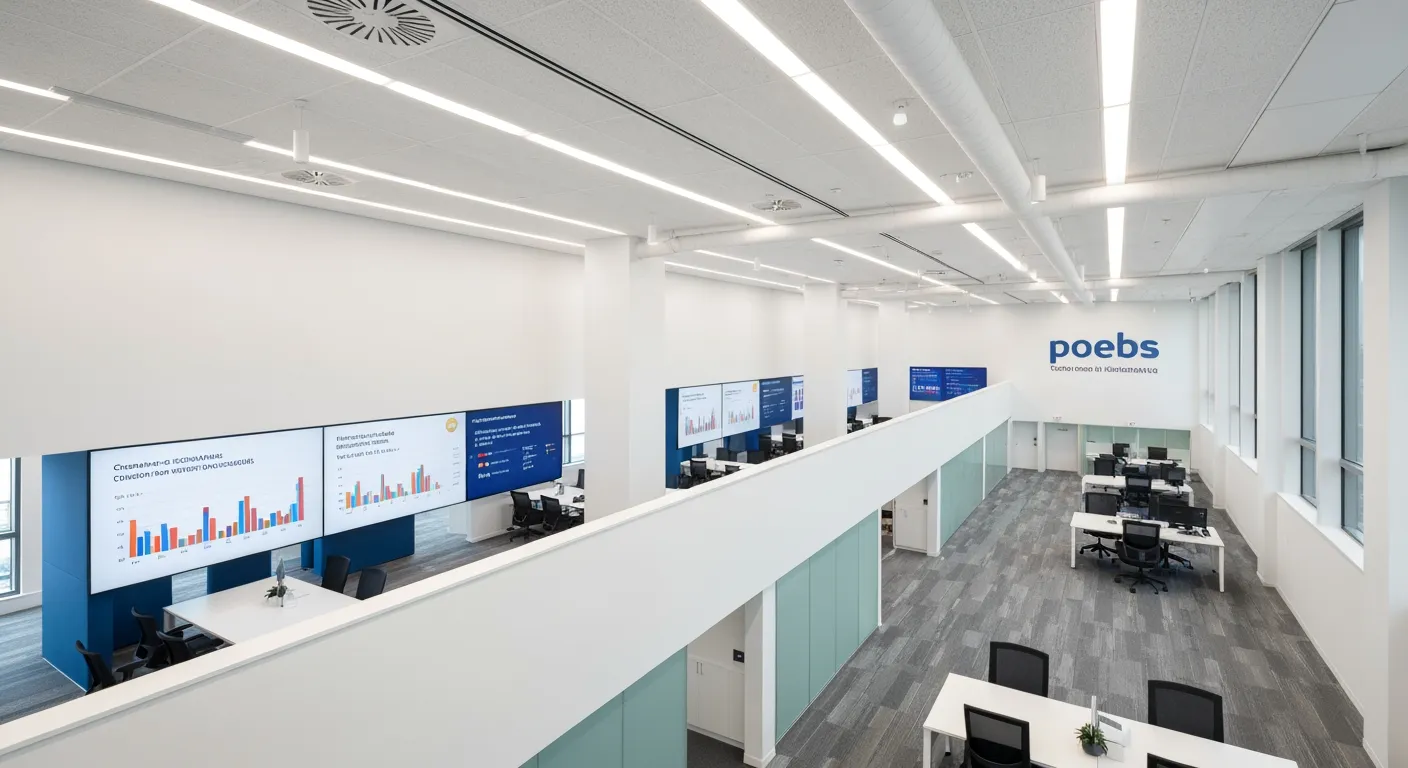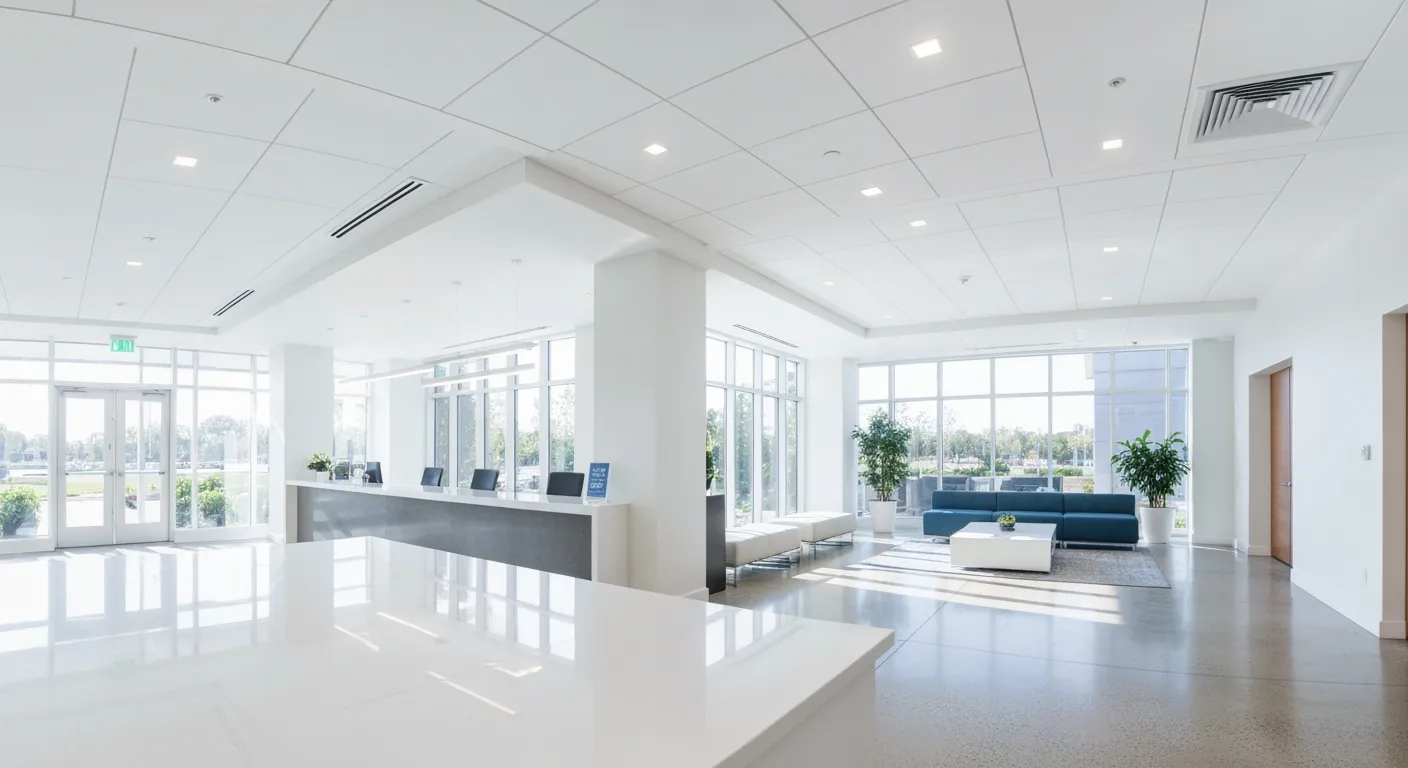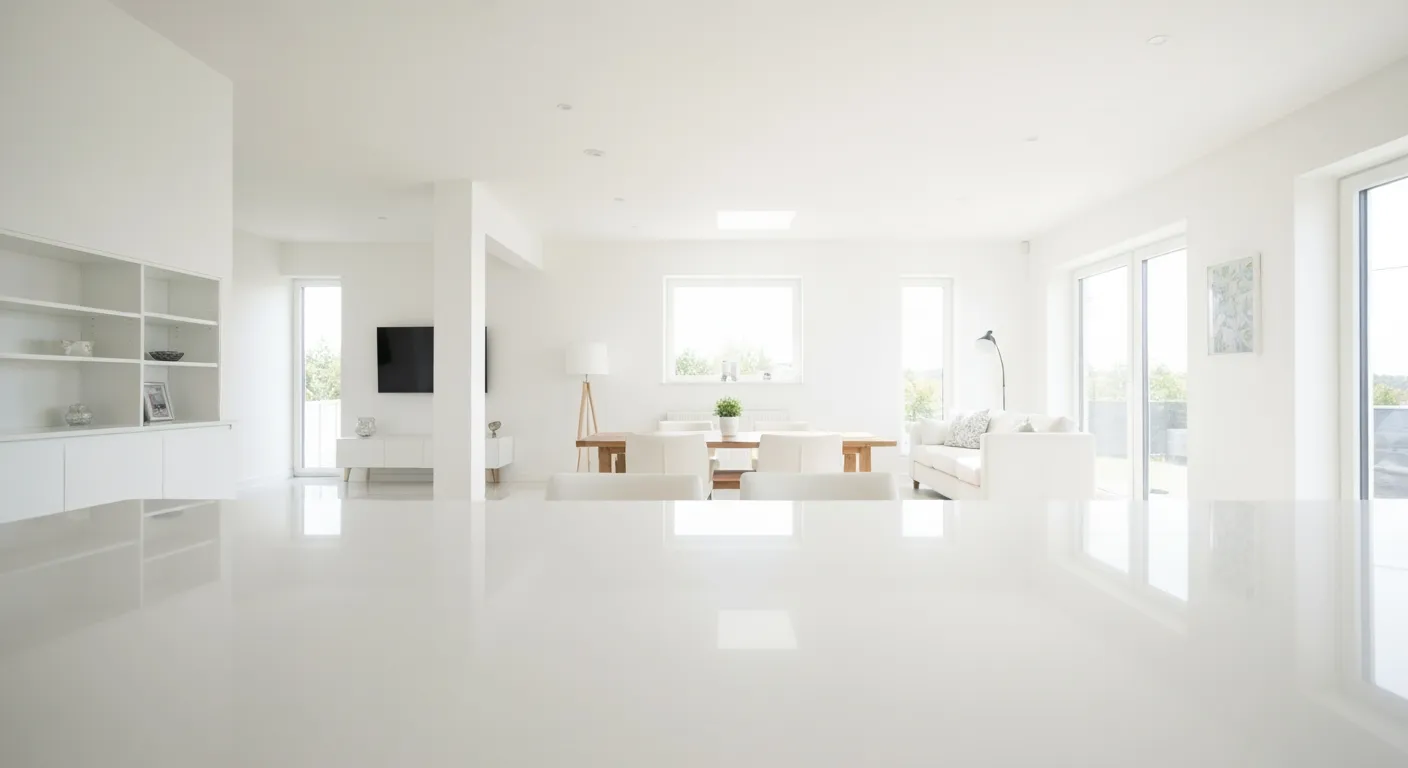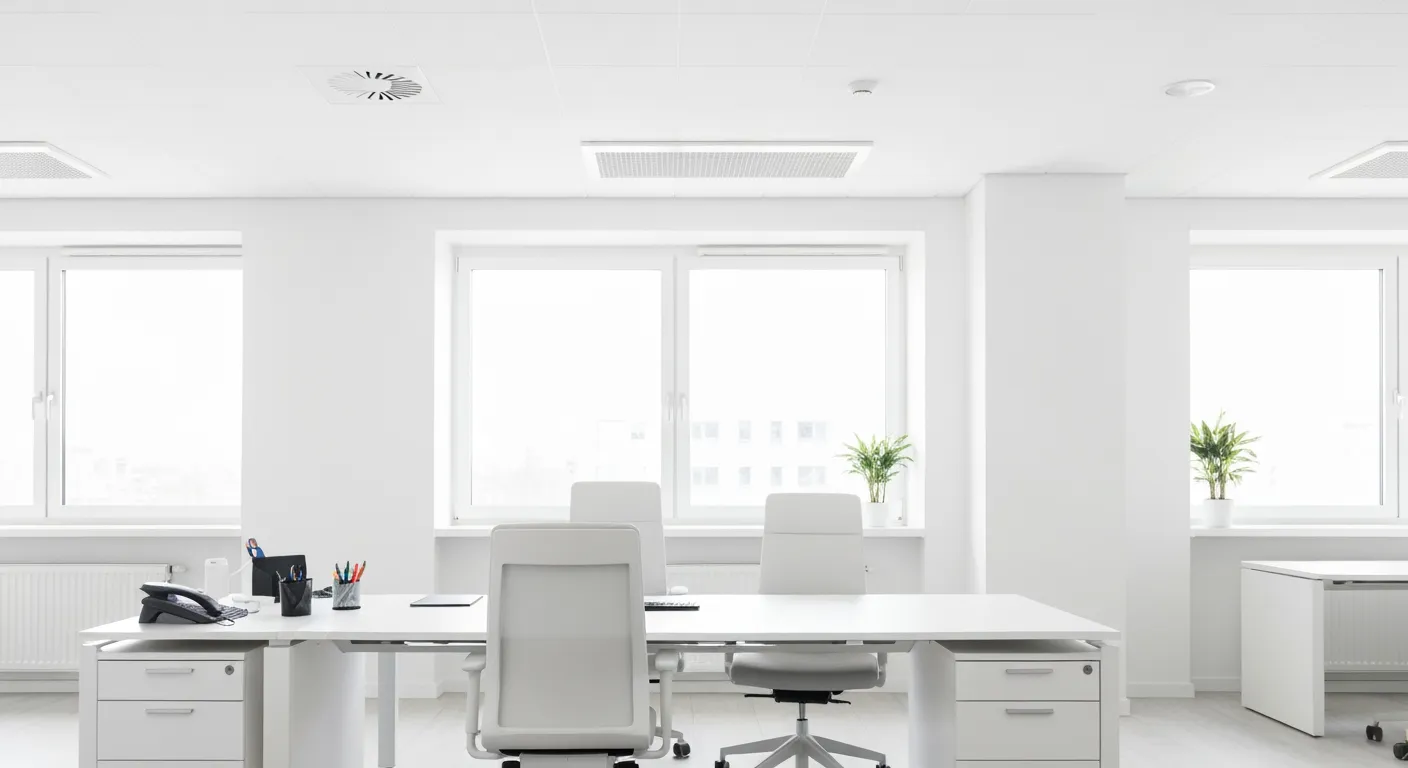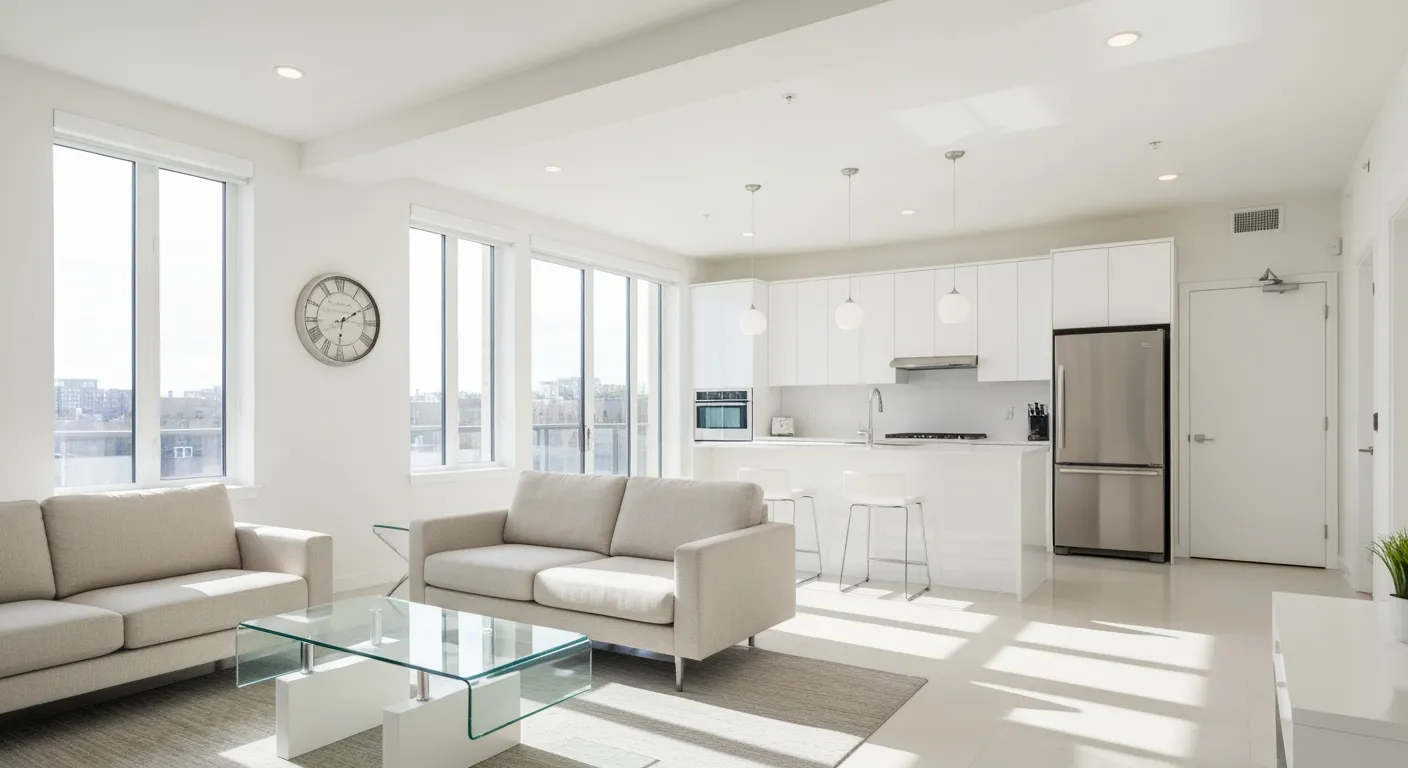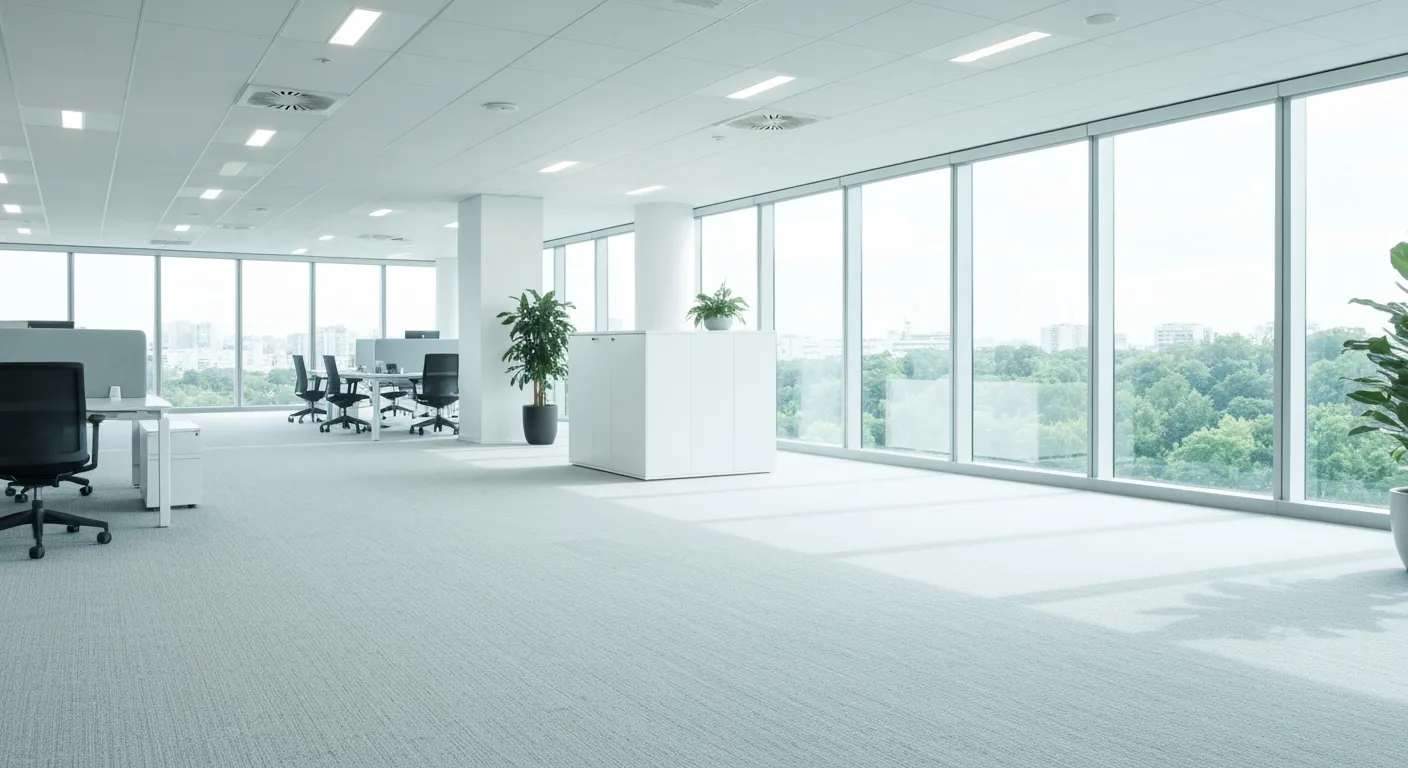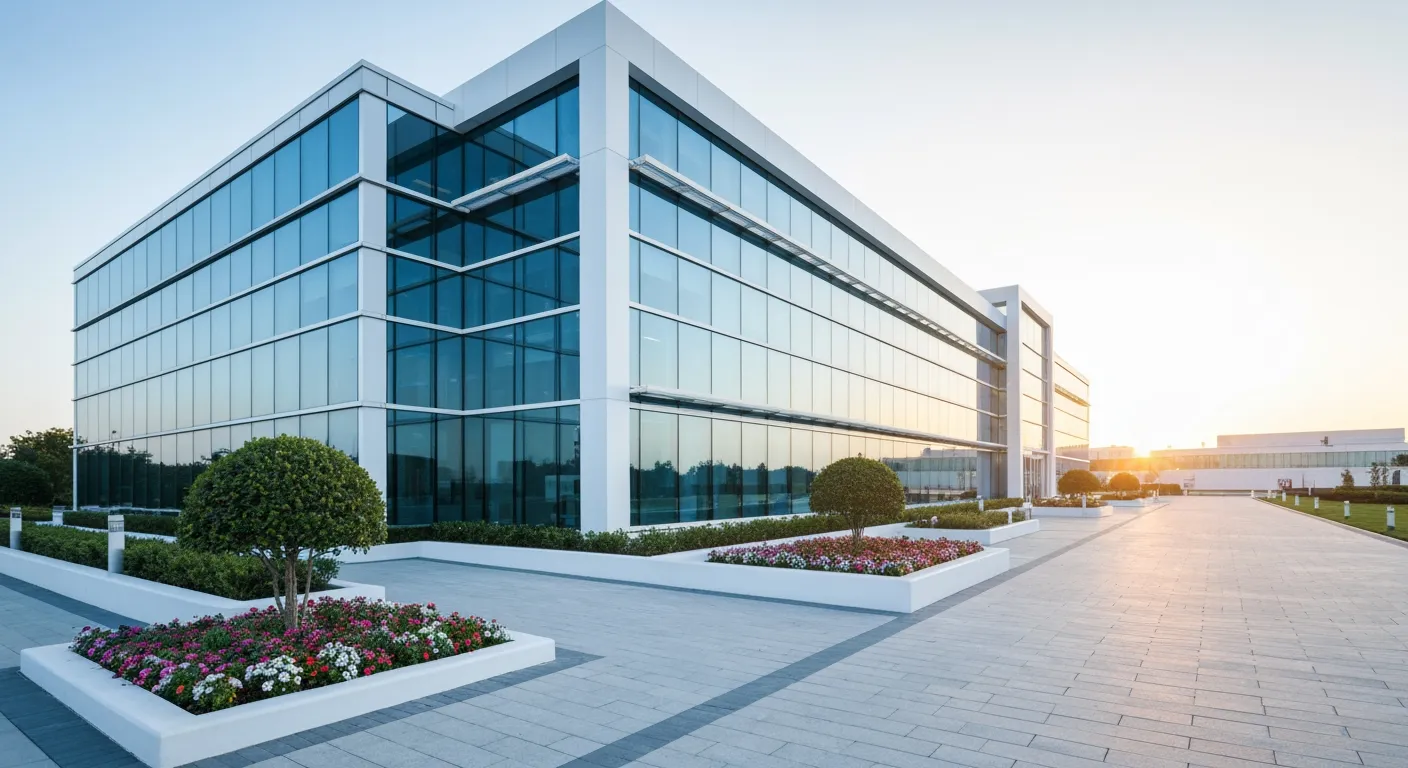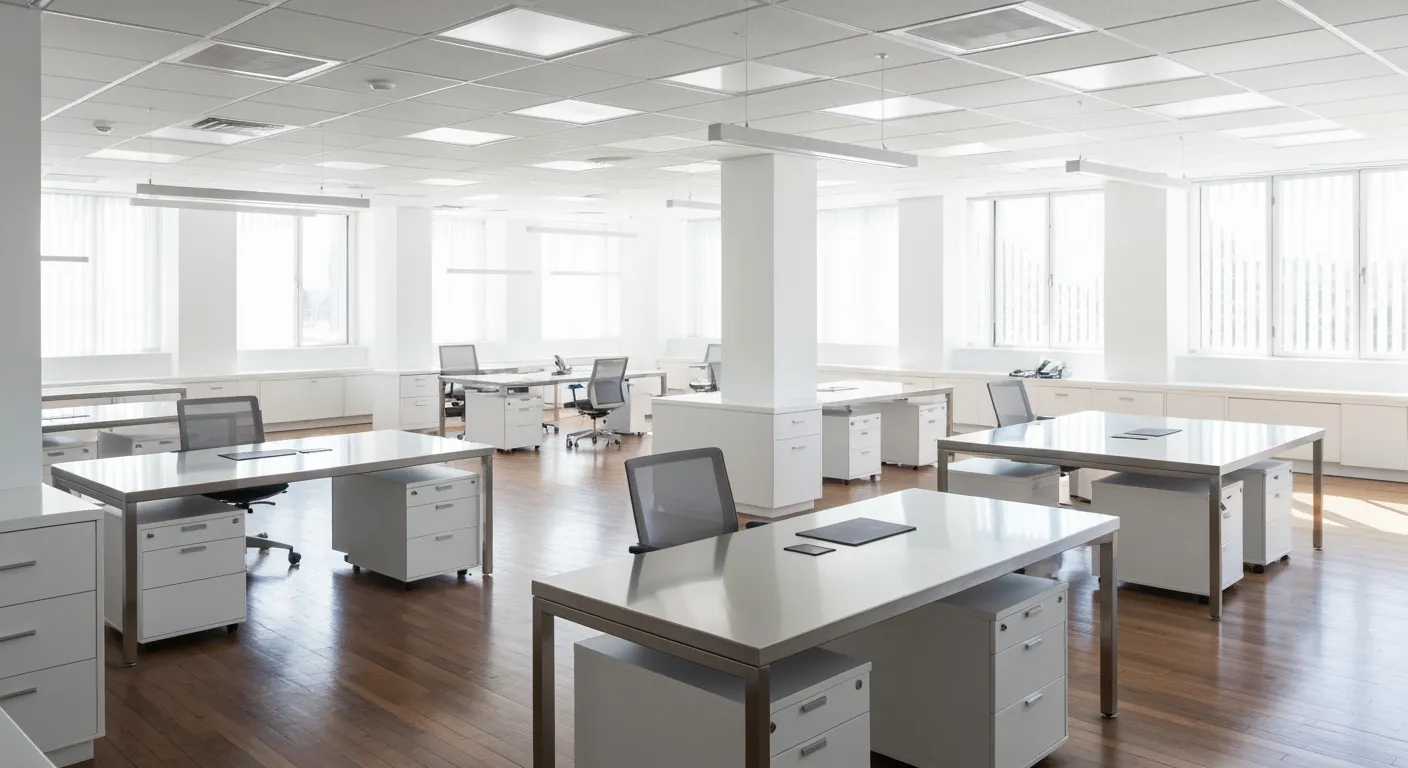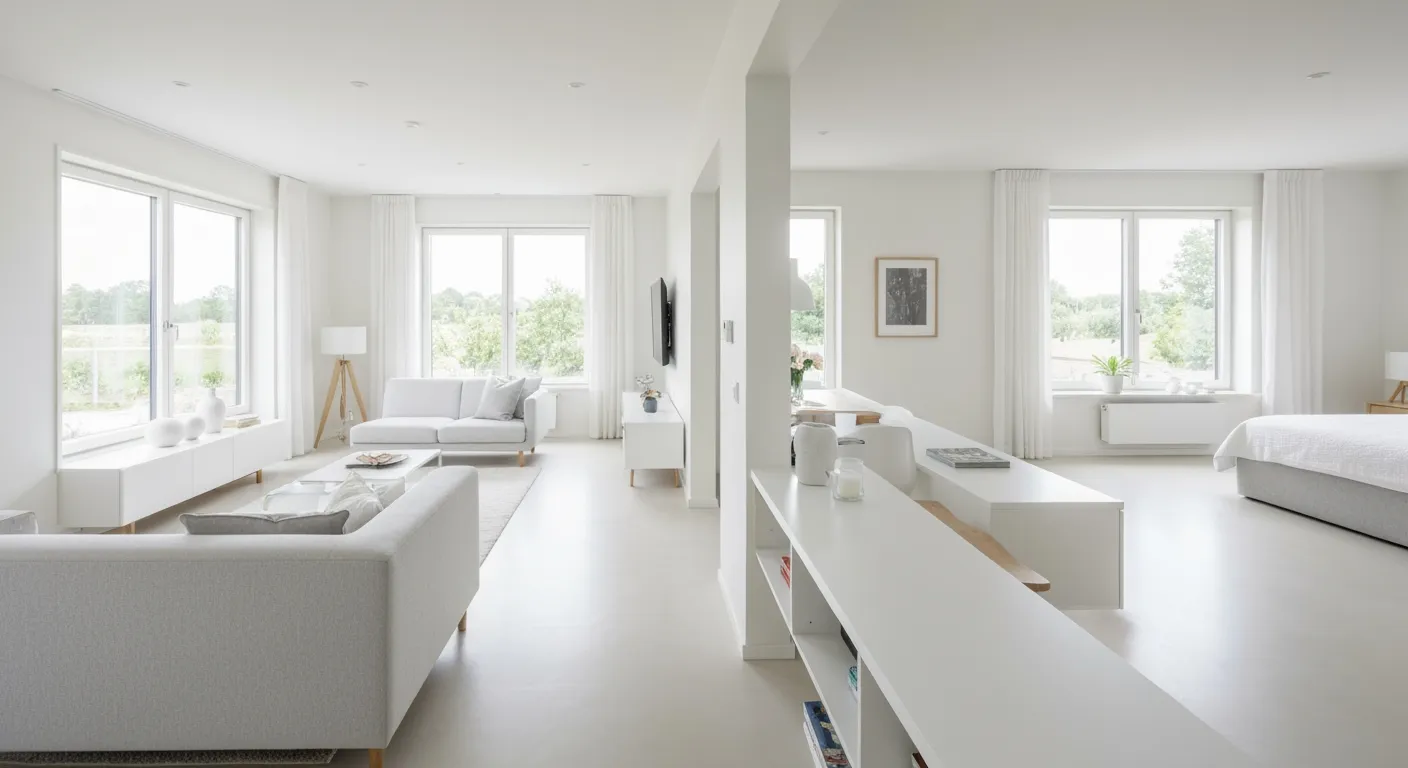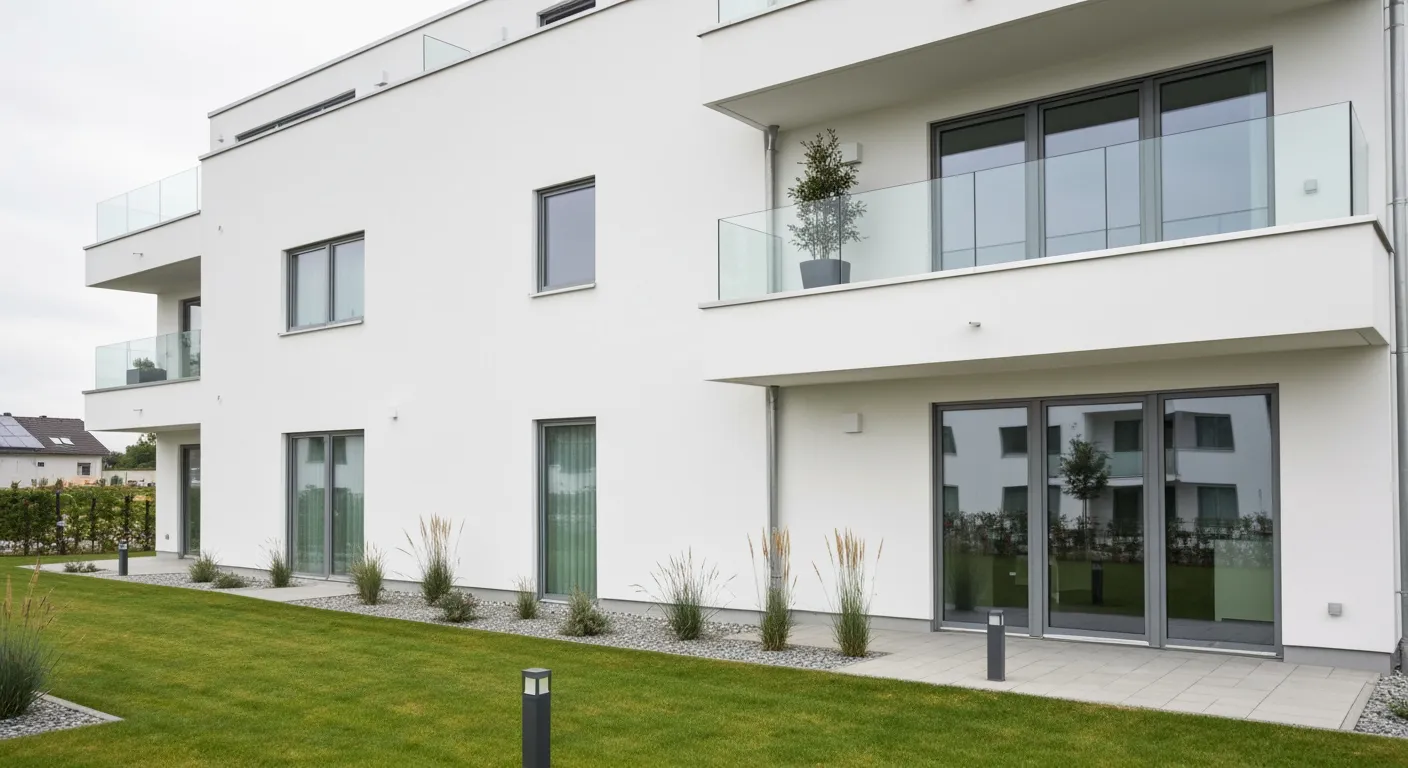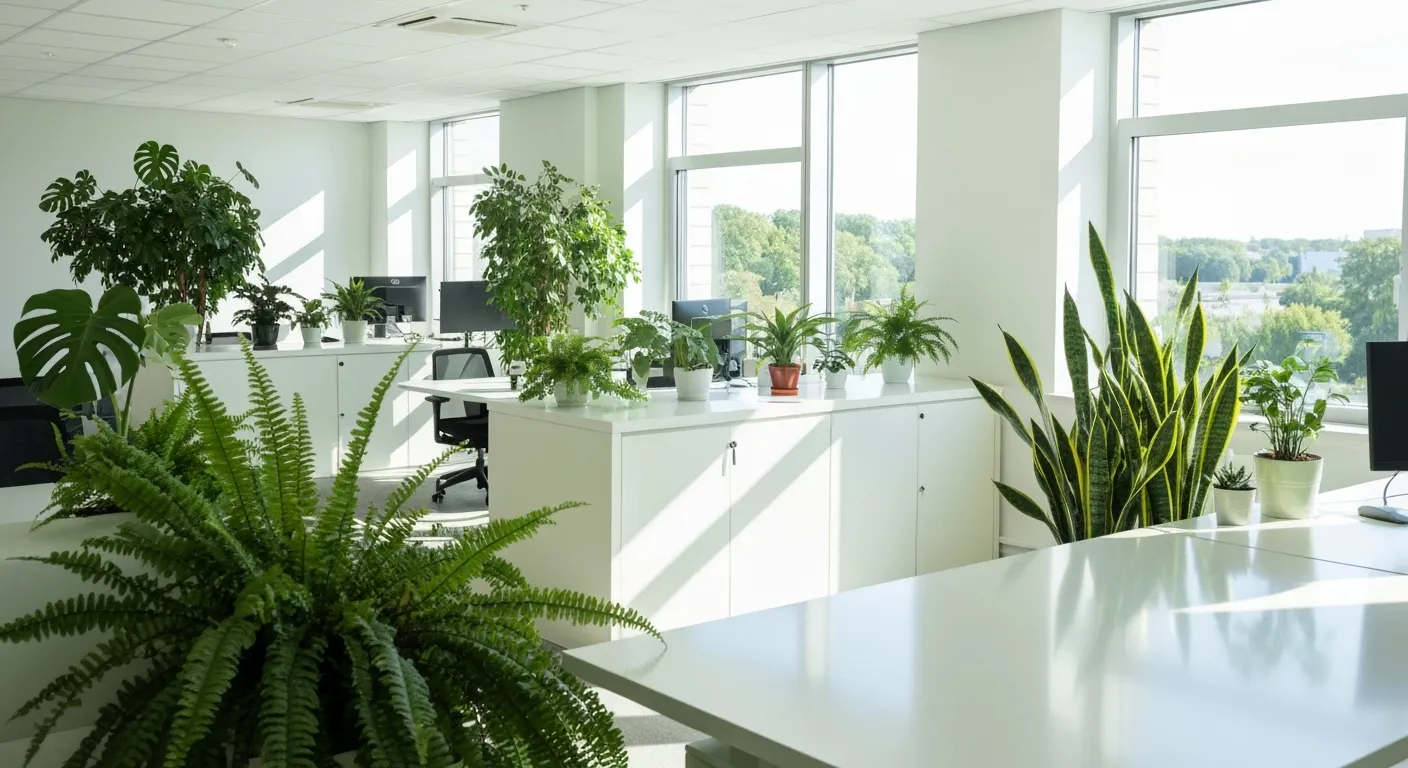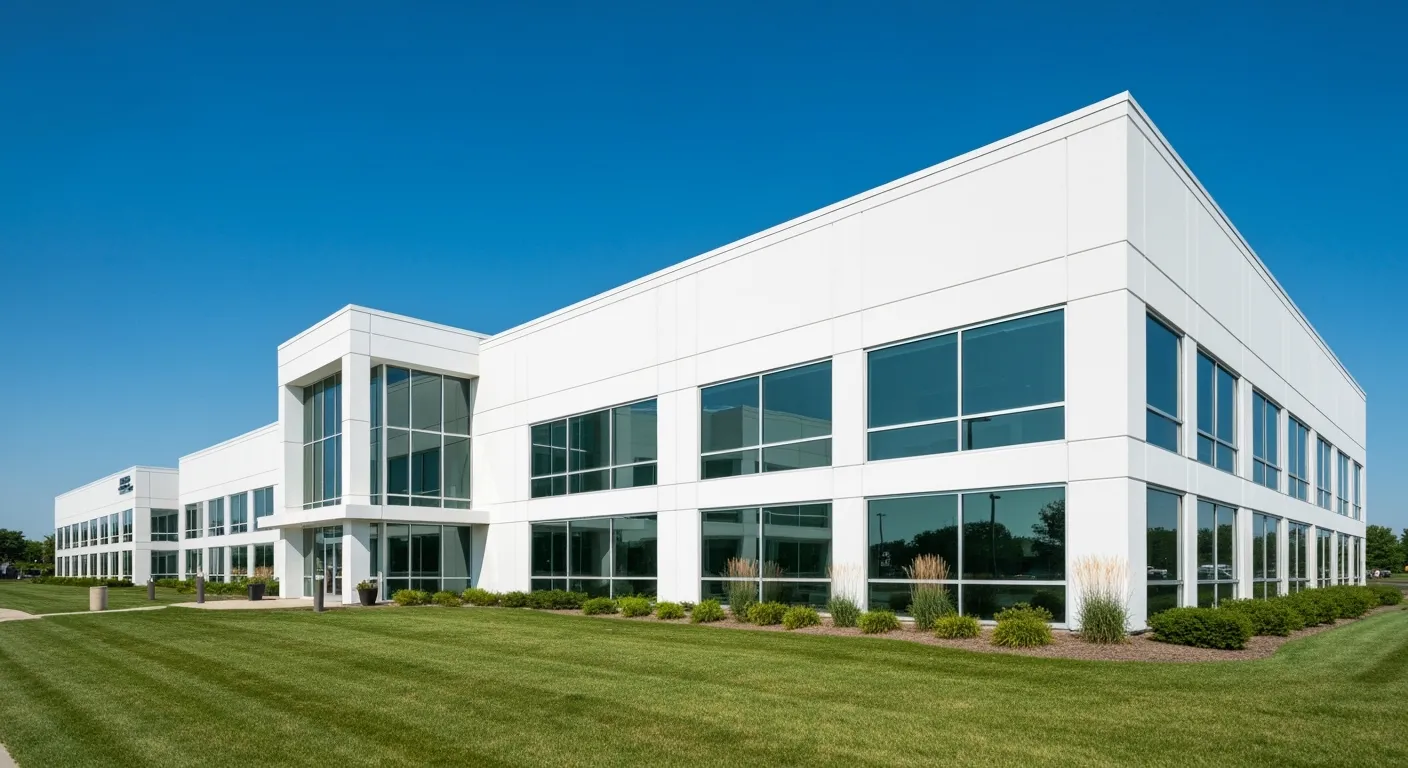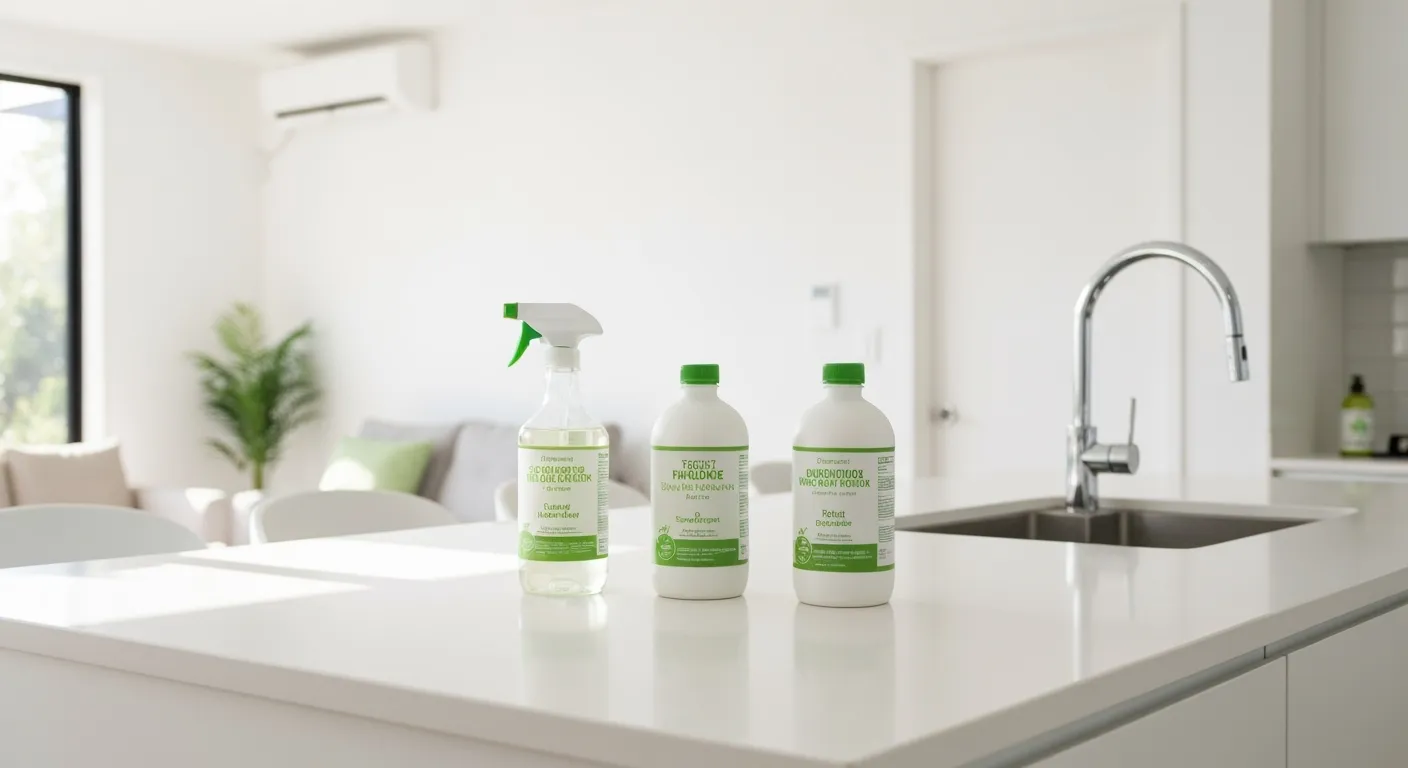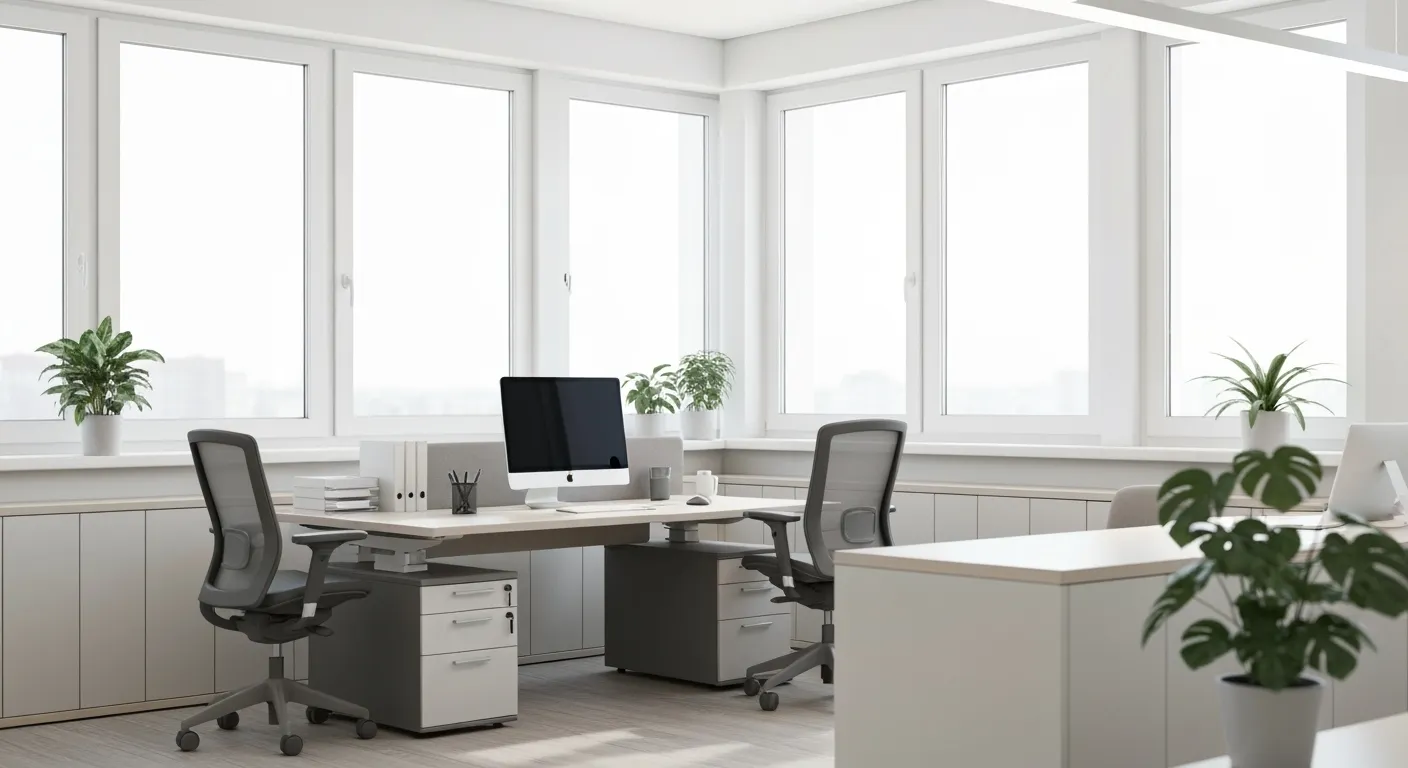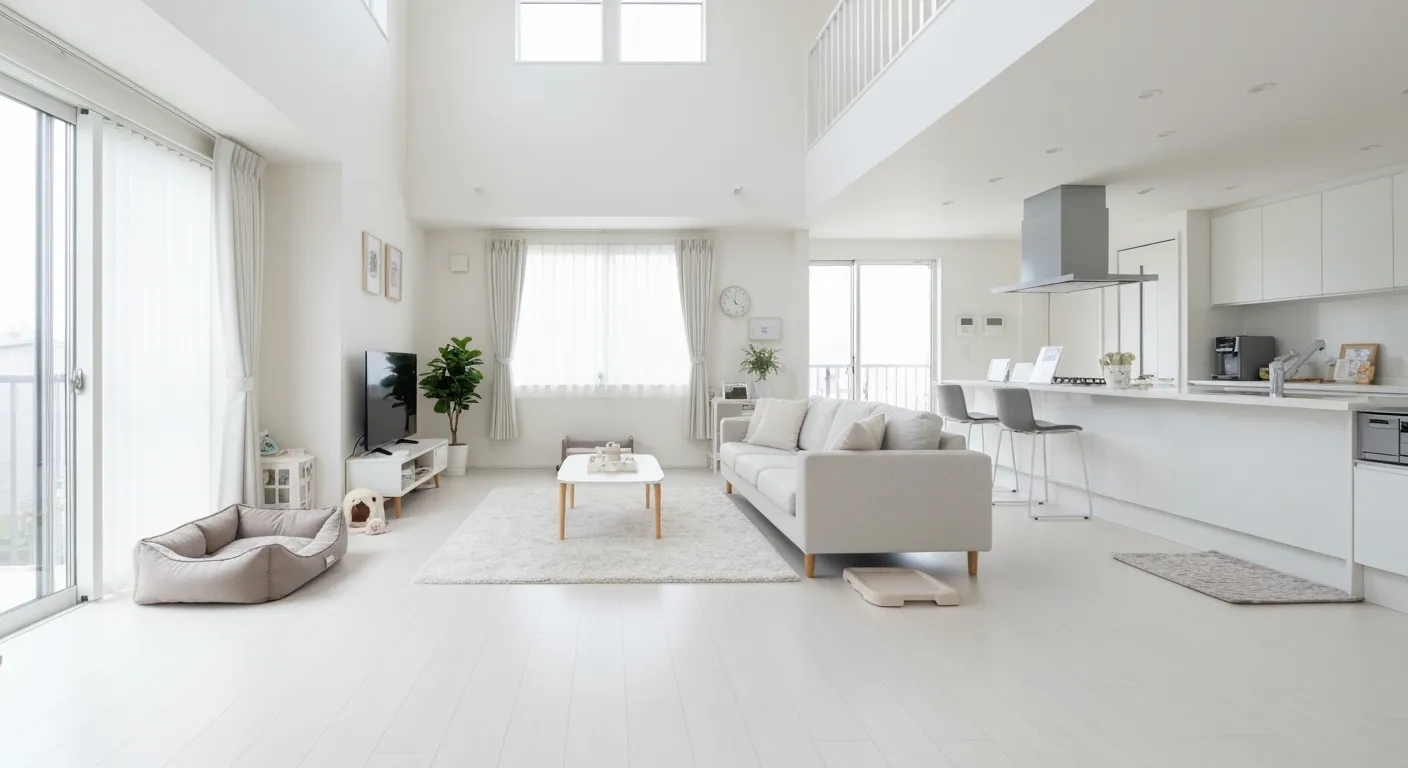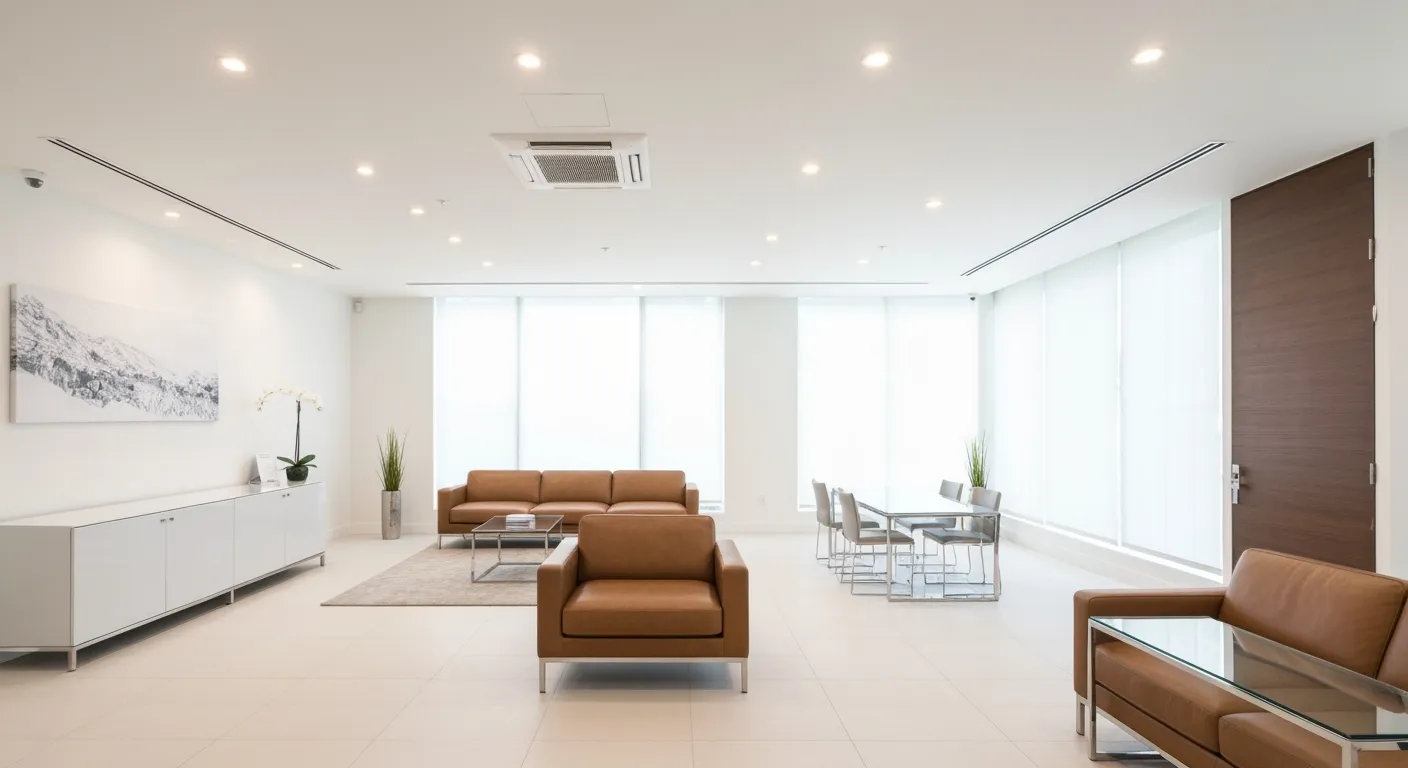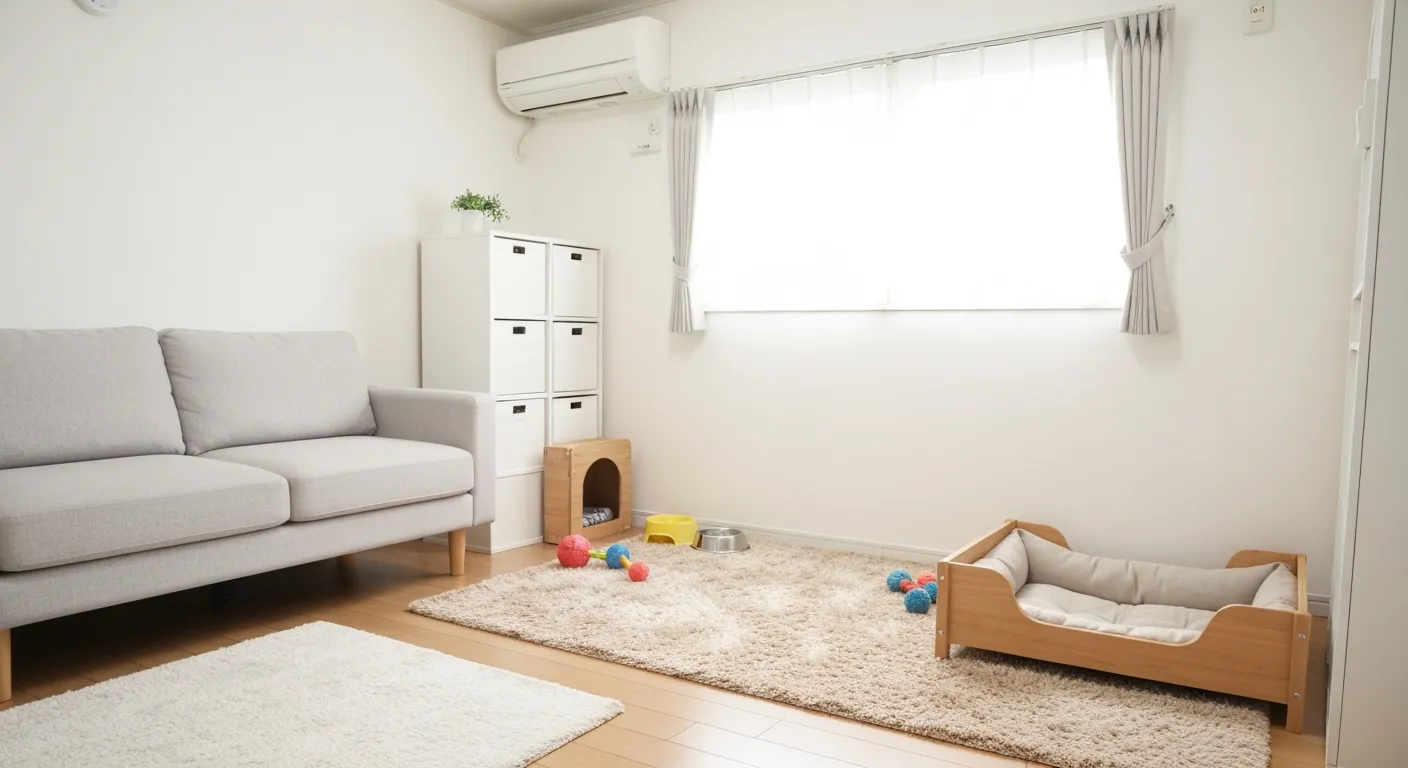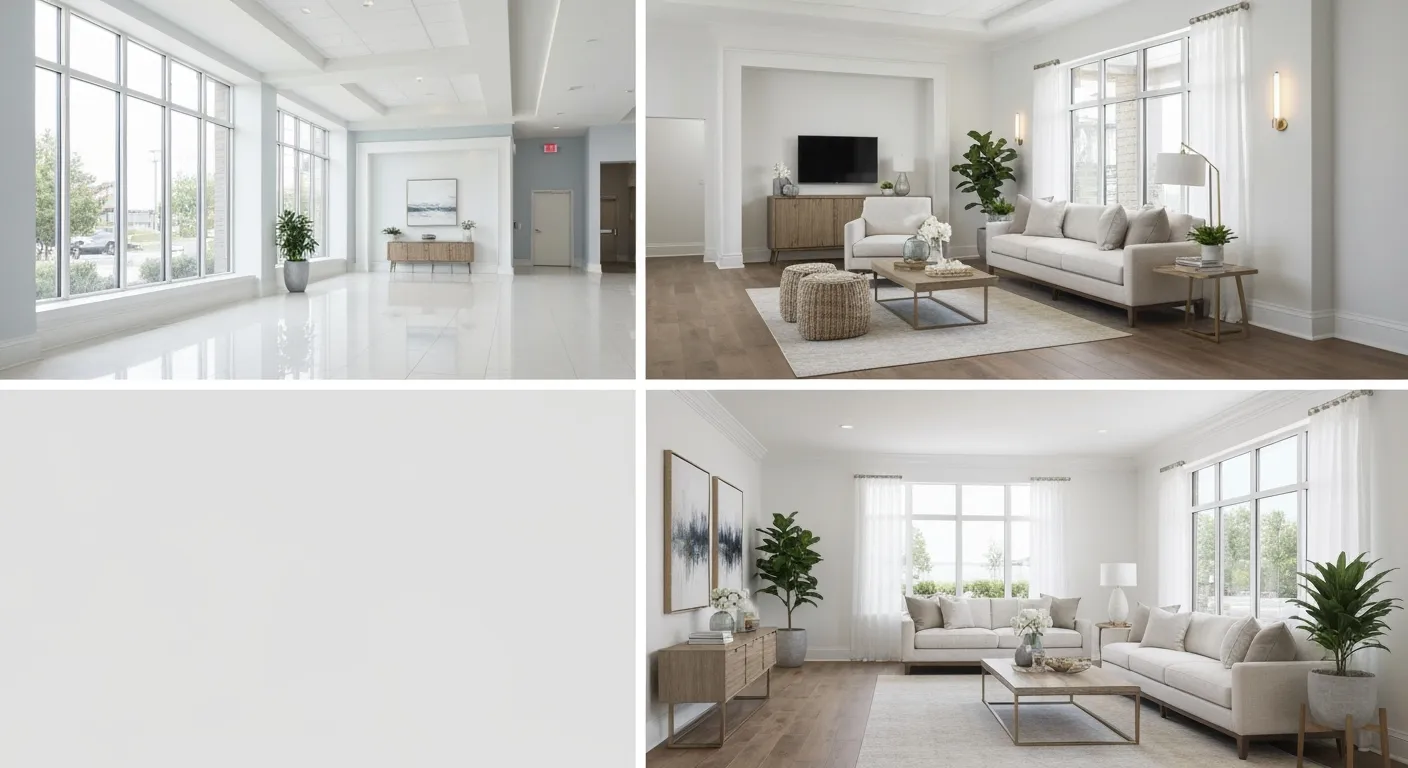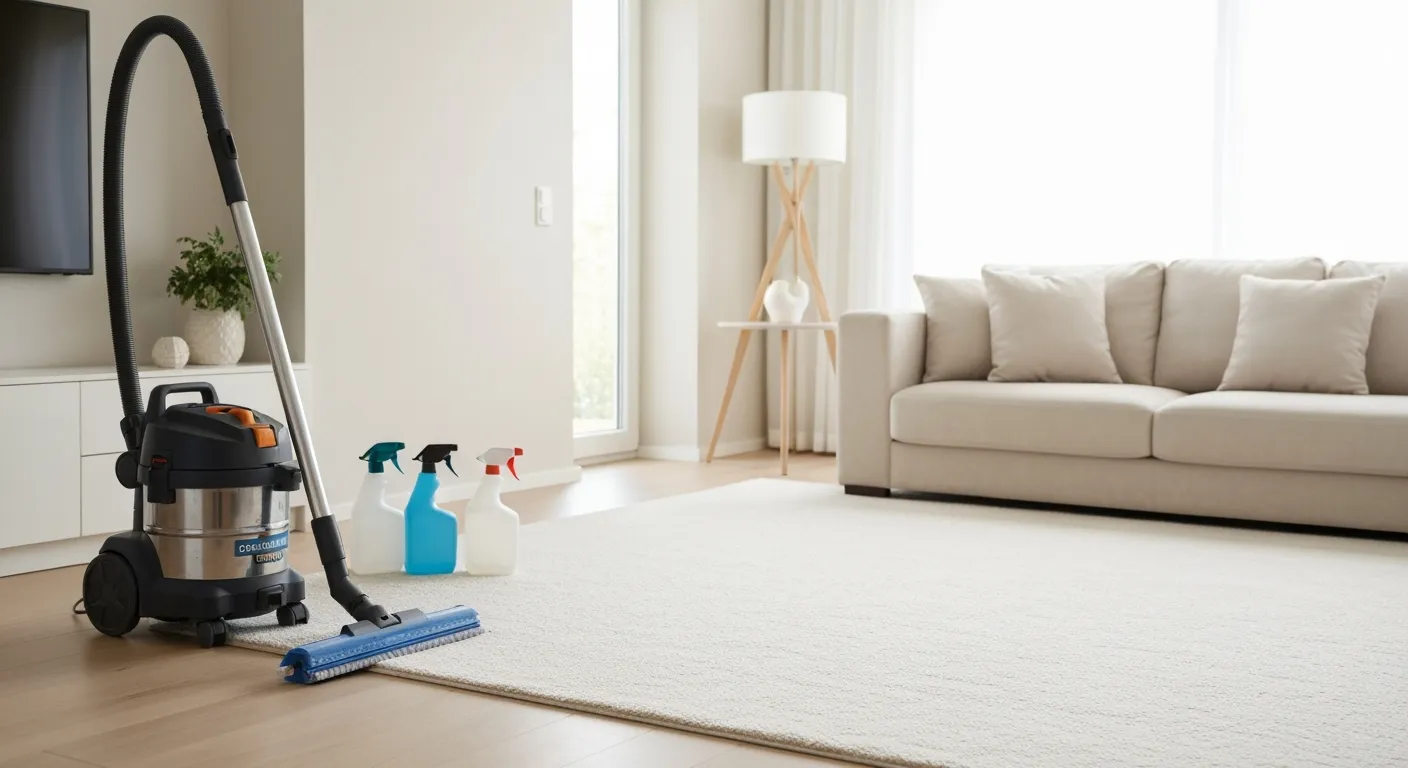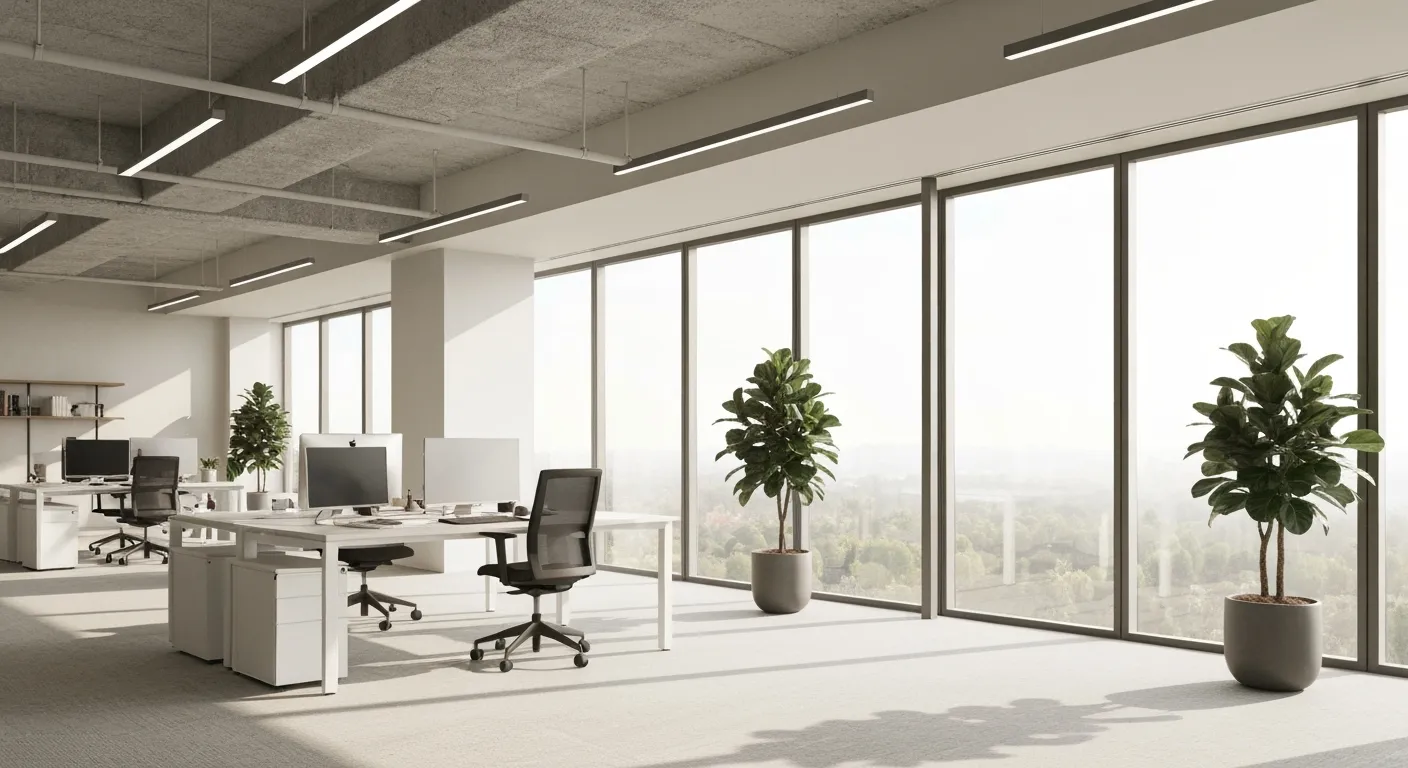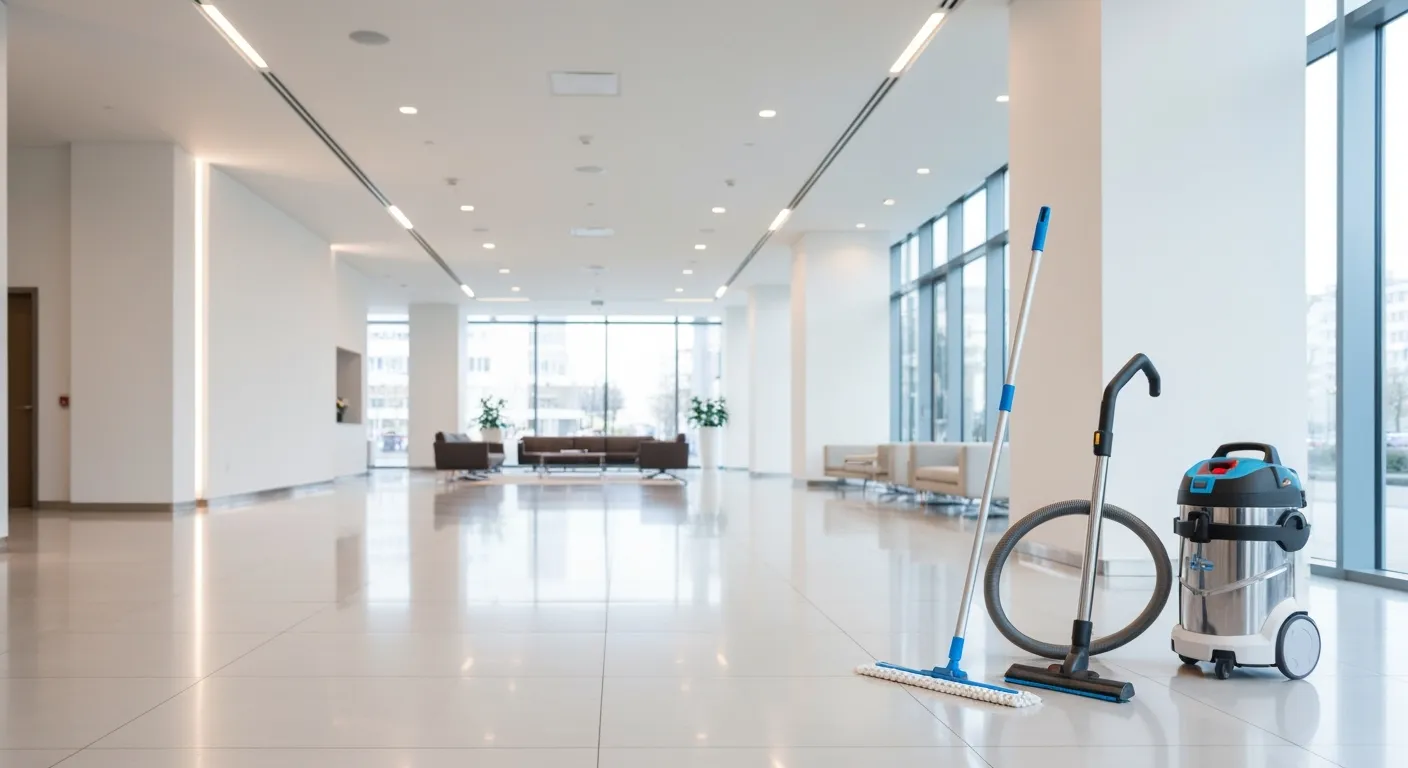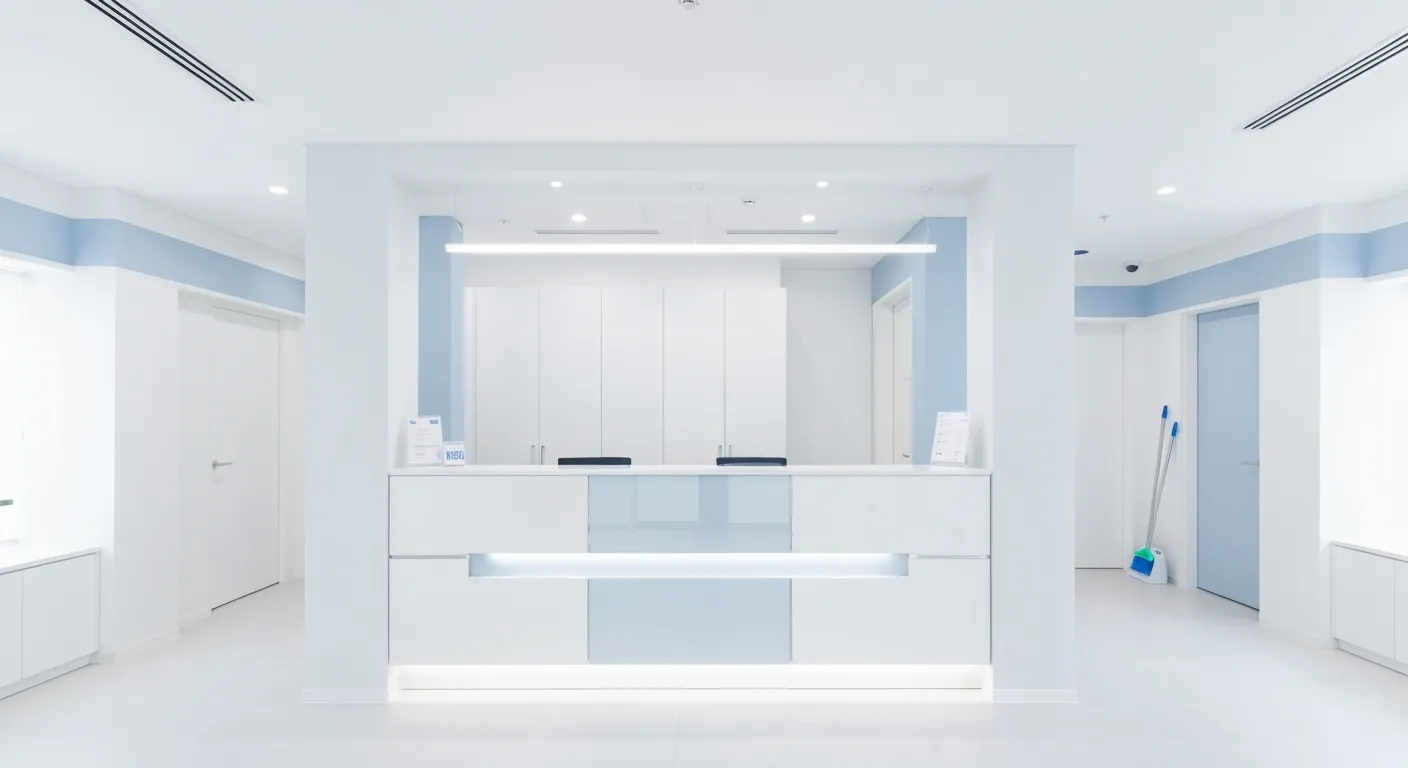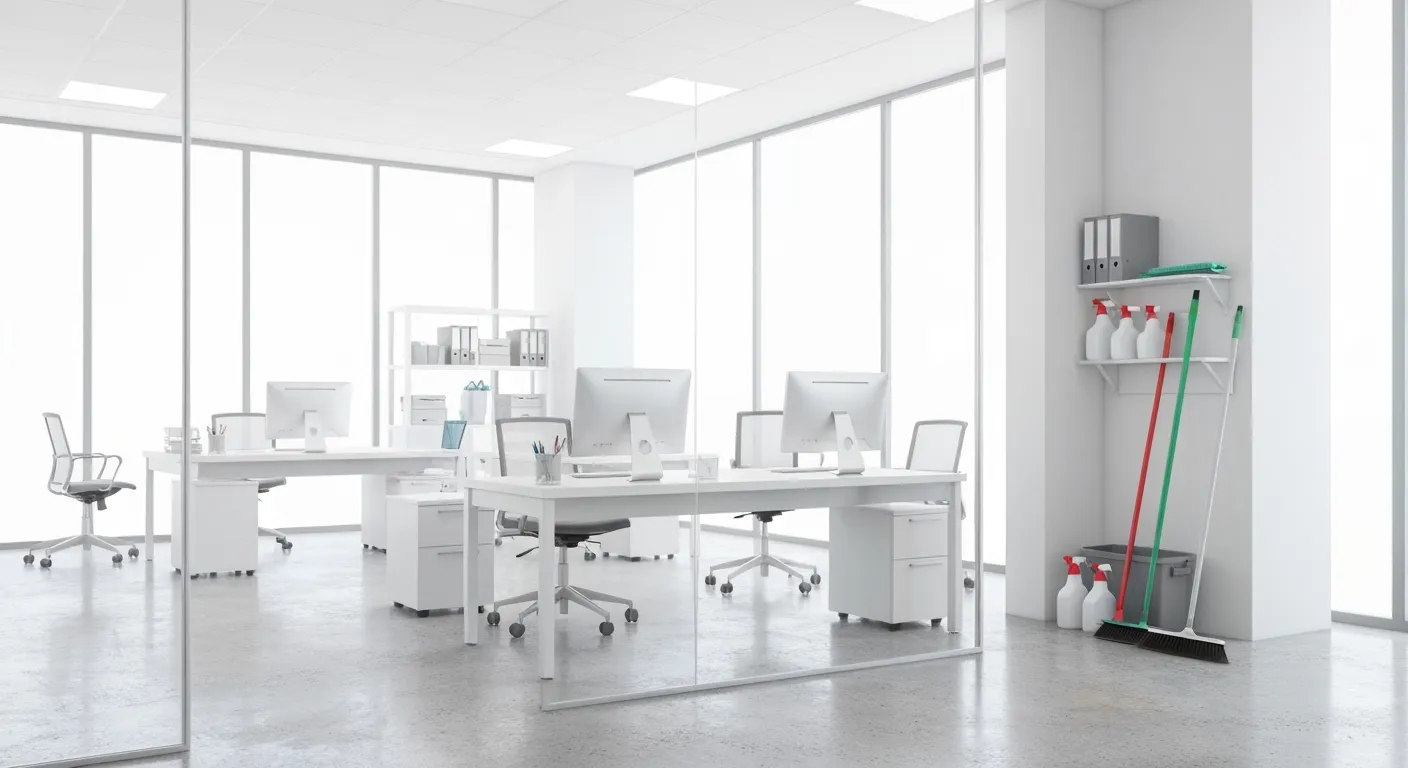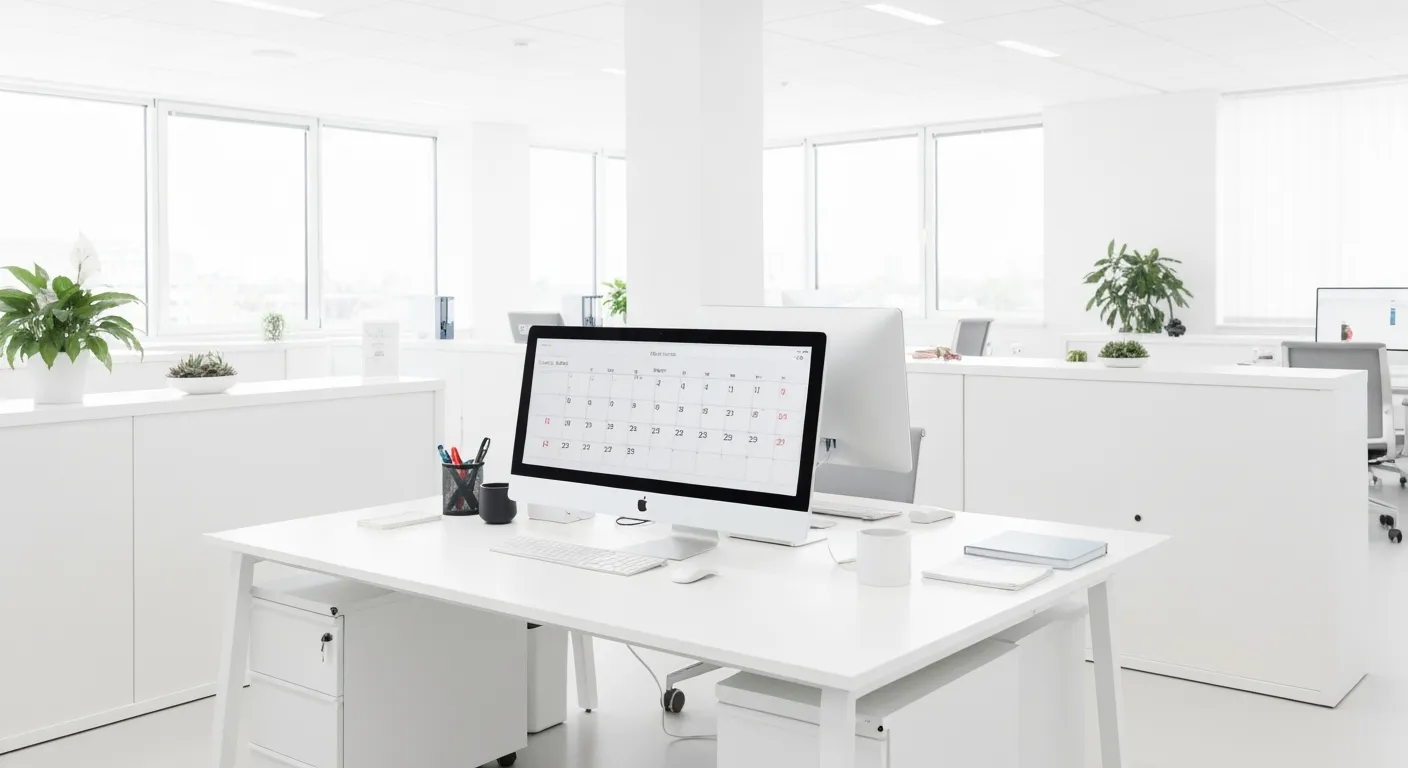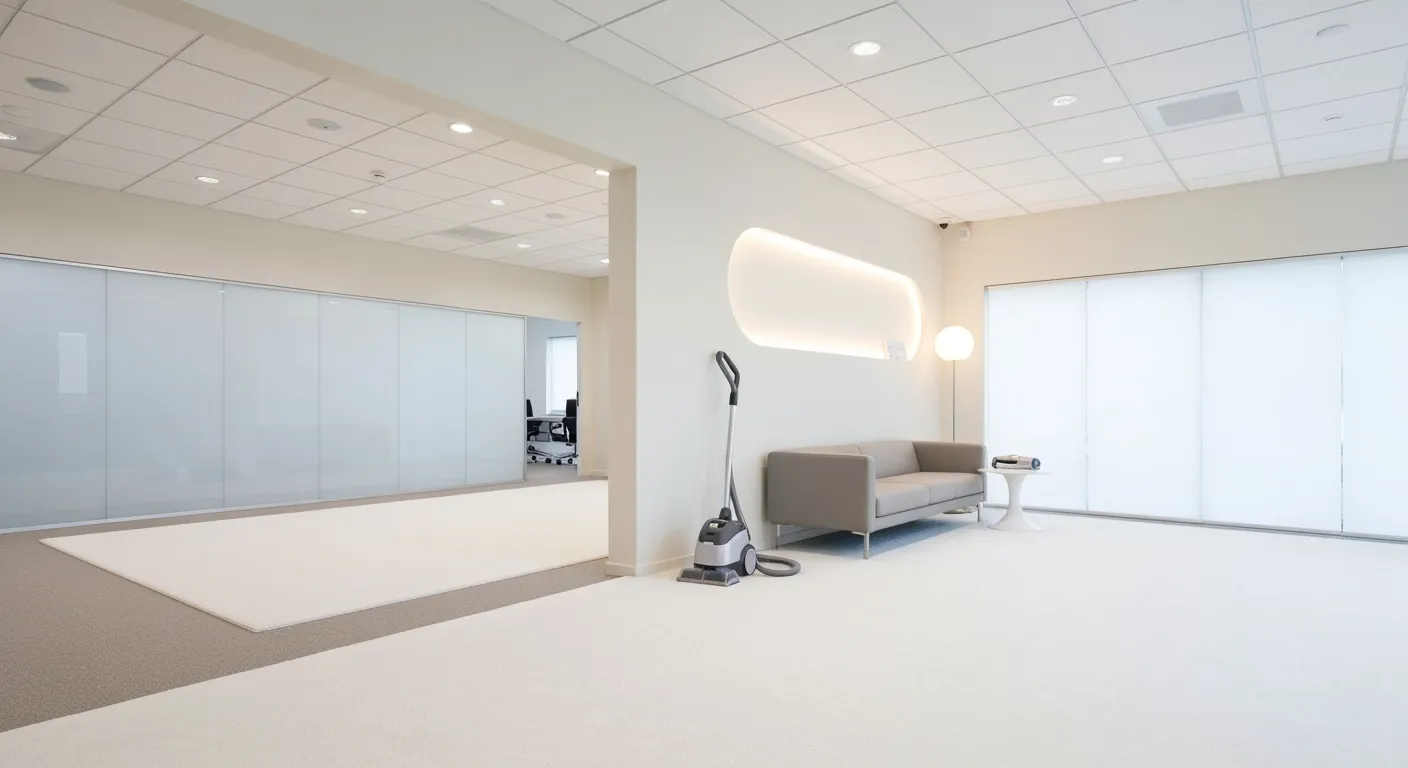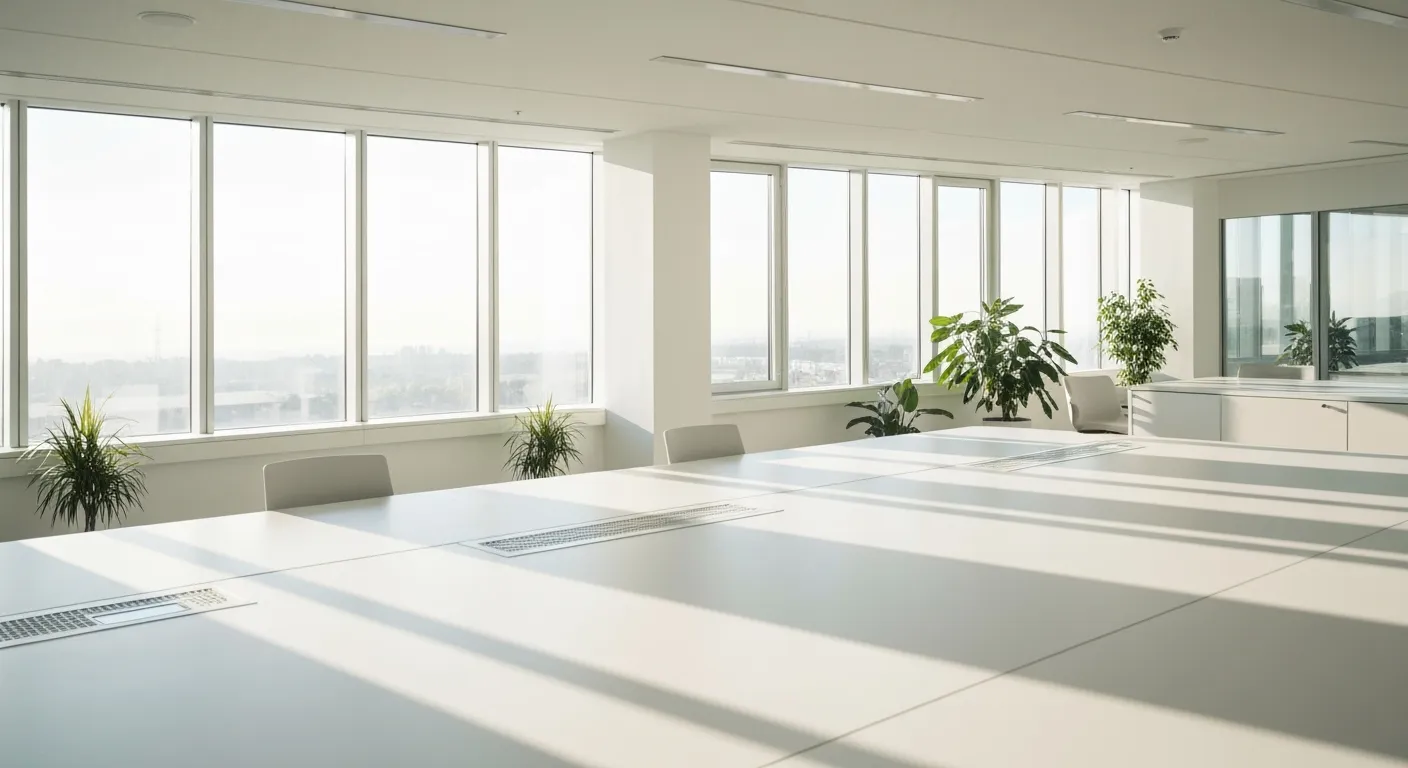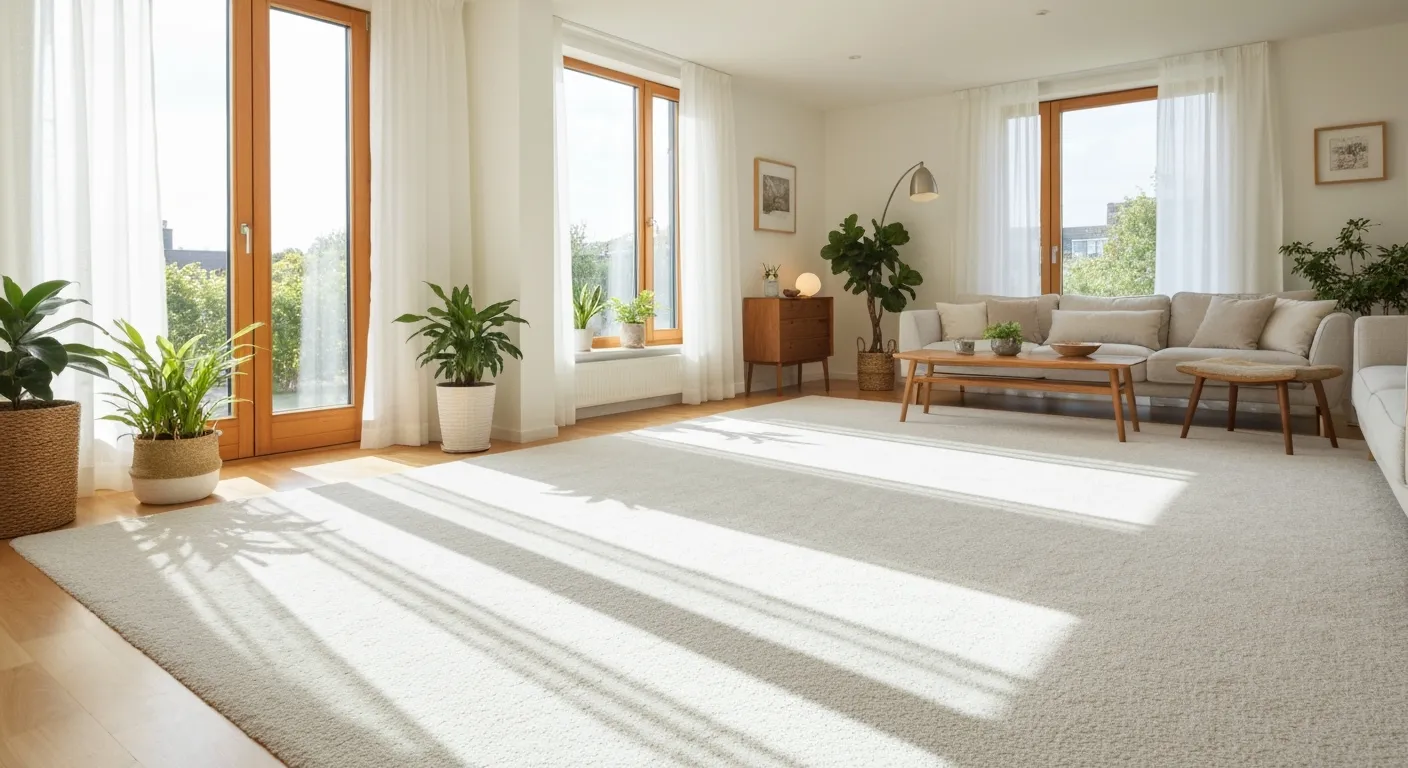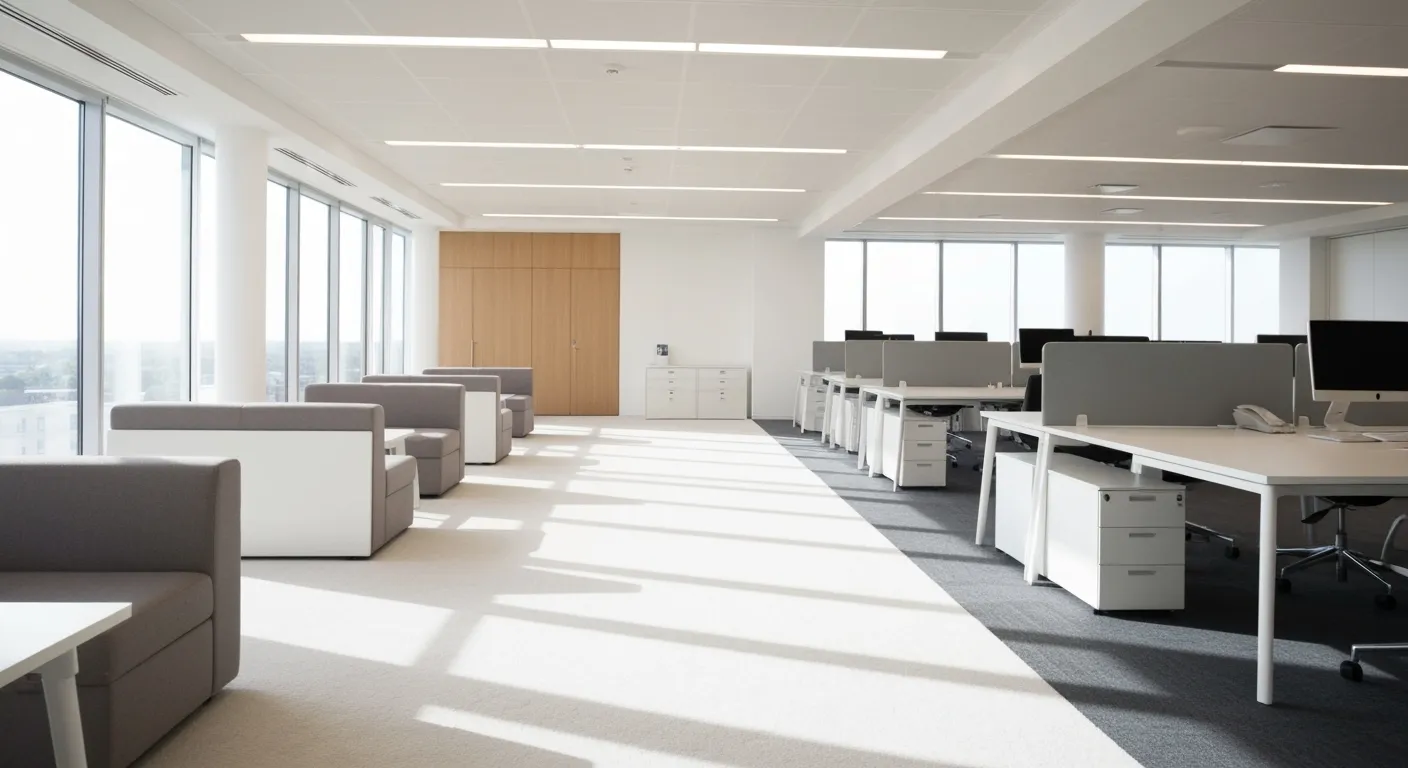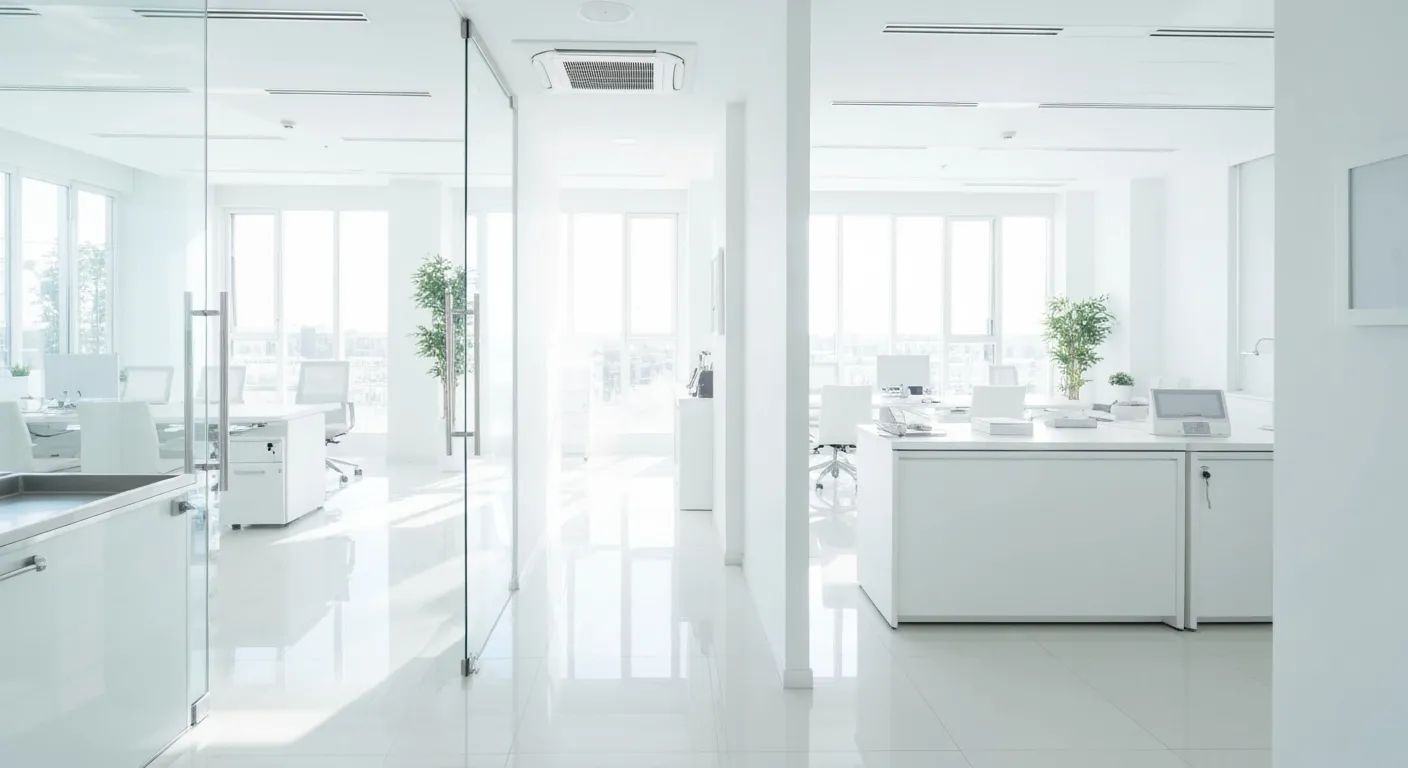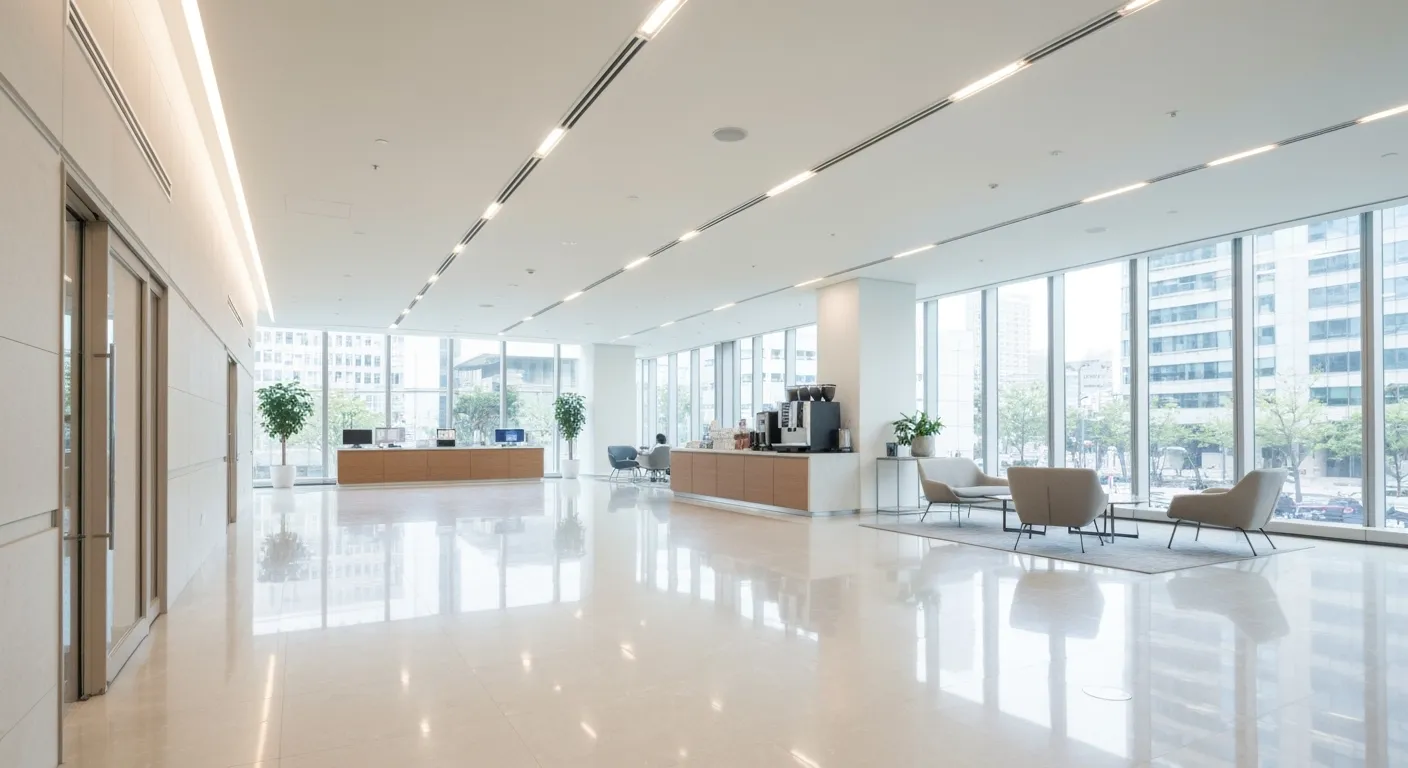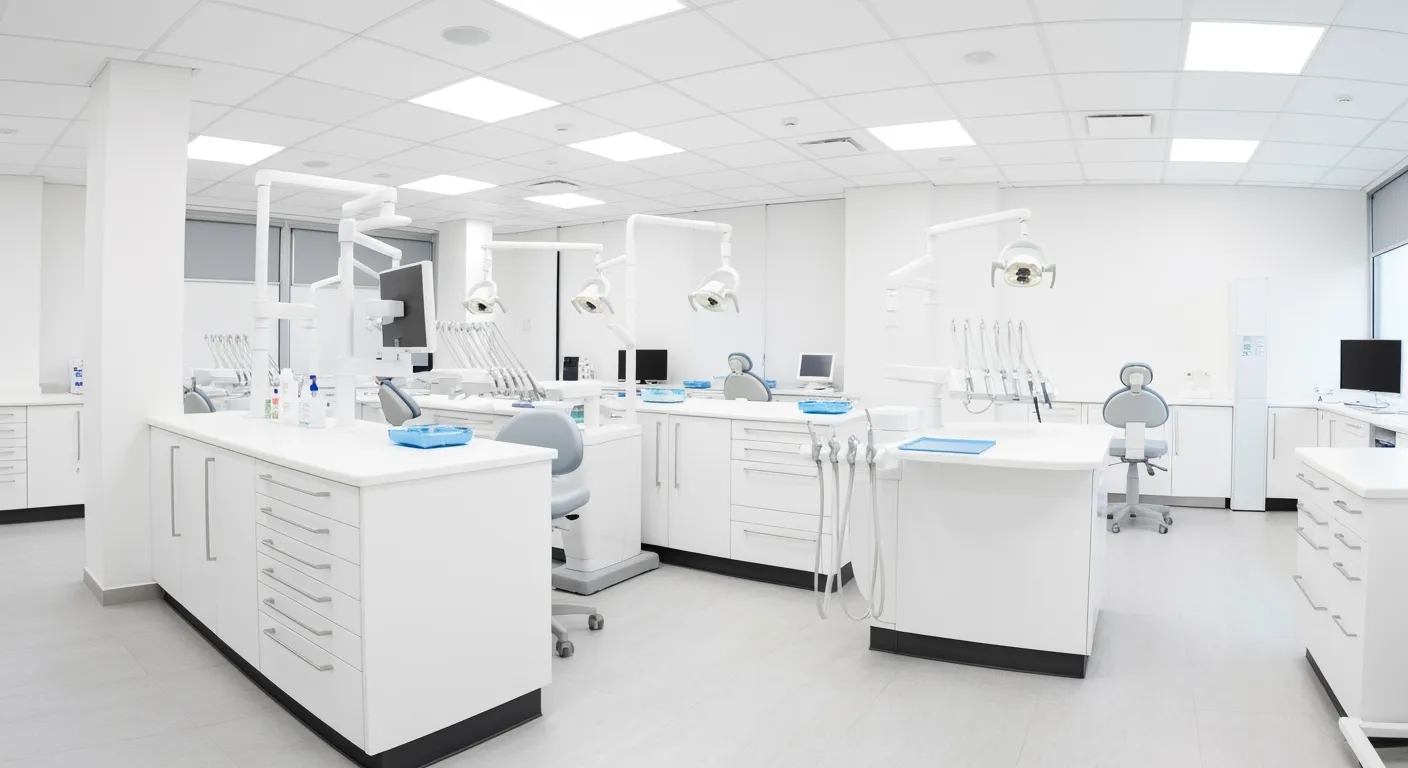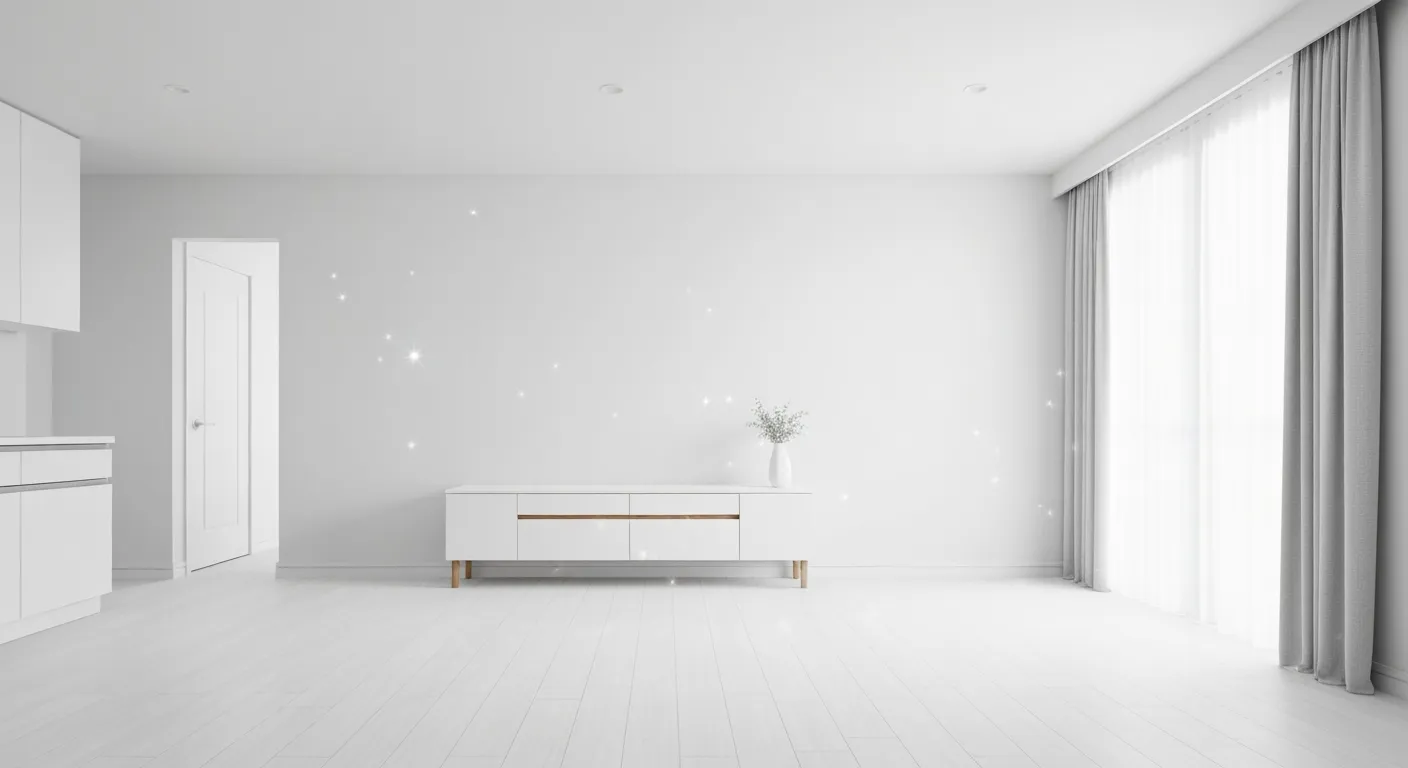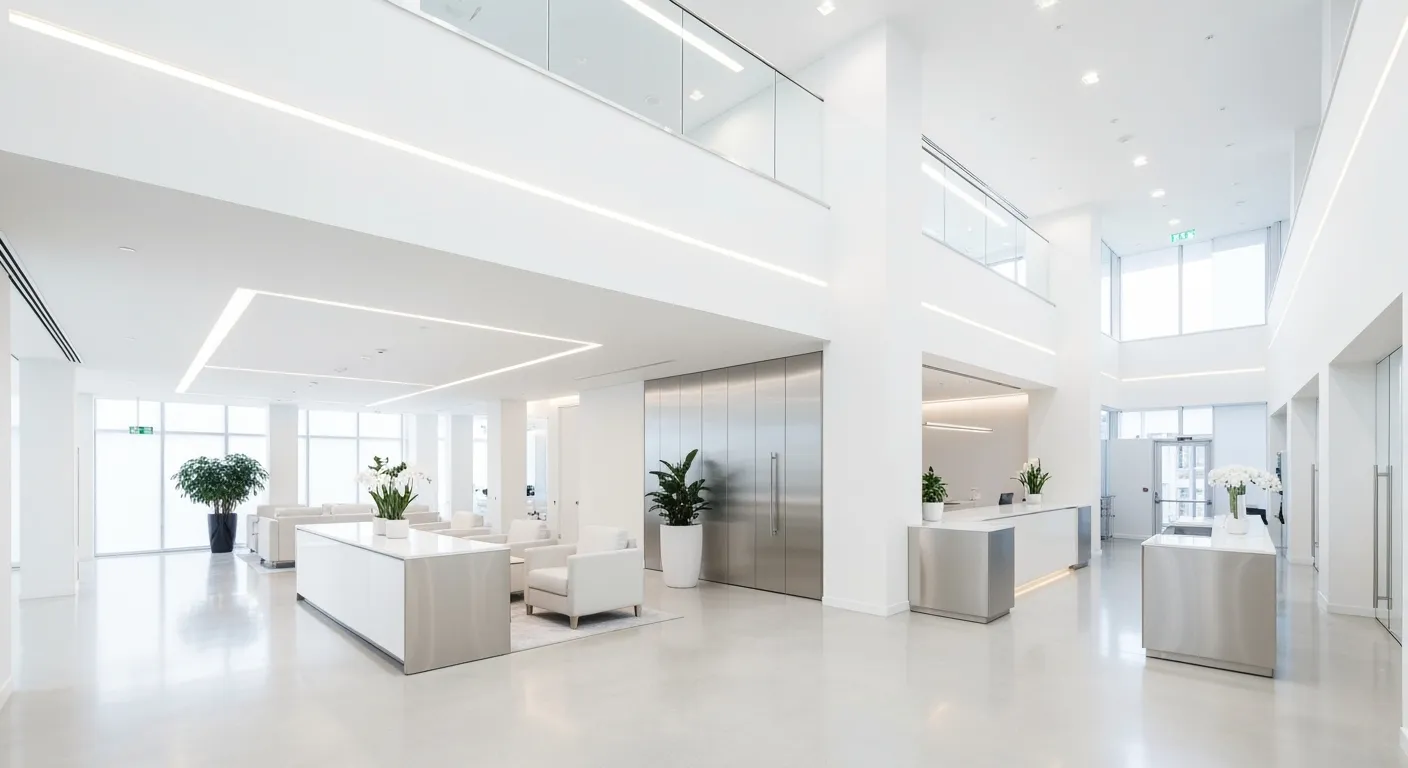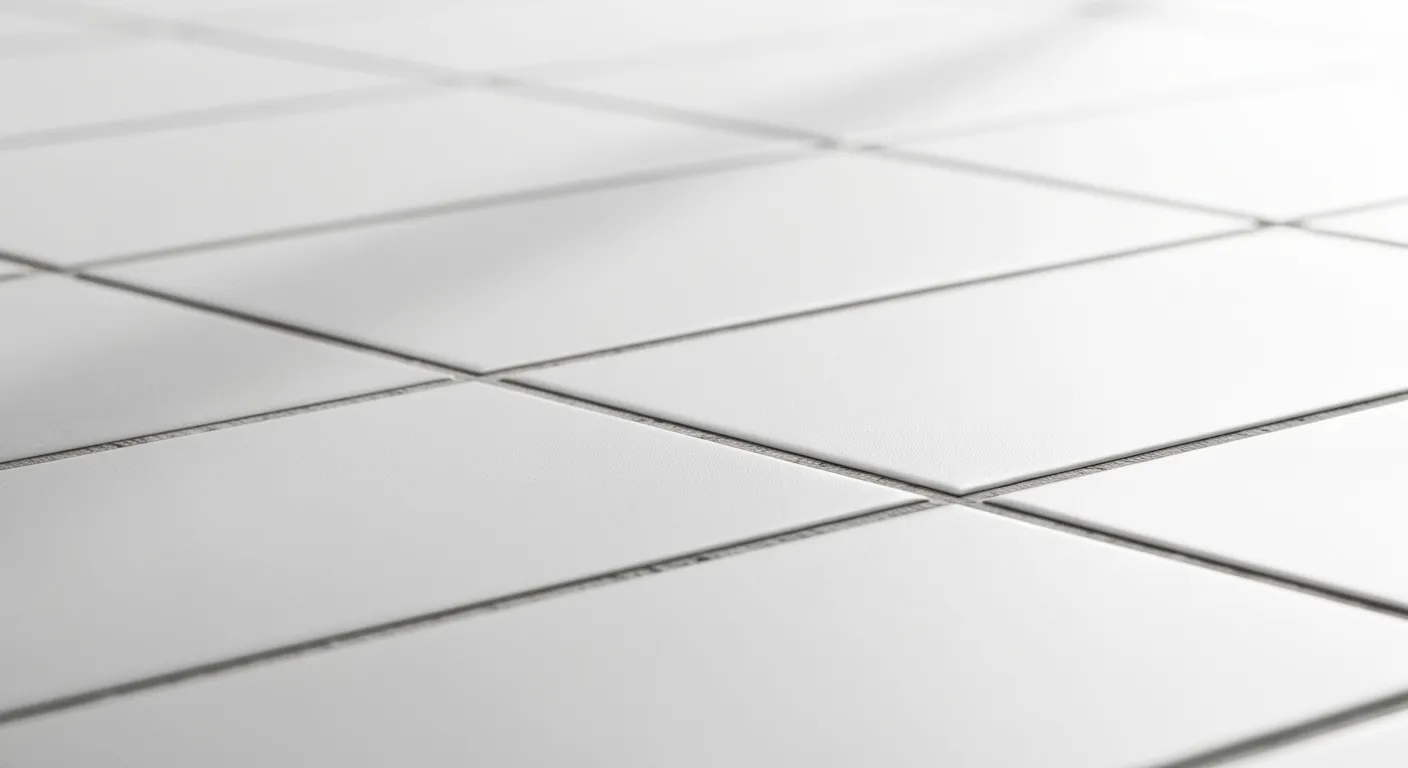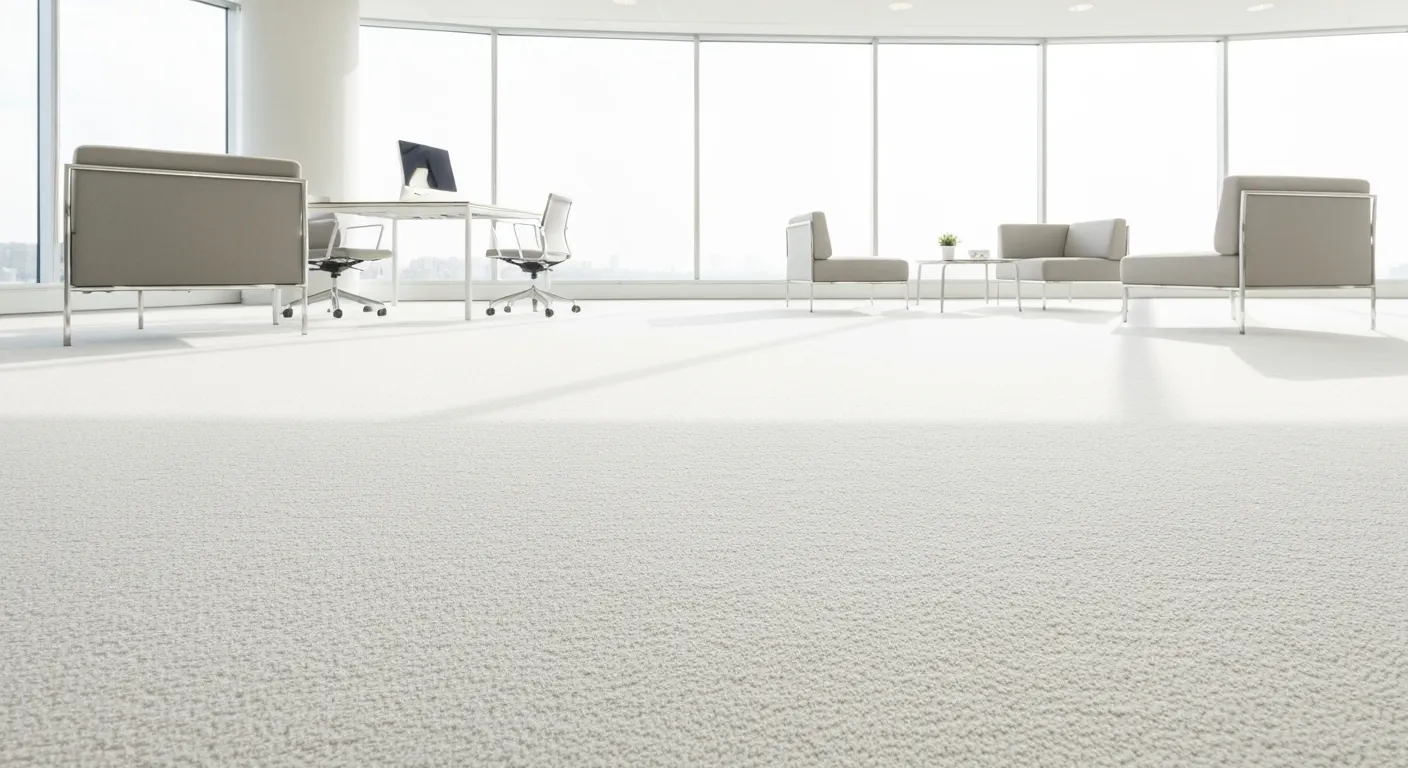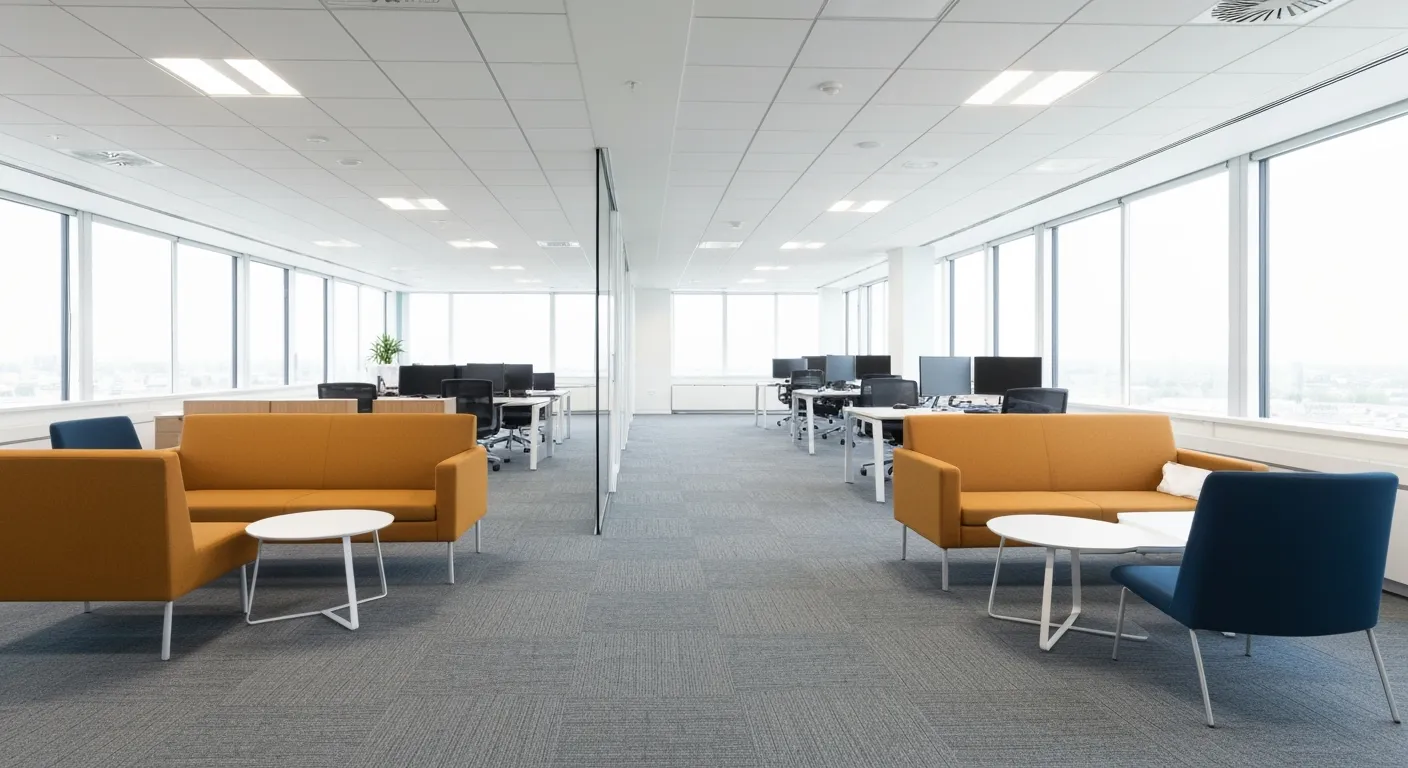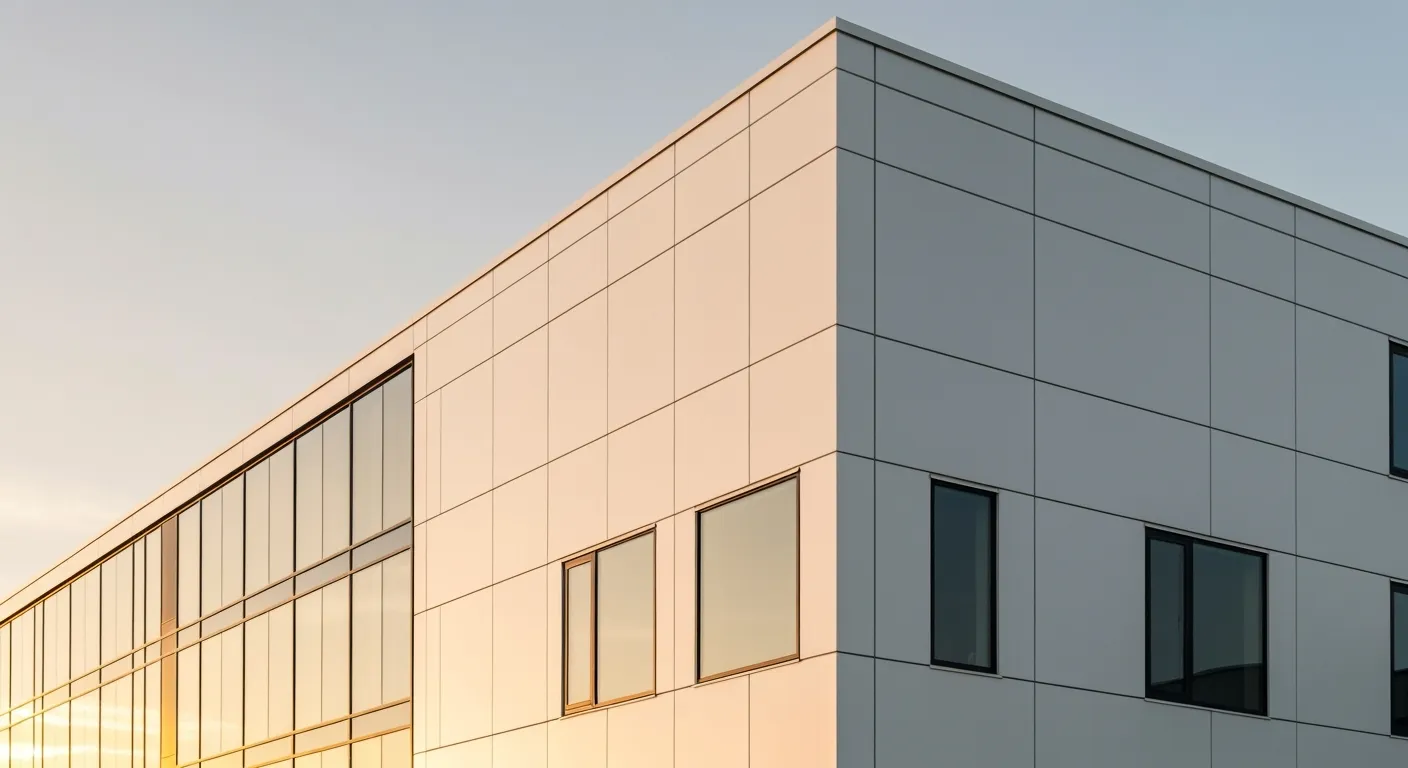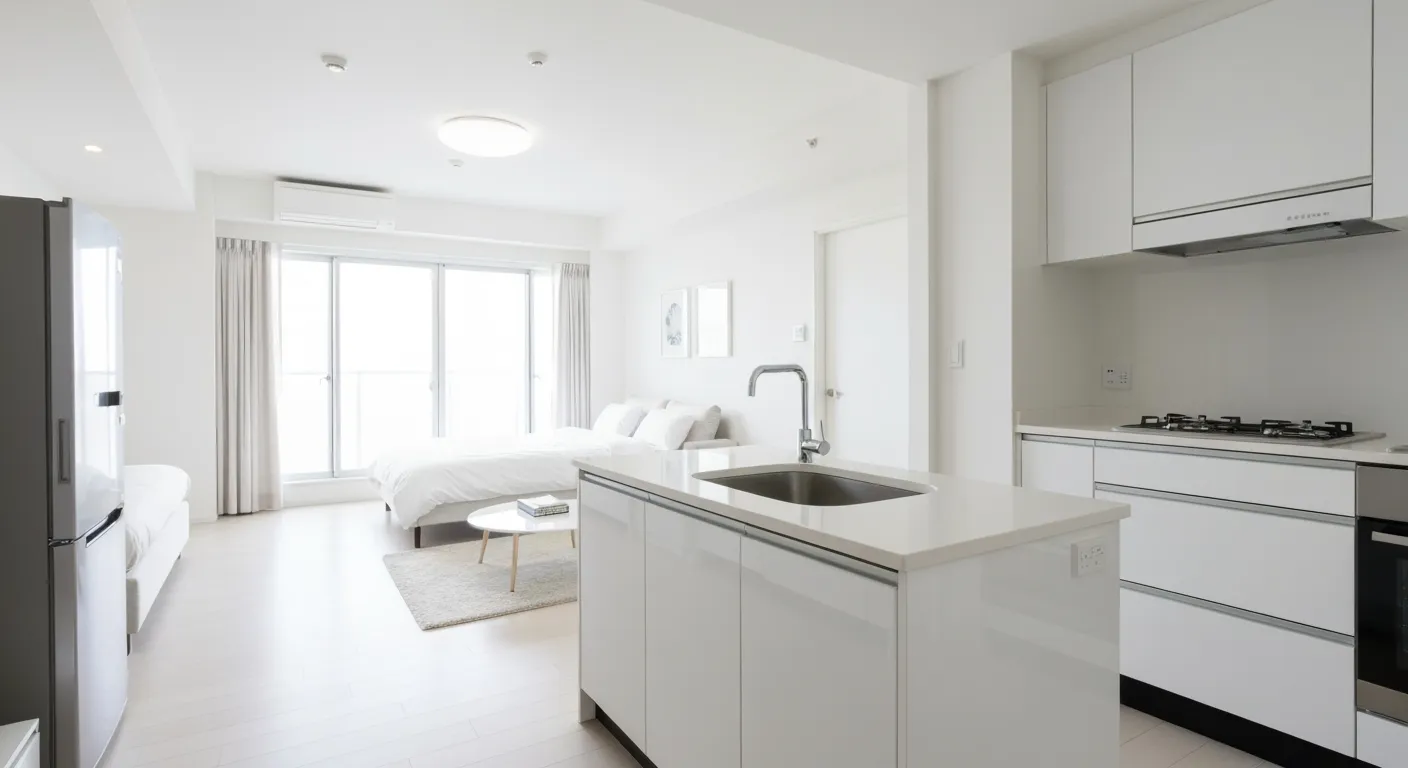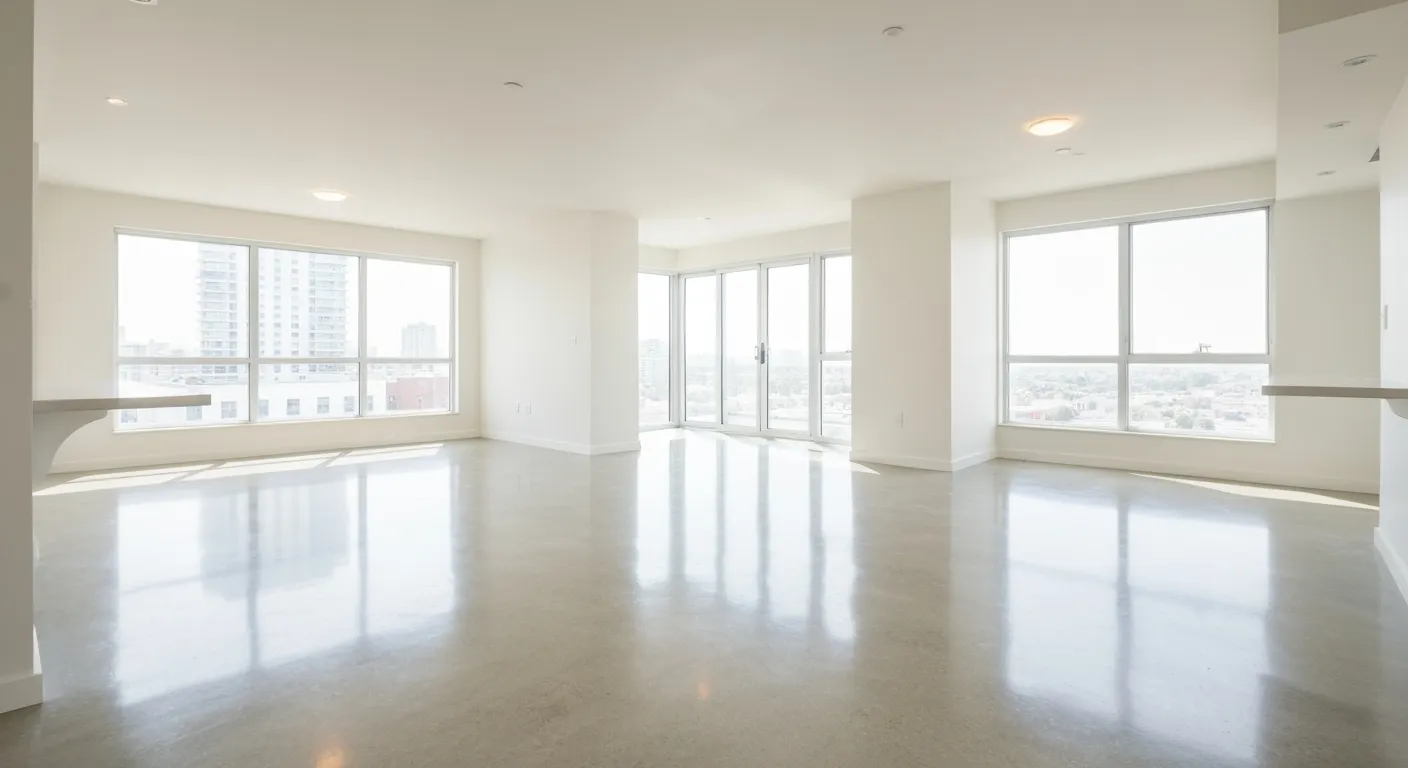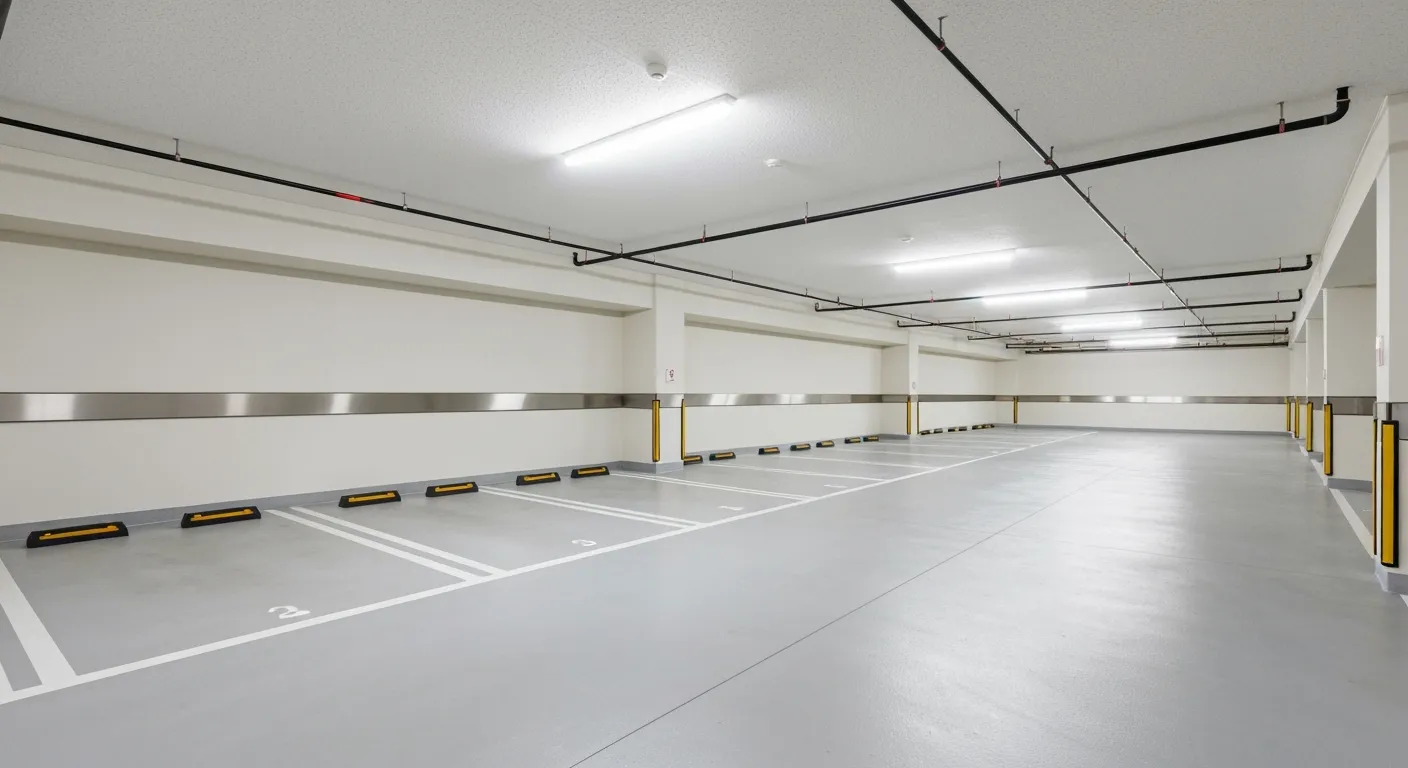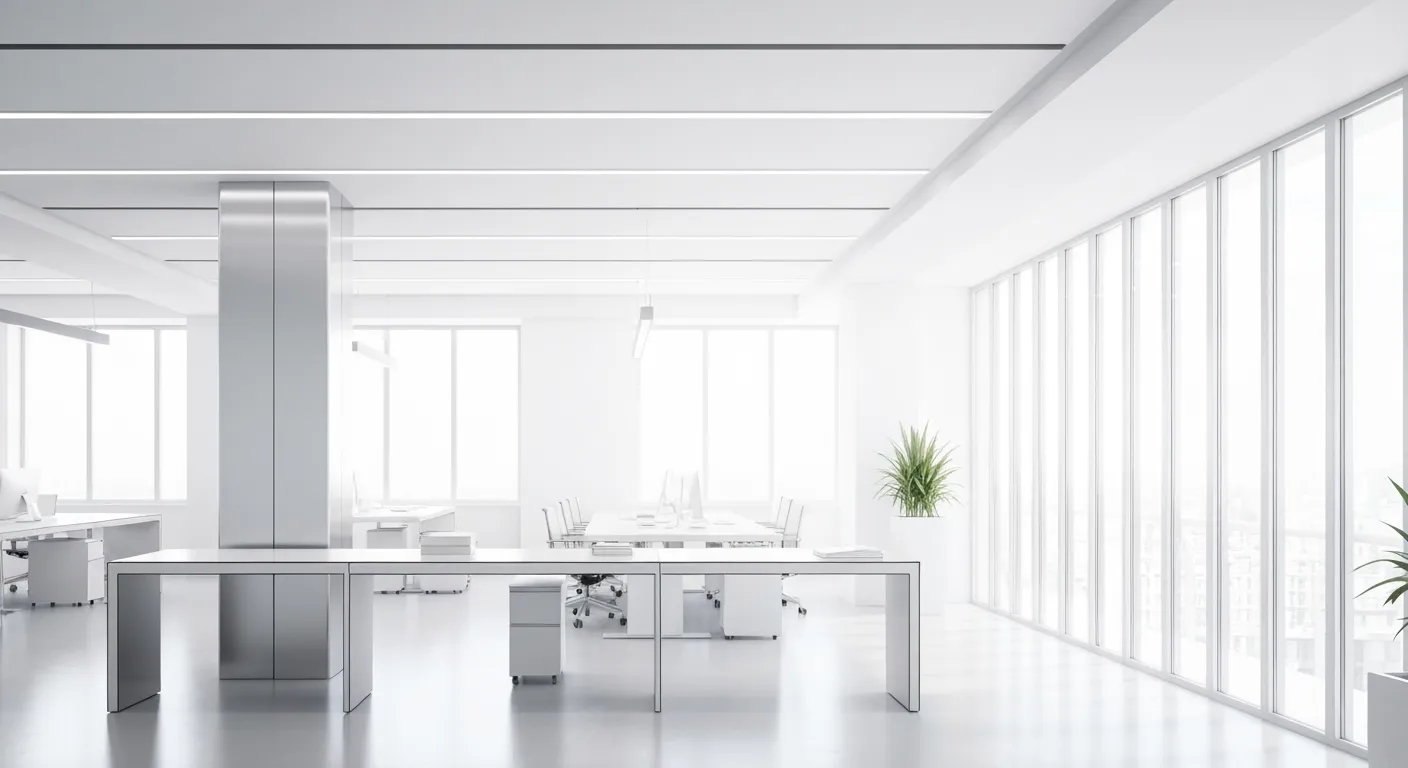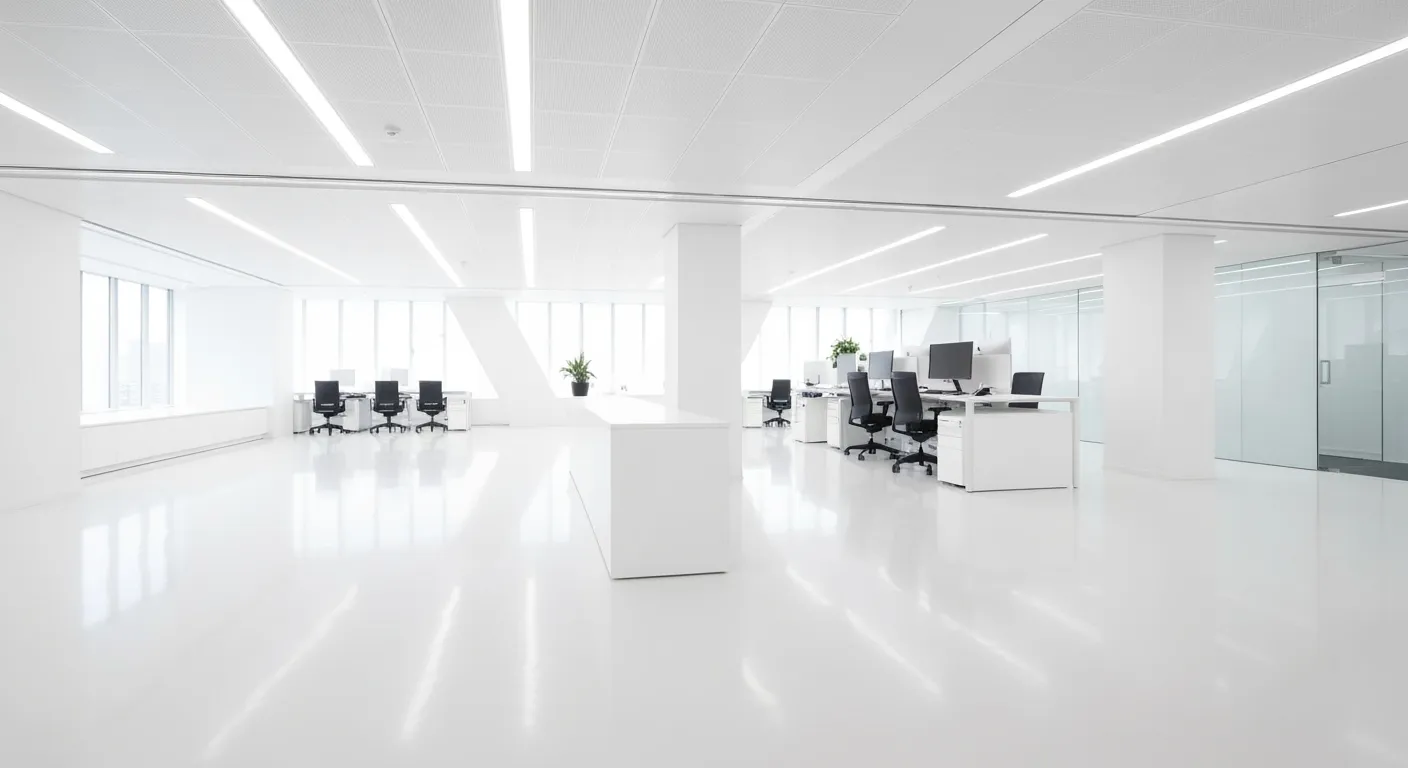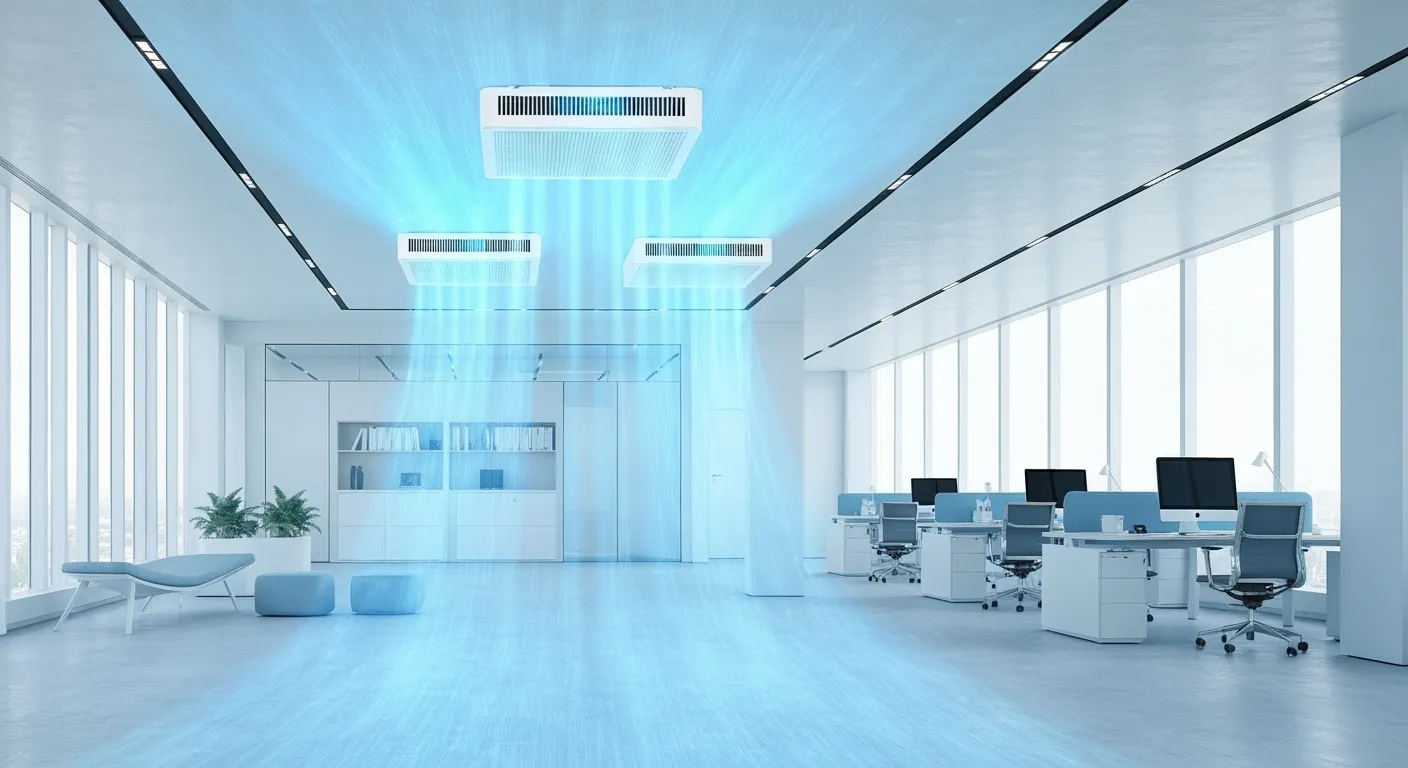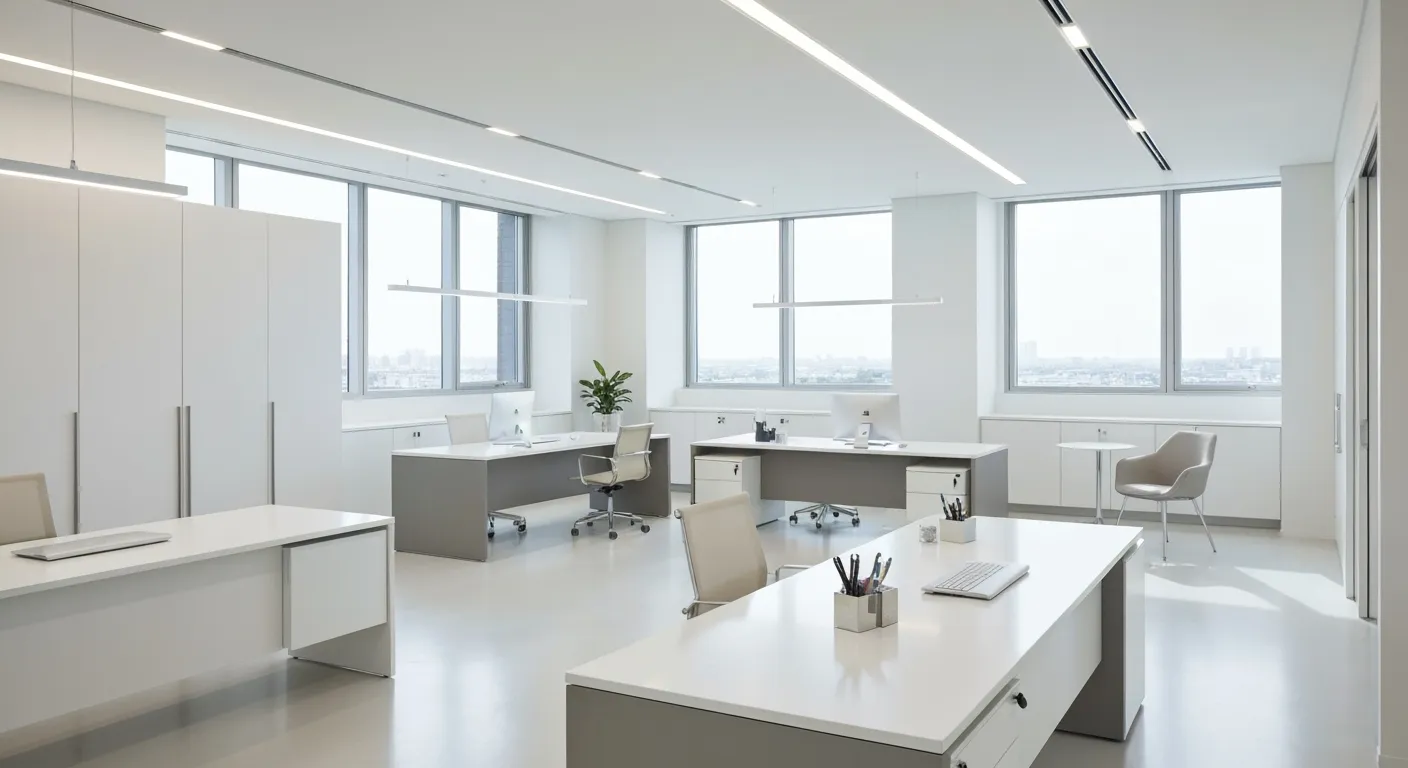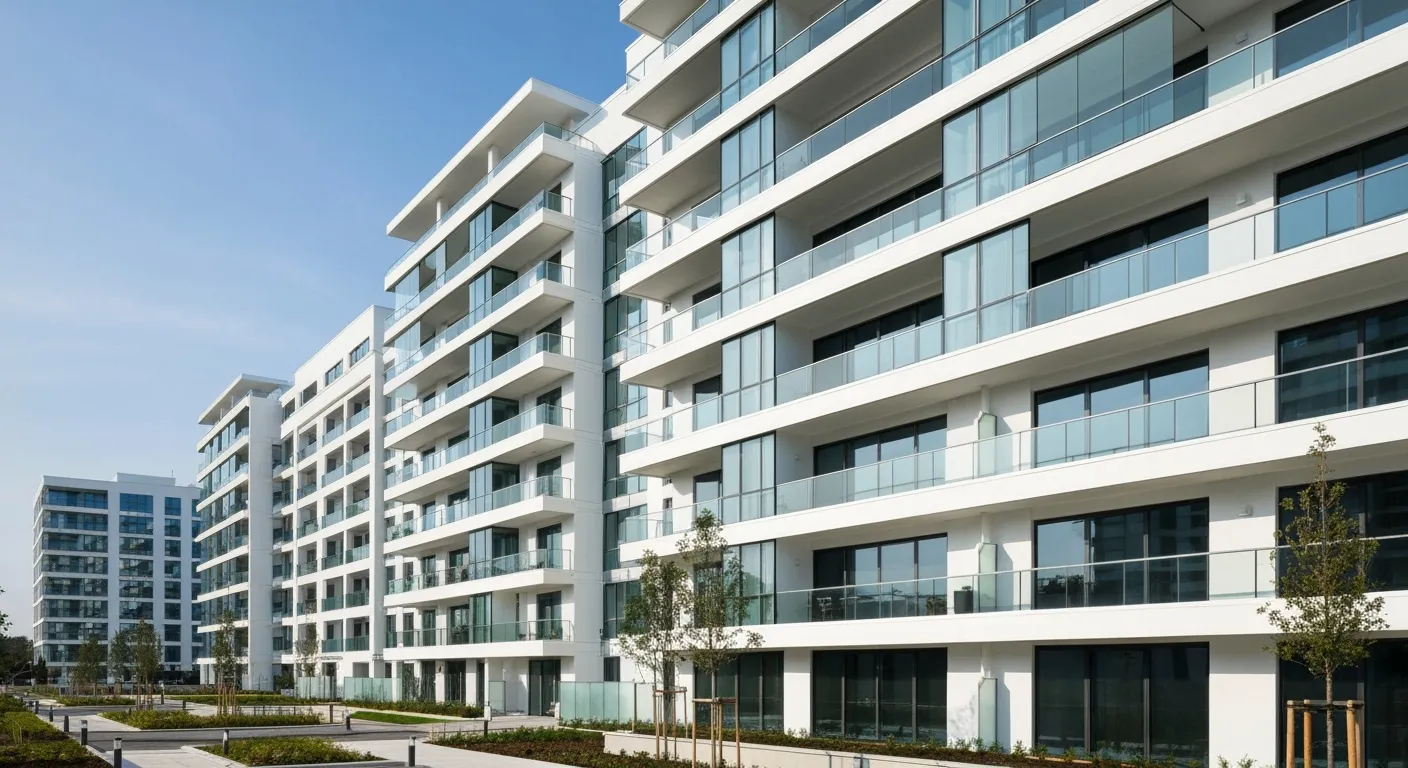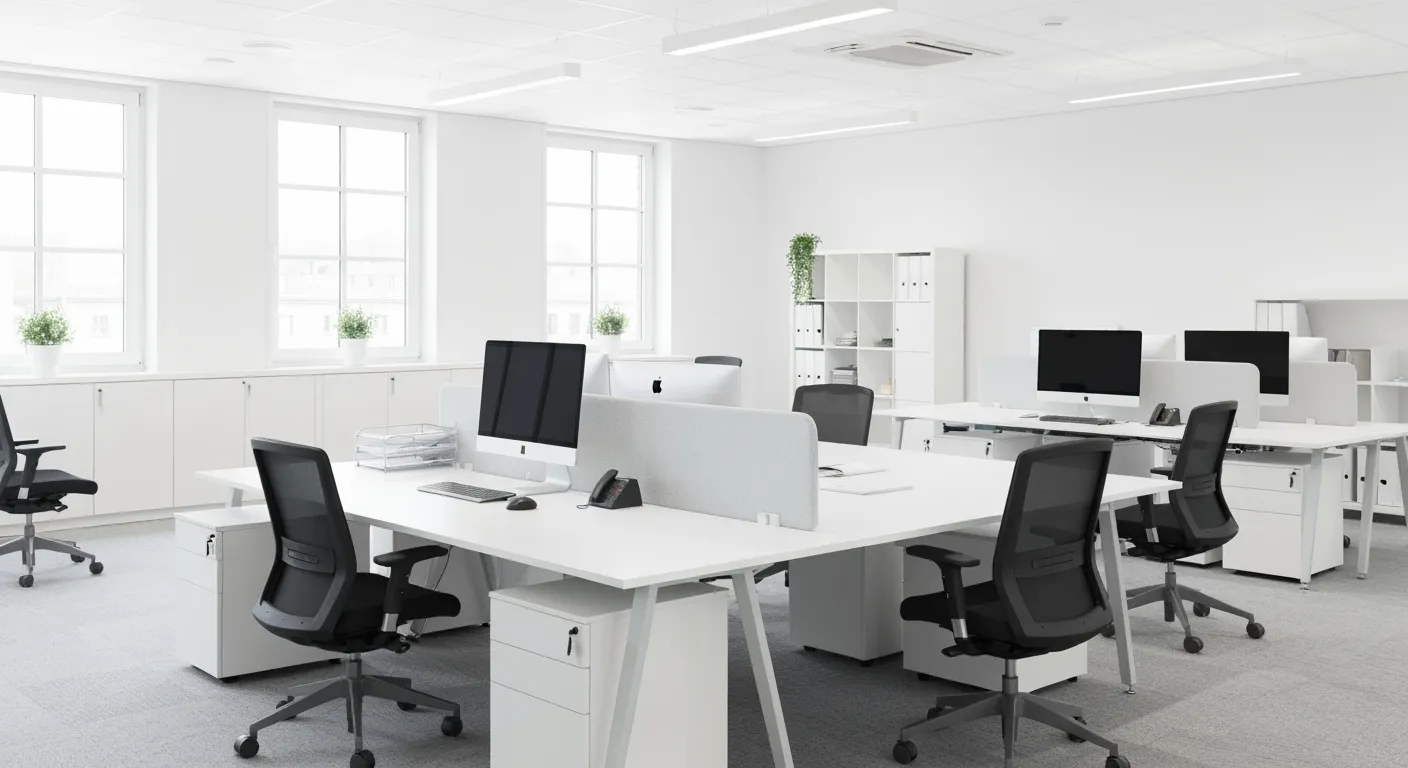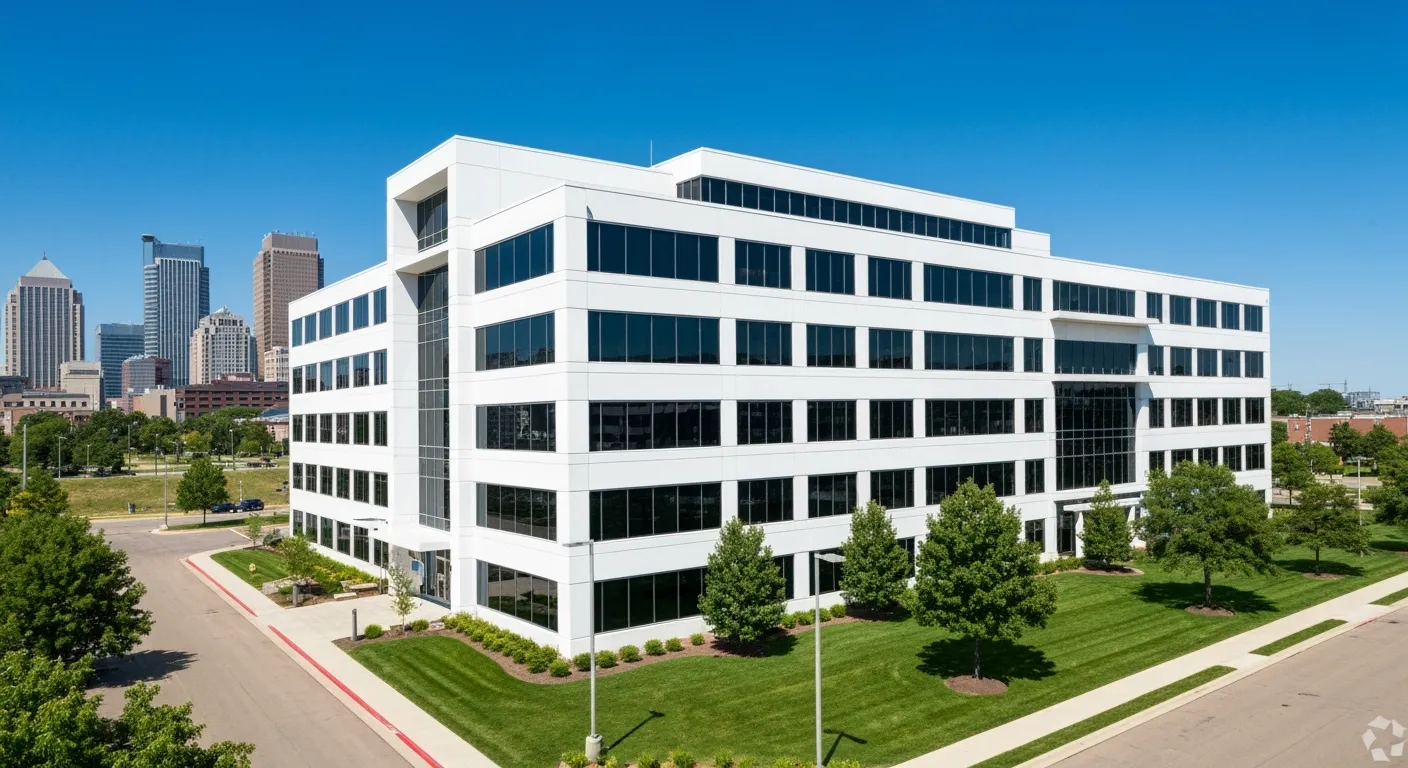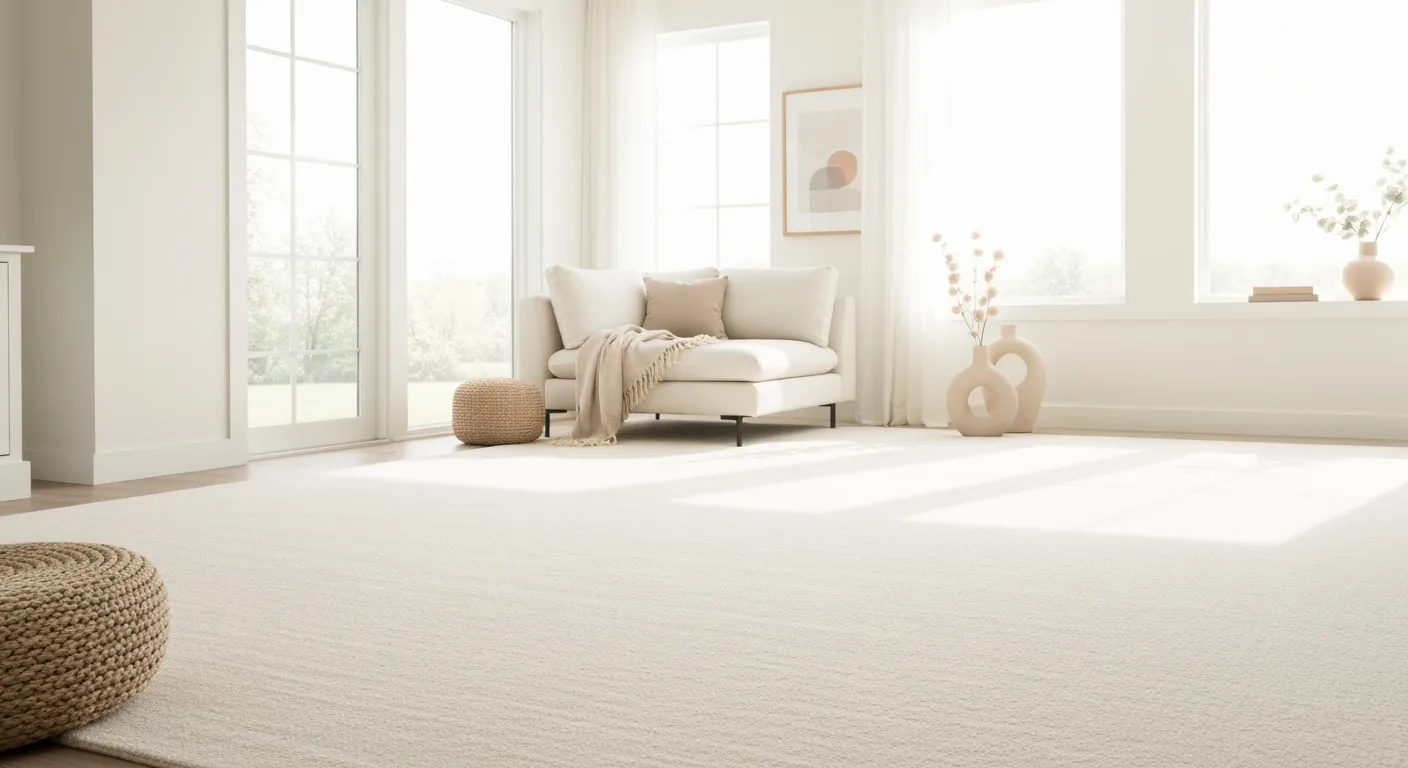Cleaning Protocols for Newly Constructed Apartment Buildings
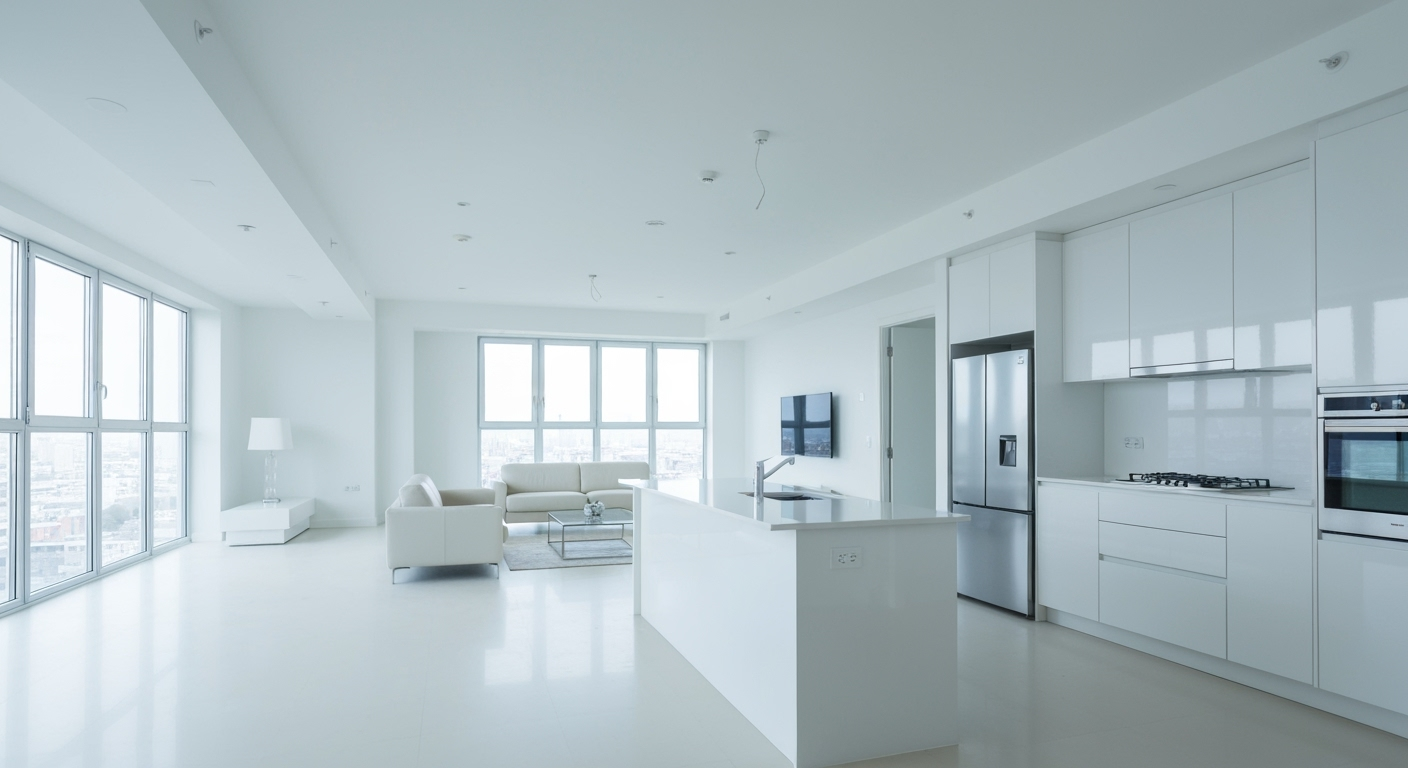
Setting the Stage for Clean, Safe Living Spaces
Newly constructed apartment buildings require meticulous cleaning protocols to ensure they are safe, hygienic, and ready for residents. These protocols integrate multiple phases of cleaning from initial debris removal after construction to ongoing maintenance, focused on both thorough sanitation and occupant safety. This article explores best practices, step-by-step procedures, safety standards, and emerging trends in cleaning new residential complexes to meet evolving market demands and public health considerations.
General Cleaning Protocols for Newly Constructed Apartments
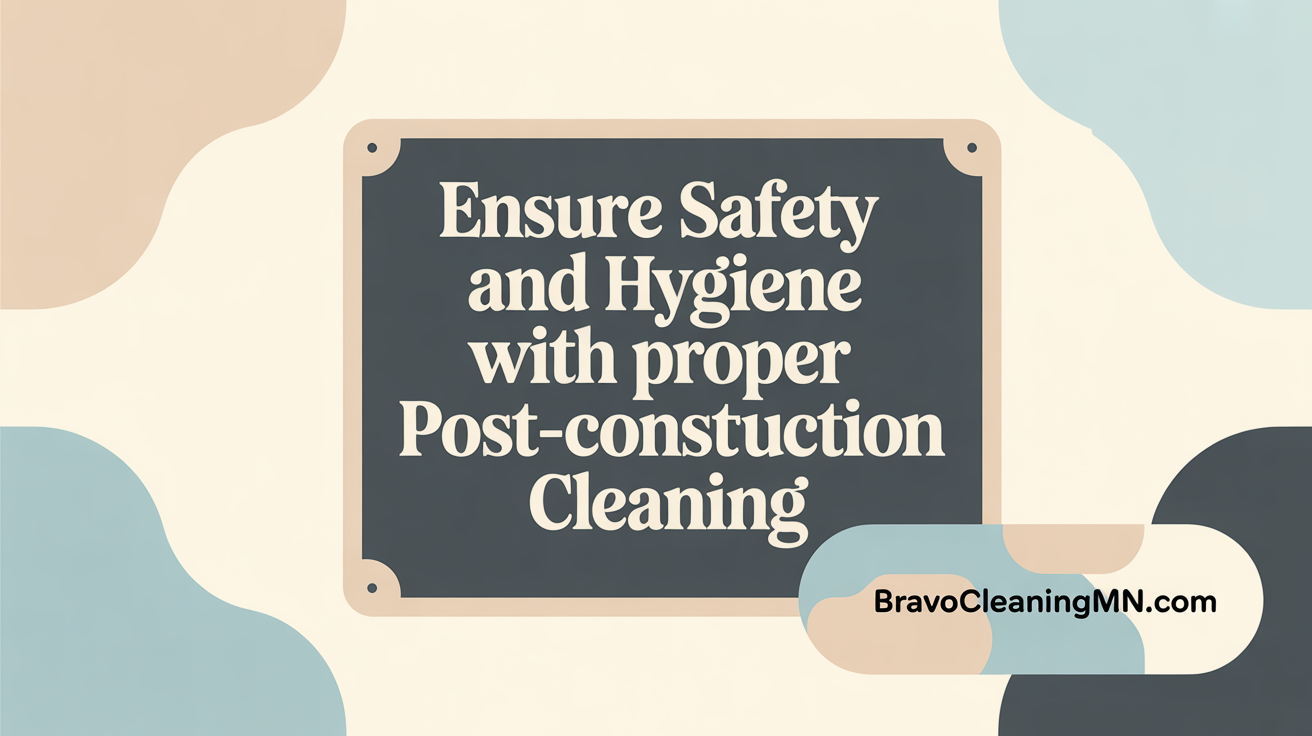
What are the general cleaning protocols for newly constructed apartment buildings?
The process of cleaning newly built apartments is comprehensive and carefully planned to ensure a safe, hygienic environment for future residents. It begins with initial cleaning immediately after the mortar and concrete have cured. This early step is critical for removing construction dust, mortar splatter, and other debris that can settle on surfaces.
During this initial phase, cleaning methods such as vacuuming, wet cleaning, and gentle pressure washing are recommended. These techniques help lift and remove stubborn residues without damaging delicate surfaces. Harsh chemicals like unbuffered muriatic acid or hydrofluoric acid should be avoided because they can damage building materials and pose health risks.
To protect future occupants and the integrity of materials, cleaning professionals should carefully test cleaning solutions on sample areas prior to full application. This helps in confirming the effectiveness and safety of chosen cleaning methods.
Following the completion of construction, a thorough final cleaning is essential. This includes inspecting all areas for residual dust, debris, and any overlooked spots. Surfaces like floors, walls, and fixtures should be meticulously cleaned. Floor sealing may also be performed to prevent future dust accumulation and to safeguard against moisture ingress.
Additionally, air quality should be checked, sometimes through dust testing, to confirm that indoor environments meet cleanliness standards. Proper sealing and final inspections ensure the apartment is clean, safe, and ready for occupancy.
Overall, these protocols aim to create a healthy, welcoming space that meets both safety regulations and quality standards for fresh residents.
Step-by-Step Post-Construction Cleaning Procedures and Checklists
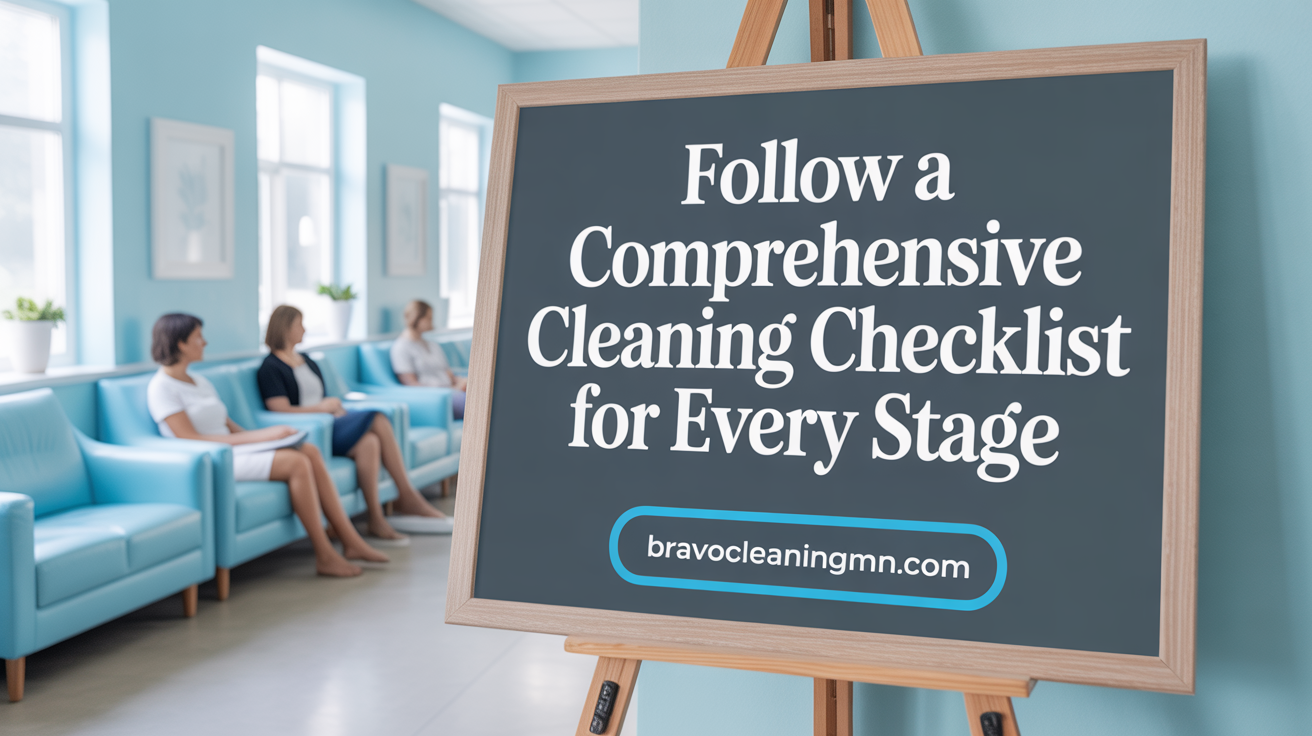
What is a comprehensive step-by-step post-construction cleaning procedure?
A thorough post-construction cleaning starts with removing large debris and waste from the site to clear the space for detailed cleaning. The next step involves dusting all surfaces, including walls, ceilings, fixtures, vents, and hard-to-reach areas, using professional-grade equipment to eliminate settled dust and residual construction particles.
Subsequently, focus on cleaning windows, glass surfaces, and other hard surfaces such as countertops, cabinets, and fixtures. This includes removing smudges, fingerprints, and stains to ensure clarity and shine.
Cleaning and disinfecting kitchens and bathrooms are crucial, which involves scrubbing sinks, toilets, bathtubs, and kitchen appliances to remove stains and bacteria, maintaining hygiene standards.
The final stages consist of vacuuming and mopping all floors and carpets, including upholstered furniture, to remove fine dust and dirt. A detailed final inspection ensures every corner is spotless and safe for residents.
For enhanced cleanliness, hiring professional services for deep carpet cleaning or comprehensive sanitization can be beneficial, providing a complete and thorough finish.
Safe and Effective Use of Cleaning Products and Equipment
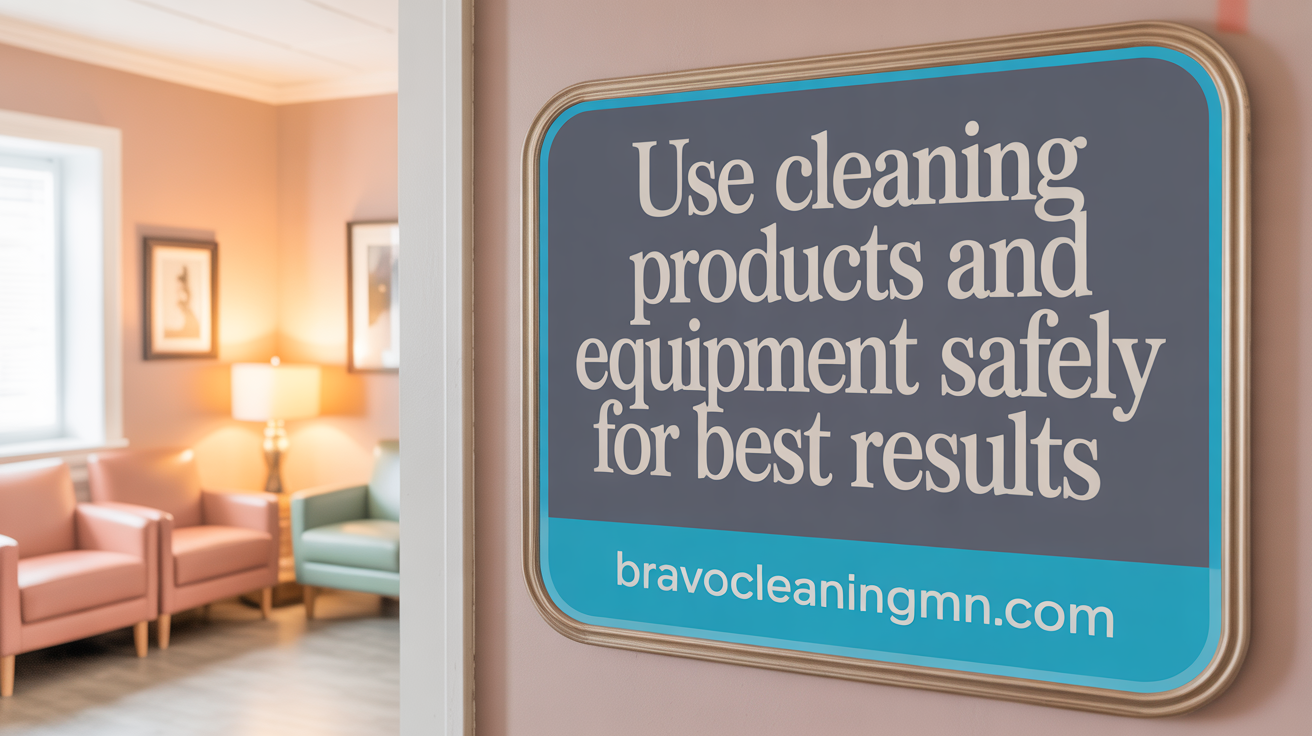
How should cleaning products and equipment be properly used during cleaning procedures?
Proper use of cleaning products and equipment is essential to ensure safety and effectiveness. First, select the right tools and chemicals tailored to the specific surfaces and tasks. For example, microfiber mops work well on floors, while HEPA-filter vacuum cleaners excel at removing dust. All-purpose cleaners are suitable for many surfaces, but always check manufacturer instructions.
Safety precautions are a priority. Wear appropriate personal protective equipment (PPE) such as gloves, masks, goggles, and protective clothing. Always read safety data sheets (SDS) and follow manufacturer instructions for each product. Proper equipment handling is crucial; operate devices correctly, keep them in good condition through regular maintenance, and store them safely after use. Cleaning tools should be cleaned after each use to prevent contamination.
To prevent accidents, use clear signage to indicate cleaning in progress and wear slip-resistant footwear. Handle chemicals responsibly by storing them in well-ventilated areas, away from children and pets. Dispose of cleaning waste according to local regulations to reduce environmental impact. Adequate ventilation, like opening windows or using exhaust fans, helps improve indoor air quality during and after cleaning.
What safety measures should be taken during cleaning procedures in newly built apartments?
Cleaning newly built apartments requires special attention to safety. Ensure the space is well-ventilated to avoid inhaling dust, fumes, or chemical vapors from cleaning agents. Workers should always wear PPE, including masks, gloves, and goggles, to protect against potential hazards. Use non-toxic, low-VOC cleaning products whenever possible to minimize indoor air pollution.
Before starting, remove any residual construction debris and materials that could pose hazards, such as sharp objects or loose materials. Establish and follow clear safety protocols, including proper training for cleaning staff. This helps prevent accidents like slips, trips, or chemical exposure.
Incorporating thorough safety measures protects both workers and future residents, ensuring that cleanliness is achieved without compromising health.
Hygiene Standards, Maintenance, and Deep Cleaning Best Practices
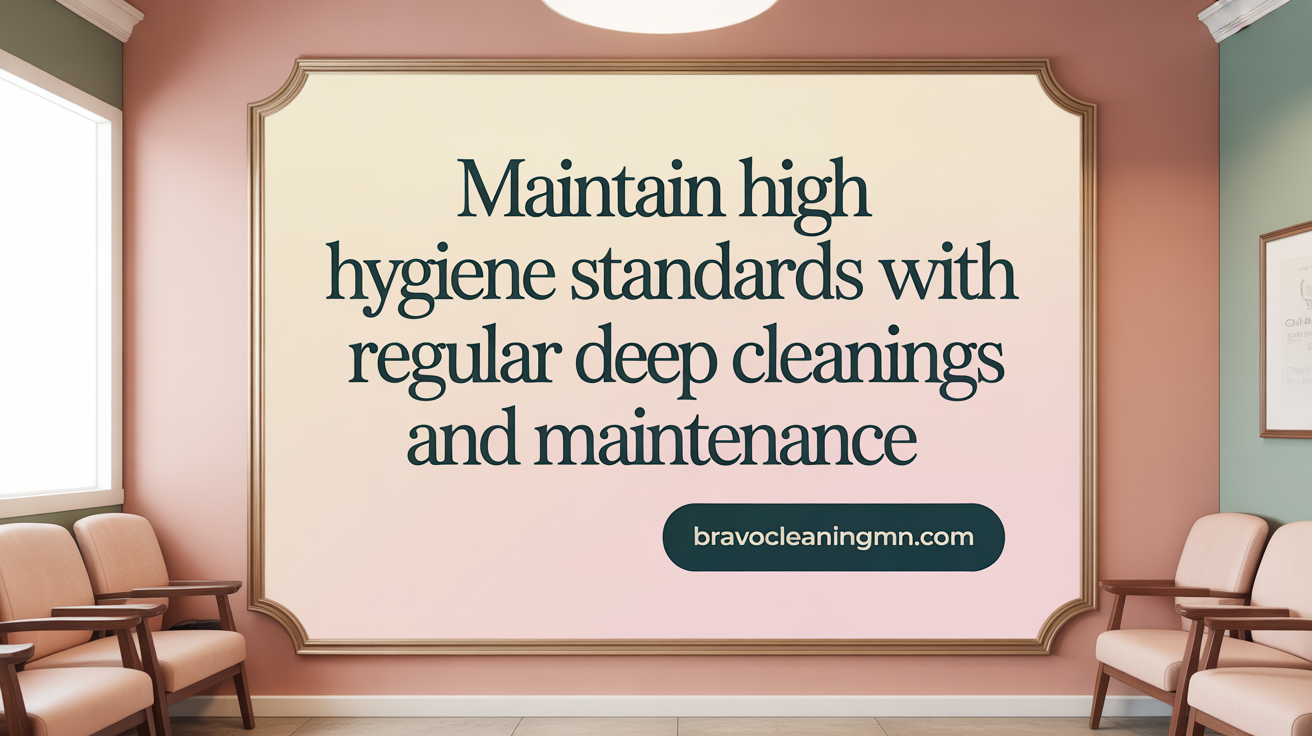
How should high-touch and shared surfaces be disinfected?
Cleaning strategies emphasize disinfecting surfaces frequently contacted by residents or visitors. High-touch surfaces such as doorknobs, light switches, countertops, handles, desk surfaces, phones, keyboards, toilets, faucets, and sinks require regular disinfection with EPA-approved solutions. Proper disinfection involves cleaning the surface first, then applying disinfectant and allowing it to dwell for the time specified by the manufacturer. In shared spaces like lobbies, hallways, gyms, and laundry rooms, more frequent cleaning enhances safety.
What are the best methods for soft and fabric surface sanitation?
Soft surfaces, including rugs, window coverings, furniture, and fabrics, should be cleaned with appropriate surface-specific cleaners. Using the warmest water safe for the material helps remove dirt and some microbes, though disinfectants are usually not claimed to disinfect soft surfaces. Regular vacuuming and laundering of fabrics can significantly reduce contaminant buildup, supporting healthier indoor environments.
How can routine maintenance and deep cleaning be optimized?
Implementing a structured cleaning schedule is vital, especially in newly constructed buildings. Initial deep cleaning involves removing dust, debris, and residues from construction, with thorough wiping of surfaces, vacuuming floors, and cleaning fixtures. Moving forward, routine maintenance should include inspecting HVAC systems and filters, cleaning common areas, and scheduling professional evaluations at least once a year. Using evidence-based cleaning products, proper staff training, and transparent communication with residents enhance overall building hygiene.
Why is indoor air quality management important?
Good air quality is crucial for health, especially regarding shared spaces. Maintaining HVAC systems with proper filtration (such as MERV-rated filters) and regular HVAC servicing removes airborne contaminants. Proper ventilation, including opening windows when possible, helps dilute indoor pollutants. Proper air management prevents the buildup of allergens and pathogens, supporting a safe living environment.
Why is resident communication and transparency vital?
Residents benefit from being informed about cleaning protocols, scheduled maintenance, and pest control measures like the NYC Housing Authority's pest management efforts. Clear communication builds trust, ensures residents prepare appropriately for appointments, and encourages cooperation with hygiene practices. Transparency regarding disinfection efforts and safety measures promotes community satisfaction and safety.
| Aspect | Best Practices | Additional Details |
|---|---|---|
| Surface Cleaning | Disinfect high-touch surfaces regularly with EPA-approved disinfectants | Contact time and safety precautions are critical |
| Soft Surface Maintenance | Clean with appropriate cleaners and warm water; vacuum and launder fabrics regularly | Disinfection of soft surfaces is generally not claimed |
| Deep Cleaning Schedule | Conduct post-construction cleaning, routine inspections, and professional deep cleans | Focuses on removing dust, debris, and allergens |
| Air Quality Management | Maintain HVAC with adequate filtration; ensure proper ventilation | MERV ratings and HVAC maintenance are essential |
| Resident Engagement | Notify residents beforehand, share protocols, and gather feedback | Promotes cooperation and community health |
In sum, maintaining high hygiene standards in residential settings involves a combination of targeted cleaning of high-touch and shared surfaces, thoughtful soft surface care, regular upkeep, and transparent communication. These steps support a healthier, safer environment for all residents.
Emerging Industry Trends and Establishing Cleaning Standards
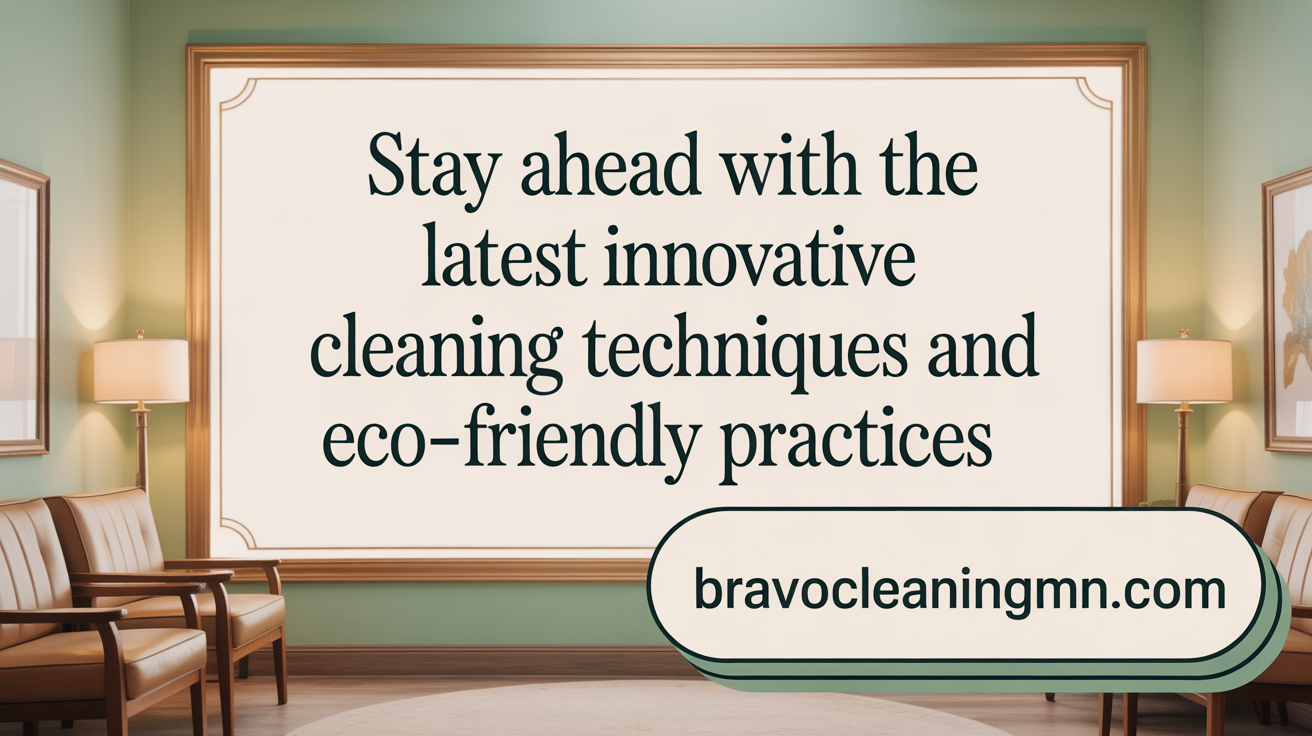
What are the current industry trends and emerging practices in cleaning newly built apartments?
The cleaning industry for new residential spaces is rapidly evolving, driven by technological advances and a stronger focus on health and sustainability. One notable trend is the adoption of smart cleaning solutions. For instance, AI-powered robotic cleaners and Internet of Things (IoT) enabled systems are being used to monitor and manage cleaning routines efficiently.
Eco-friendly practices are increasingly prioritized to meet environmental standards and consumer demands. These include using biodegradable, non-toxic cleaning products, conserving water and energy through innovative tools, and adhering to green cleaning protocols certified by organizations like Green Seal or EcoLogo.
Post-pandemic safety measures have brought about advanced disinfection practices, such as UV sanitation devices, electrostatic sprayers, and antimicrobial surface treatments. These methods help reduce pathogen presence and enhance occupant safety.
Additionally, flexible and personalized services are becoming common. Custom schedules, smart-home integrations, and tailored cleaning packages allow residents and managers to choose services that best suit their needs.
Overall, technological innovation, environmental responsibility, and health-conscious methods now define the modern approach to cleaning newly built apartments.
How can cleaning standards be established or improved during and after construction in residential buildings?
Establishing and improving cleaning standards during construction involves a structured process with clear phases: rough cleaning, light cleaning, and final finishing. Each stage should follow detailed checklists and quality standards to ensure comprehensive cleanliness. Using professional tools like HEPA vacuum cleaners and eco-friendly cleaning agents enhances effectiveness.
Continuous inspection and quality control are vital. Digital checklists and regular audits help monitor progress and maintain high standards. Manpower planning and adherence to local regulations further support consistent cleanliness throughout construction.
Post-construction, standards should emphasize detailed cleaning of all surfaces, including hard finishes and soft materials like carpets and fabrics. Final inspections should verify the absence of debris, dust, and contaminants before handover, ensuring residents move into a safe, clean environment.
What is the 20/10 cleaning rule and how can it help maintain cleanliness effectively?
The 20/10 cleaning rule is a productivity method where individuals dedicate 20 minutes of focused cleaning effort, followed by a 10-minute break. This cycle promotes sustained focus, prevents fatigue, and makes cleaning tasks less daunting.
Implementing this technique helps maintain a consistent cleaning routine, breaking large chores into manageable sessions. It also encourages regular progress, which is crucial for ongoing maintenance of cleanliness in residential spaces.
Advancements in AI and digital task management tools can enhance this method by providing customized checklists and reminders tailored to specific cleaning tasks or rooms. These tools help optimize the 20-minute sessions, making cleaning more organized and less stressful.
In essence, the 20/10 rule, combined with modern technology, offers an efficient, sustainable way to uphold high cleanliness standards in newly built residential environments.
Creating Clean, Healthy Homes Through Rigorous Protocols
The meticulous application of cleaning protocols in newly constructed apartment buildings is vital not only to prepare spaces for occupancy but also to promote long-term resident health and satisfaction. By implementing comprehensive post-construction cleaning steps, using proper products and safety measures, adhering to hygiene and maintenance best practices, and embracing emerging industry trends, property managers and cleaning professionals can ensure clean, safe, and inviting living environments. Continual improvement of cleaning standards combined with transparent communication enhances community trust and helps sustain the value and reputation of residential developments.
References
- Post-COVID Cleaning and Turnover Protocols for Your Rental Property
- Apartment Building Cleaning: Maintaining Safe and Hygienic Spaces
- clean-building-initiative - NYC.gov
- [PDF] APARTMENT CLEANING CHECKLIST
- The Complete Apartment Cleaning Checklist (For BUSY People)
- 2025 Cleaning Industry Trends to Know for a Thriving Business
- Trends in Cleaning Services: Examining the Latest Developments in ...
- Top Cleaning and Maintenance Trends to Watch in 2025 - Atto
- Healthy Homes Guide to Cleaning and Disinfection | NCHH
- Post-Construction Cleaning: 3 Phases and Best Practices


